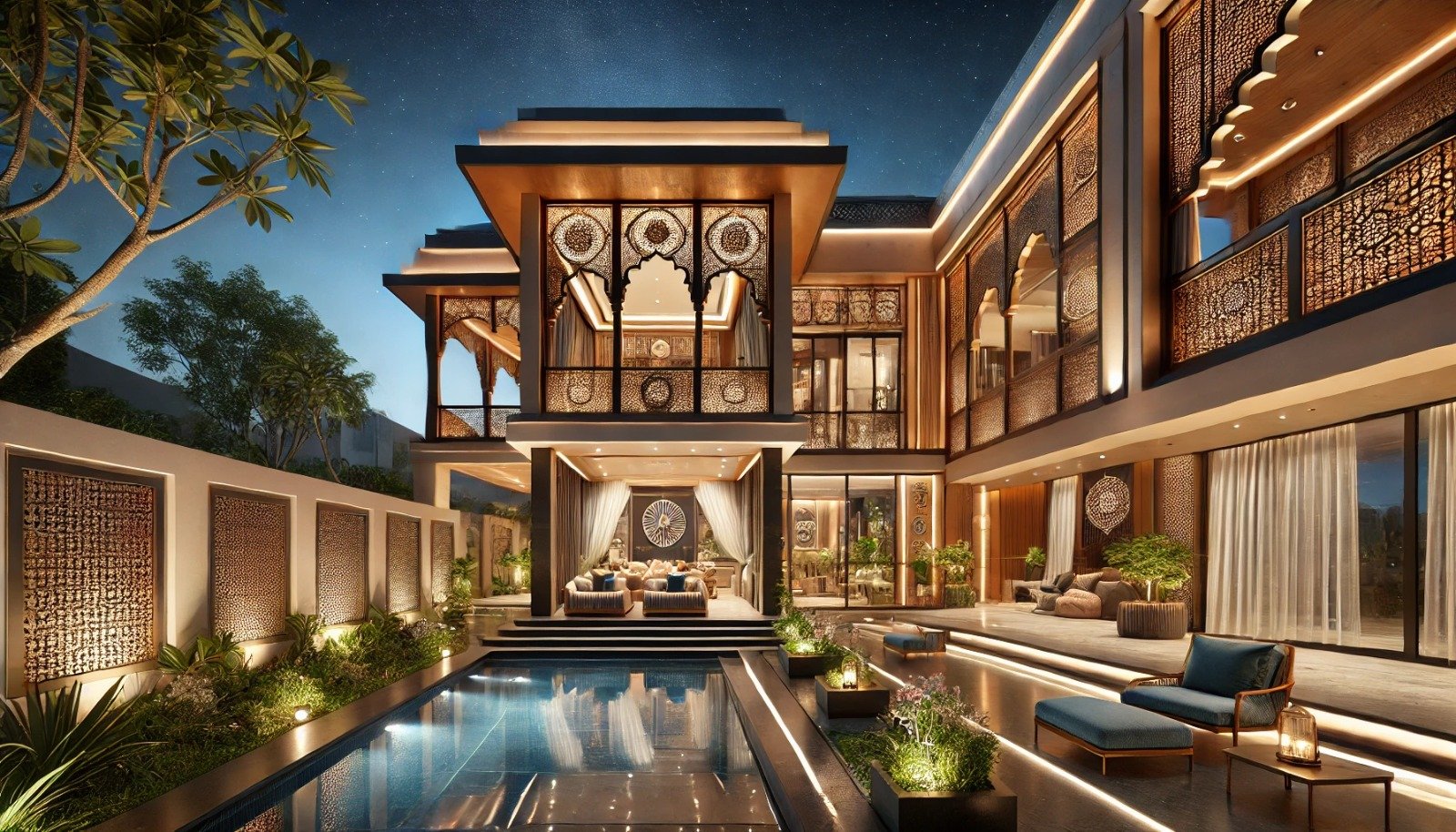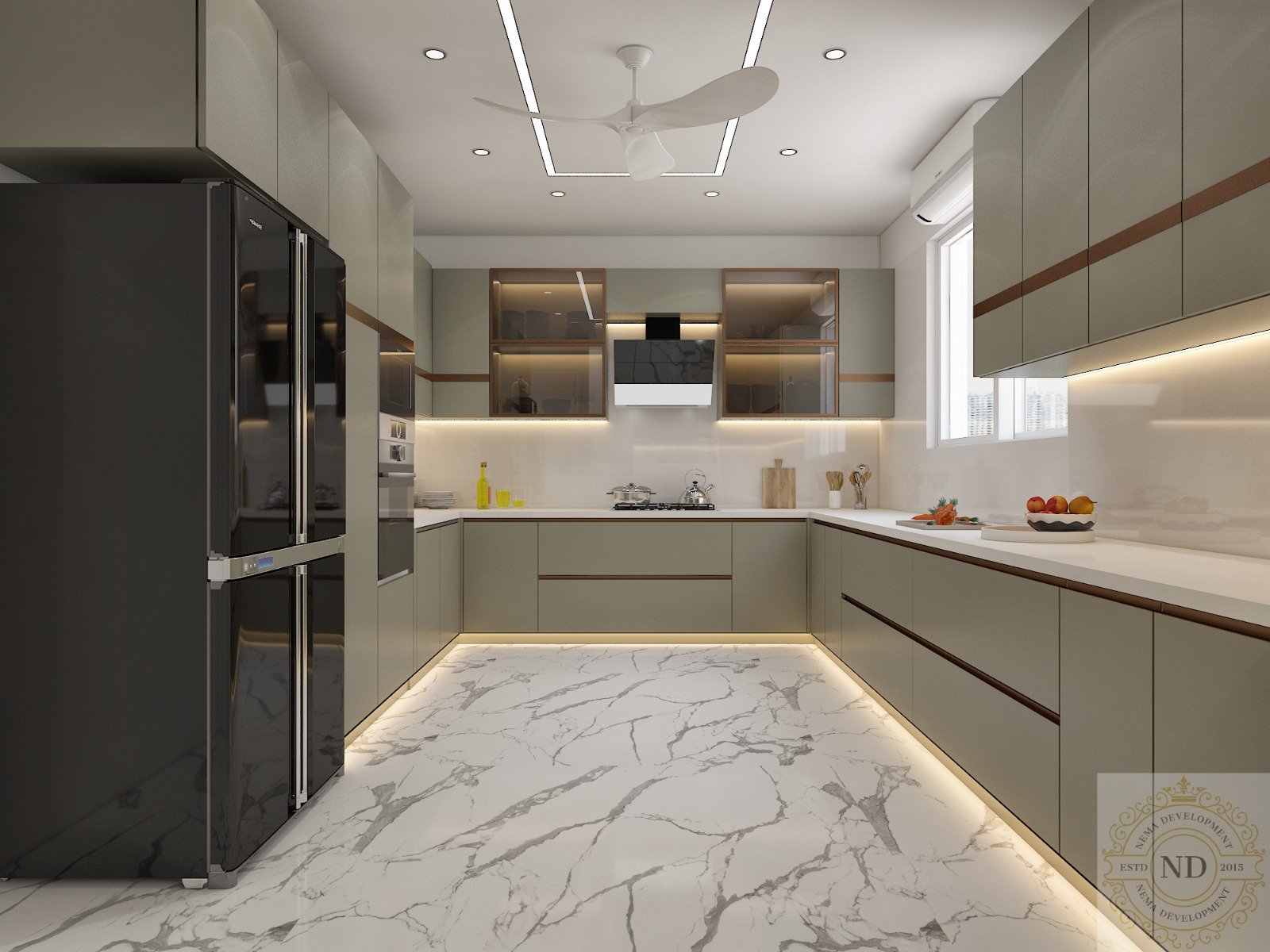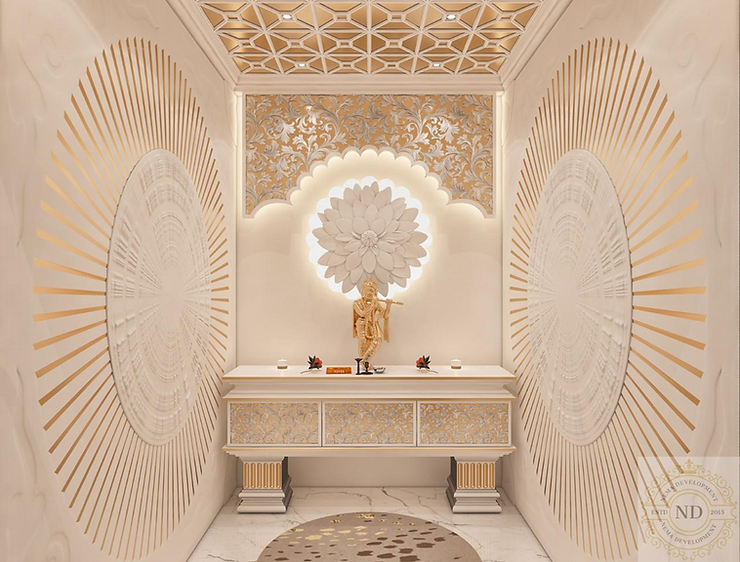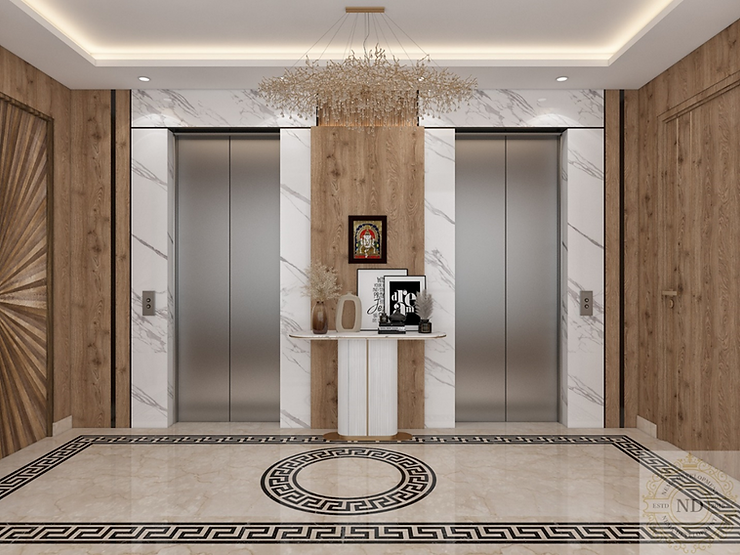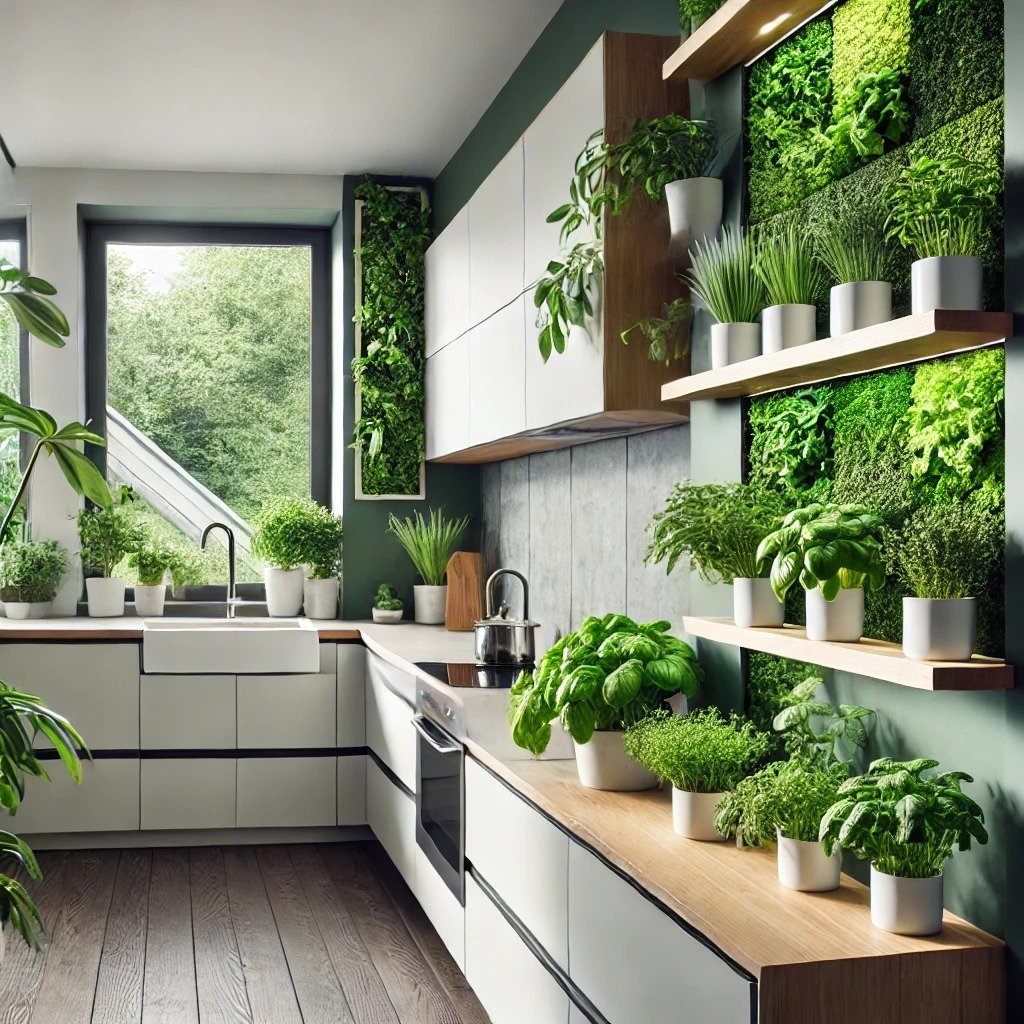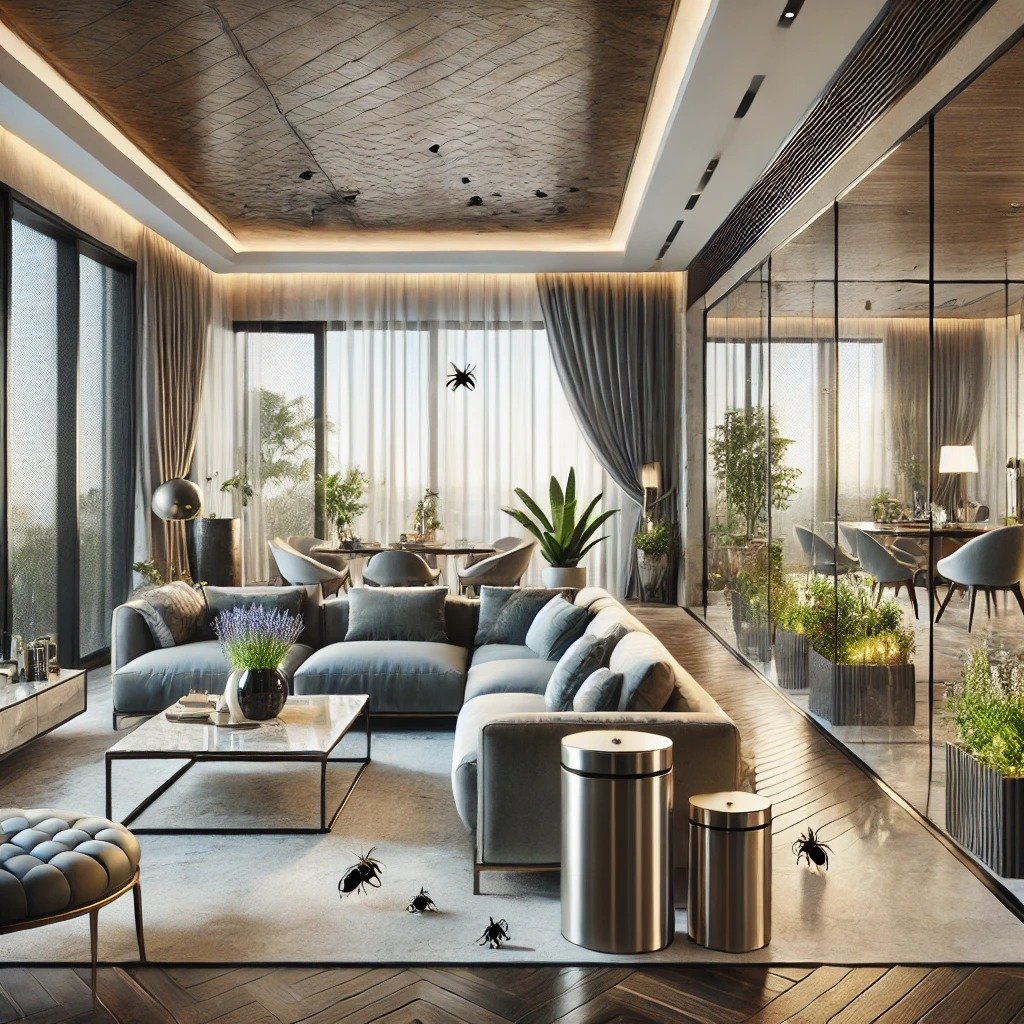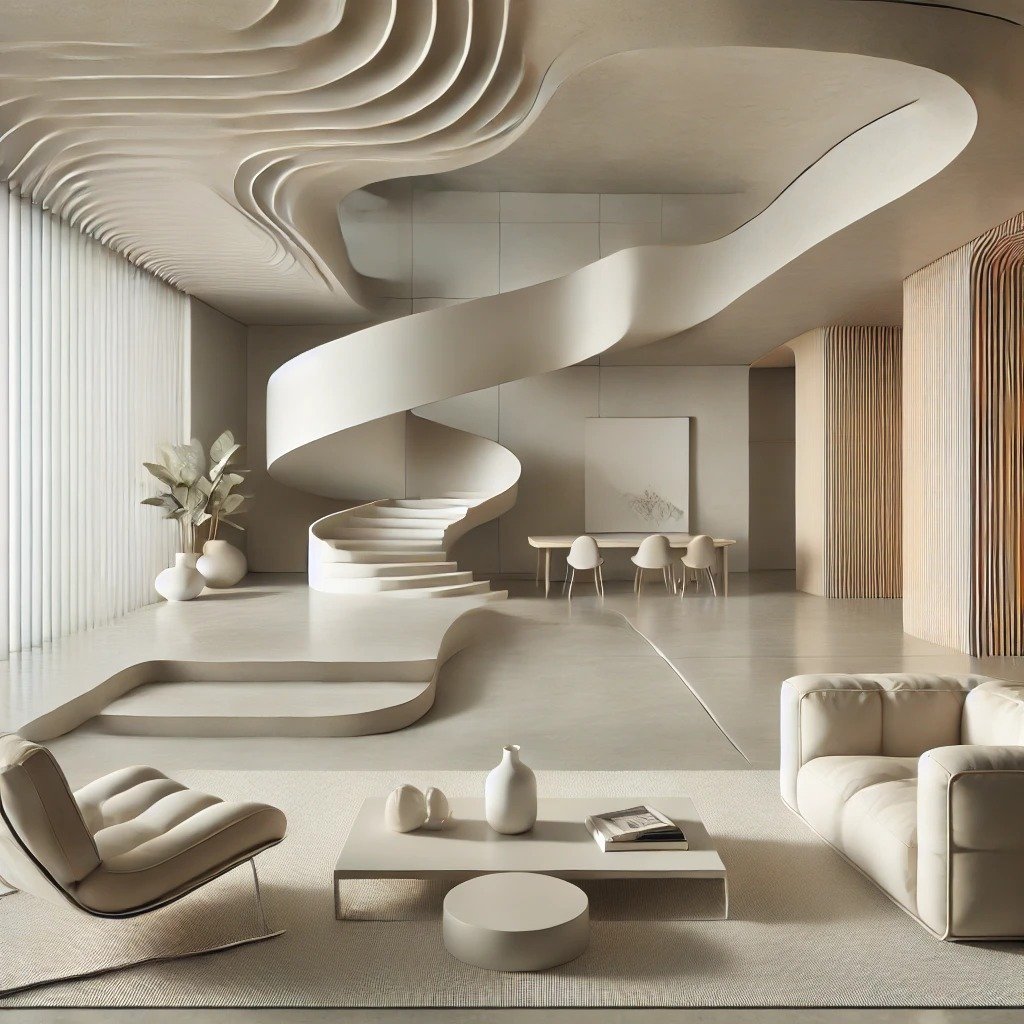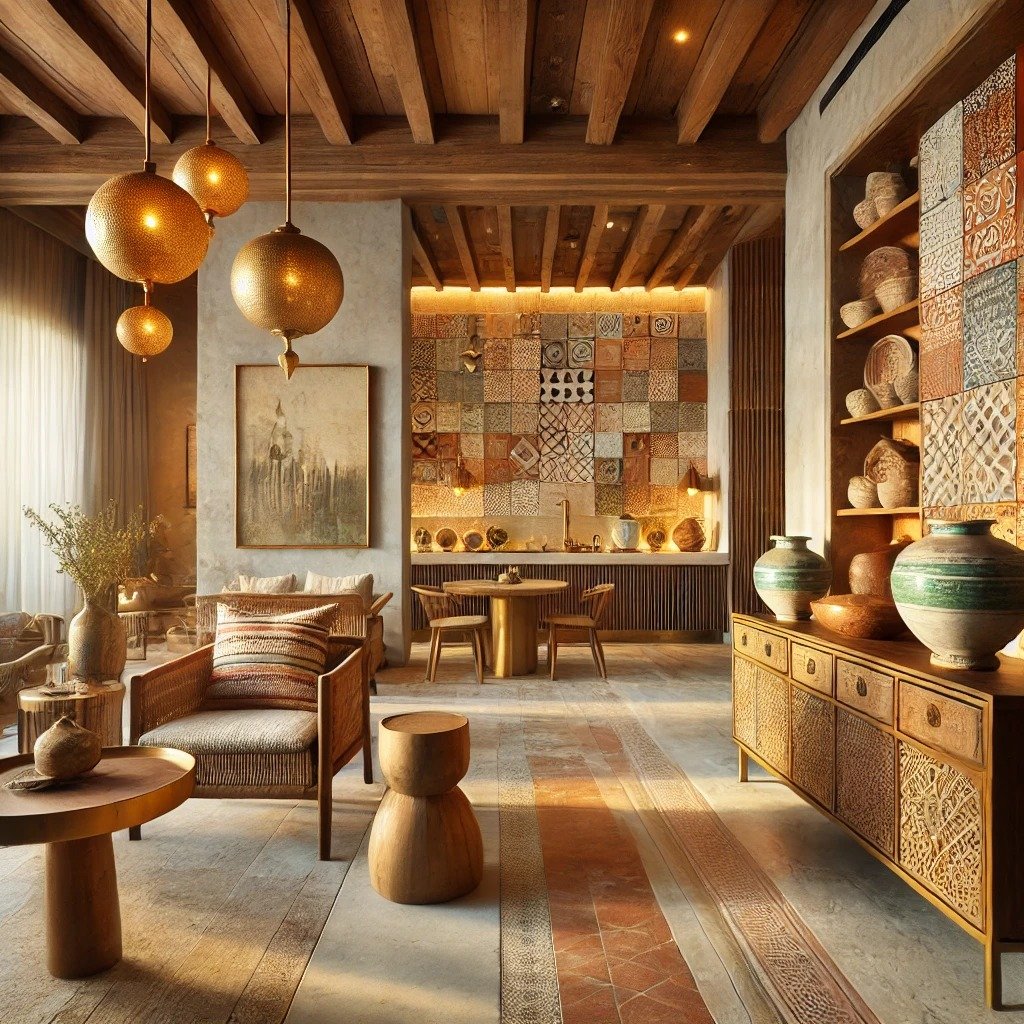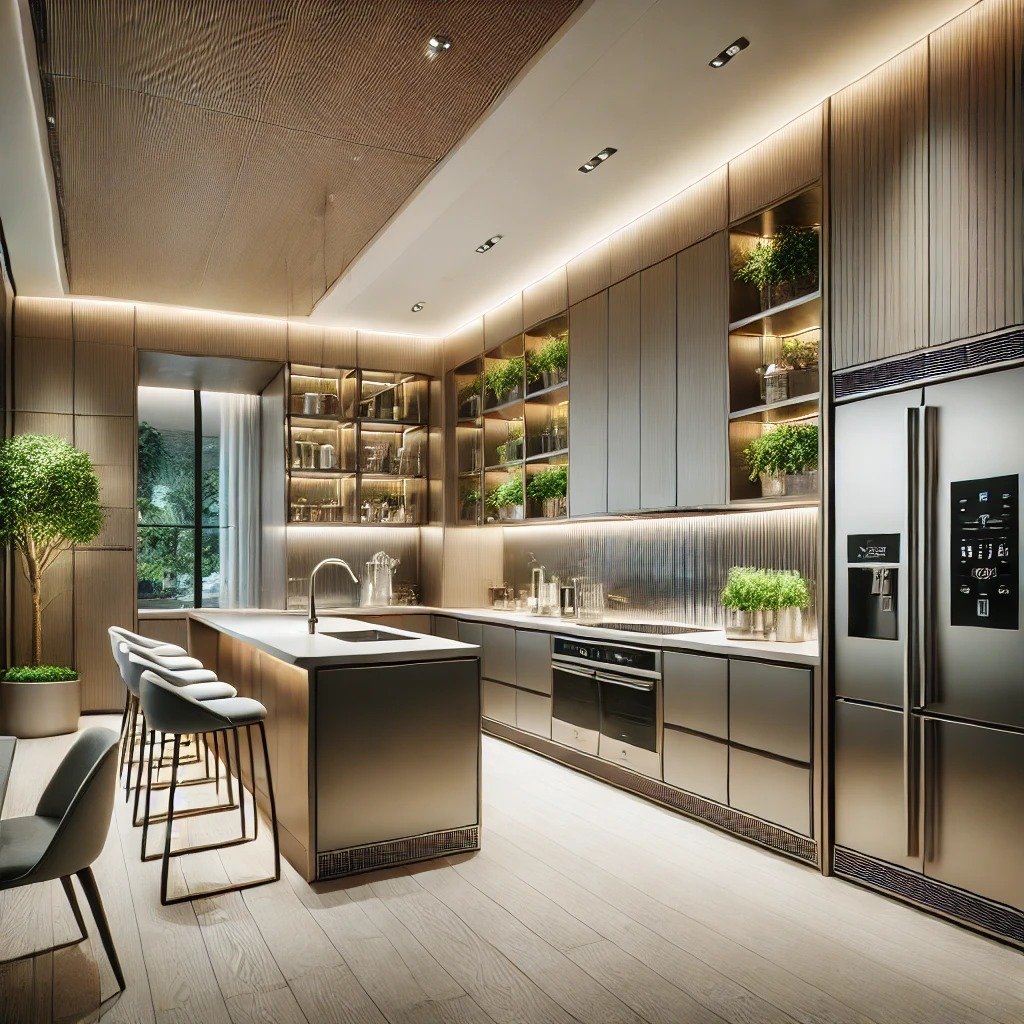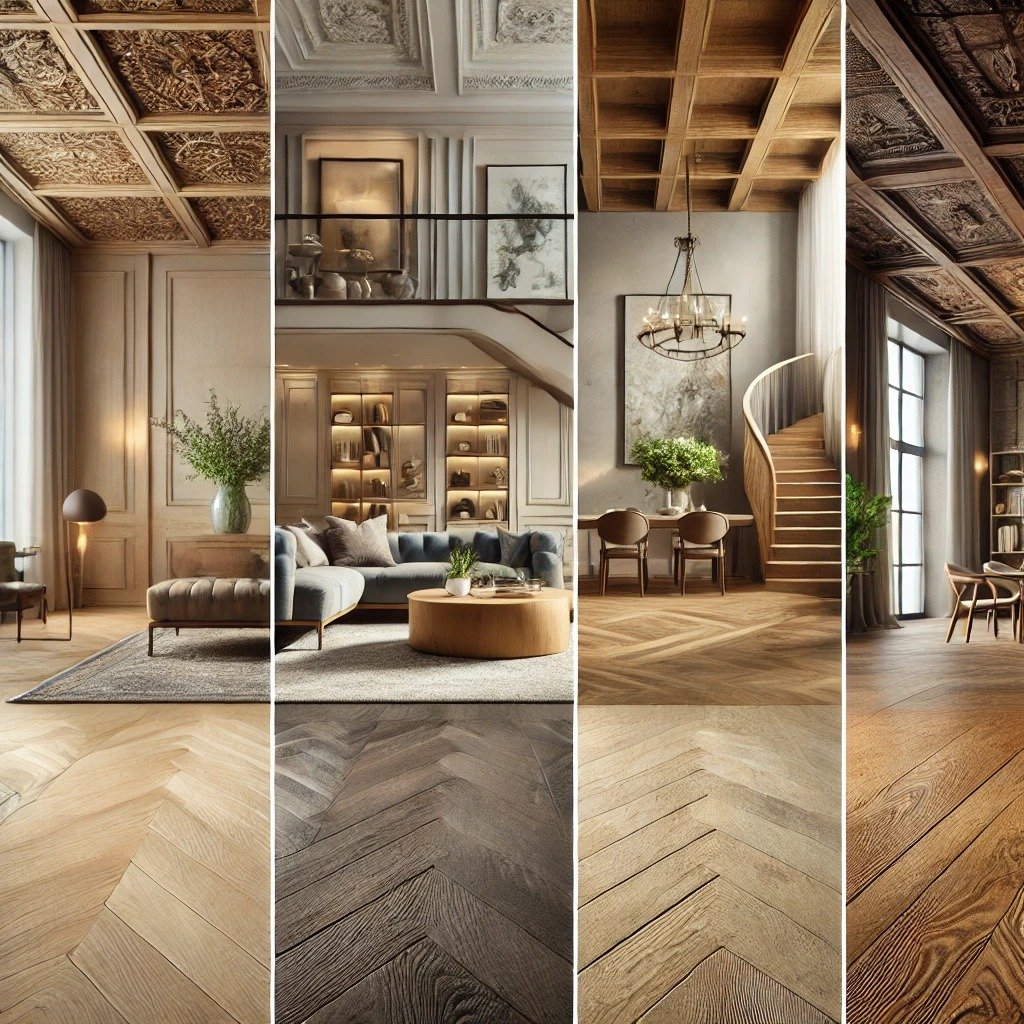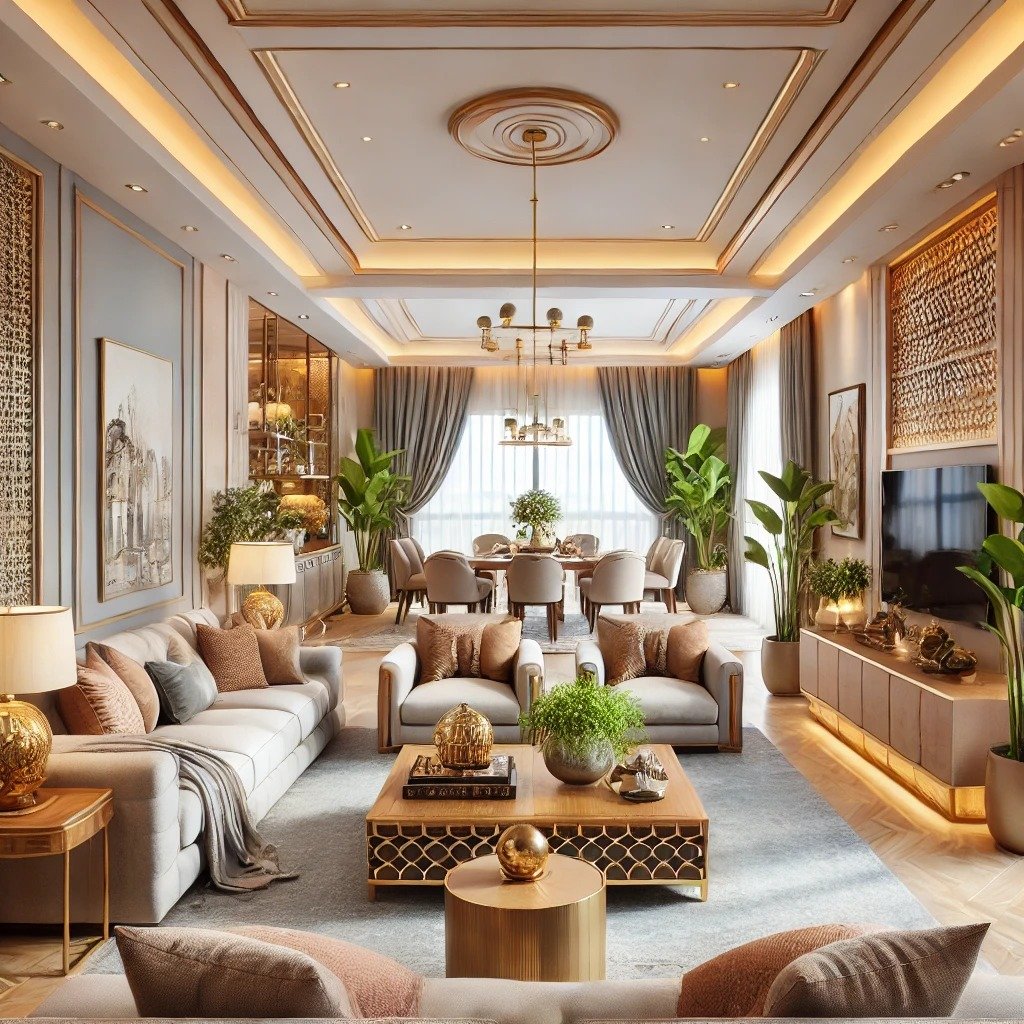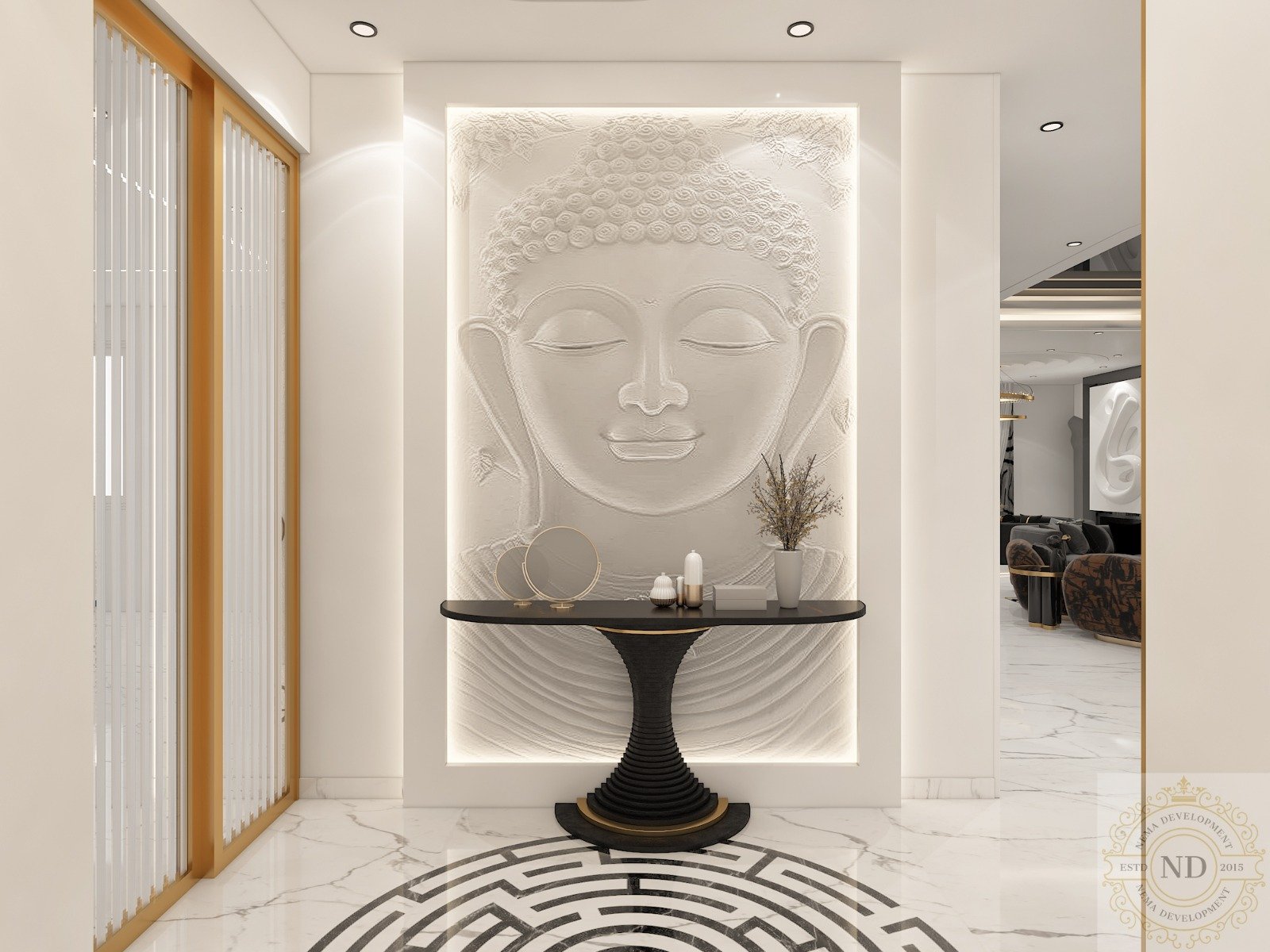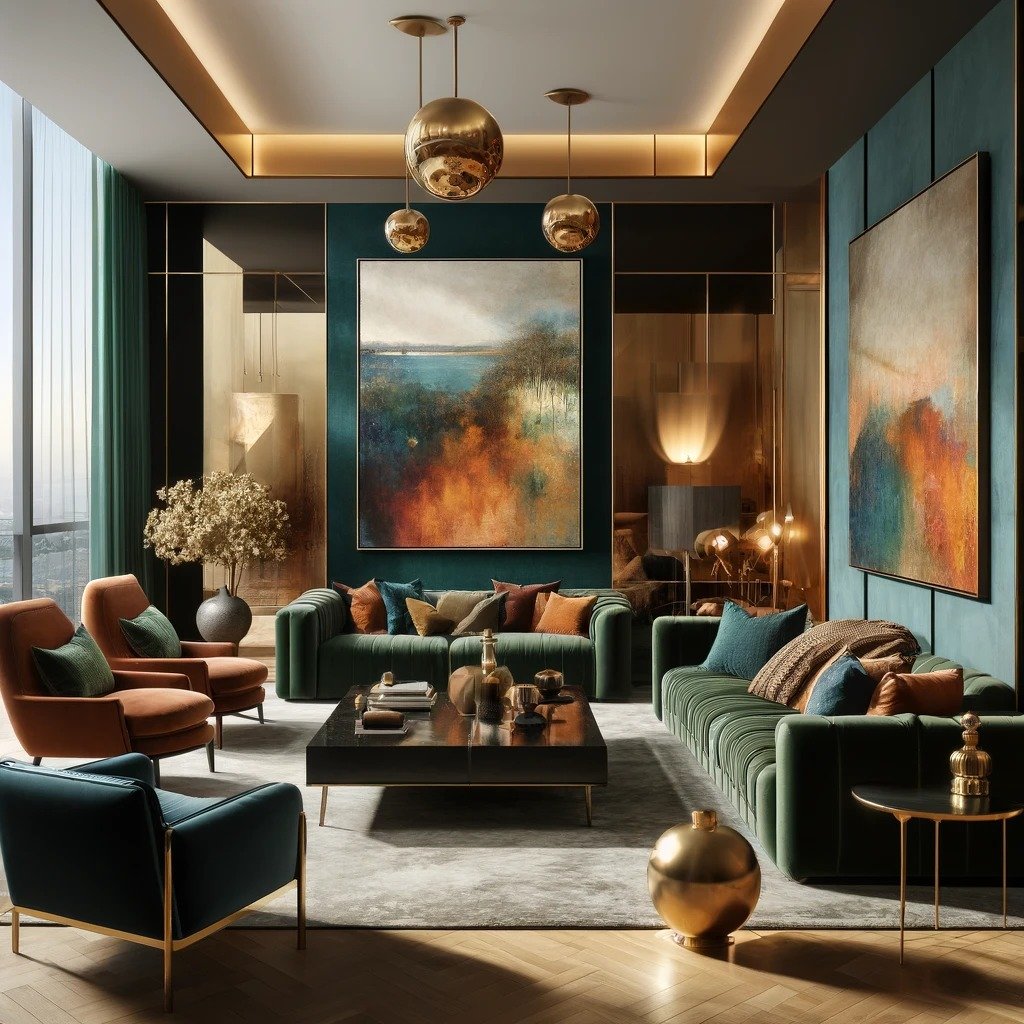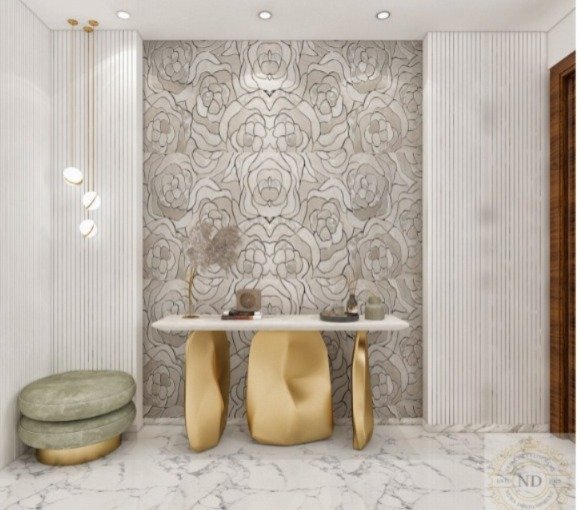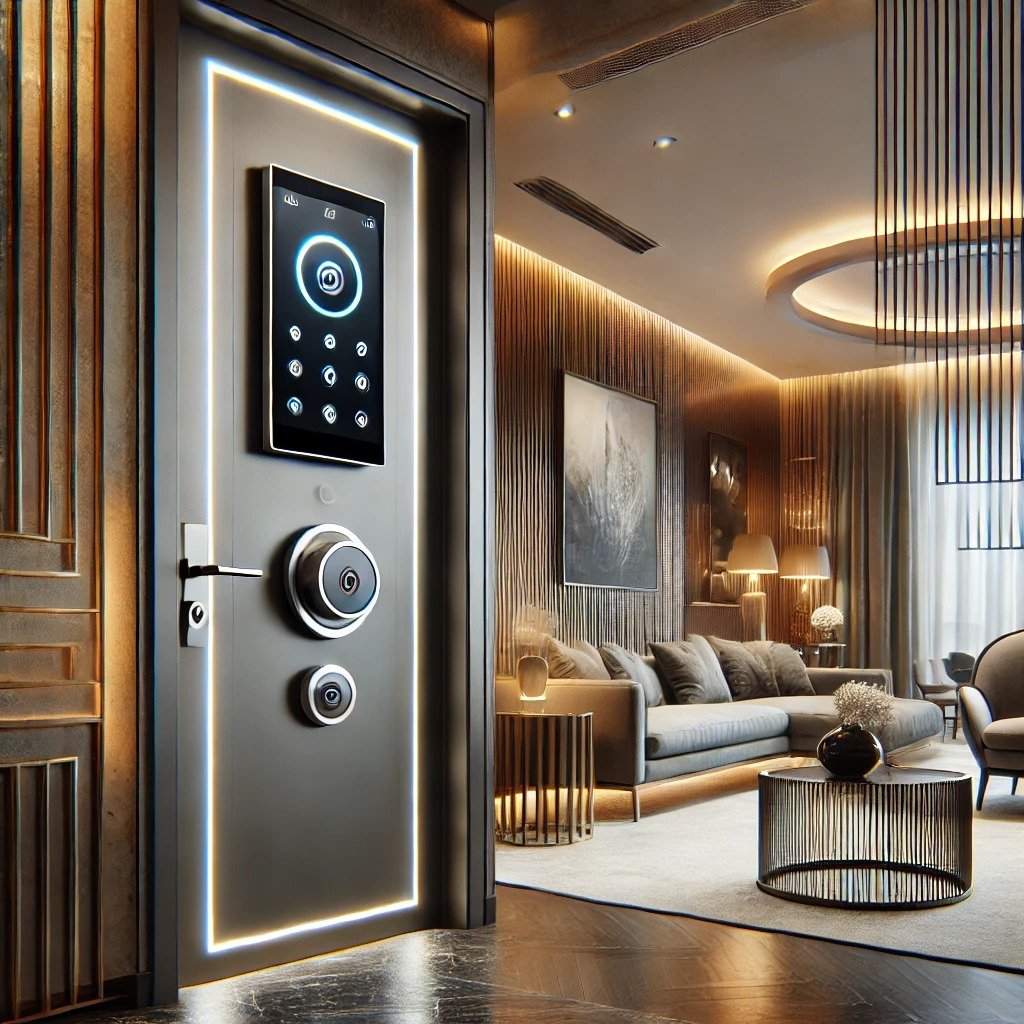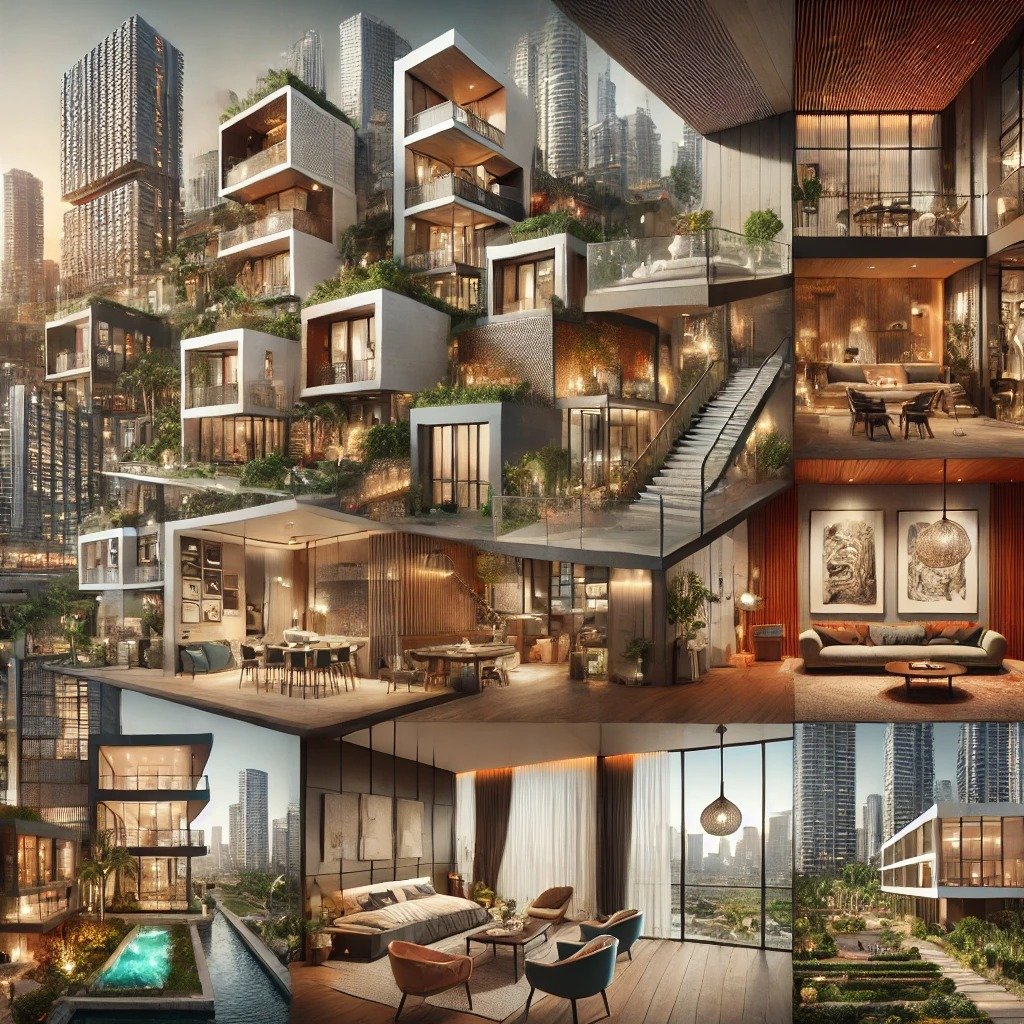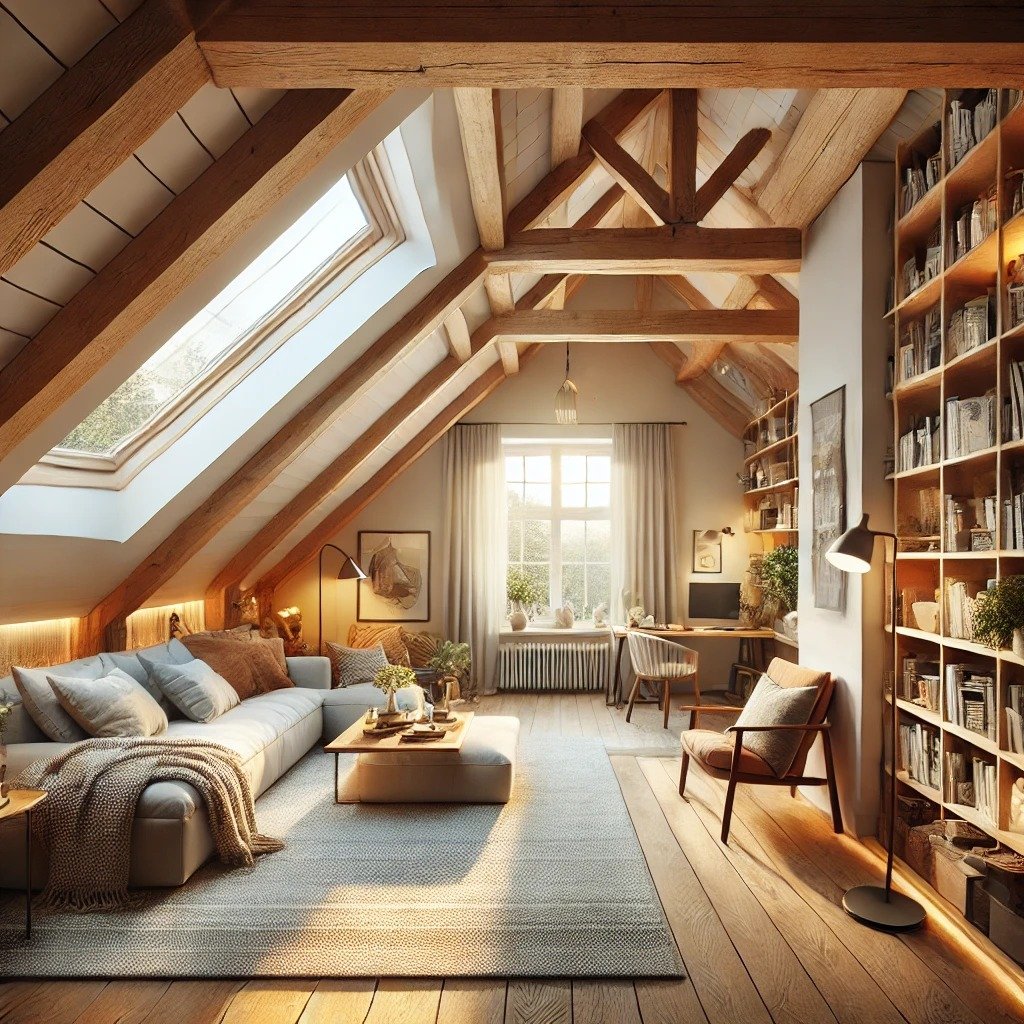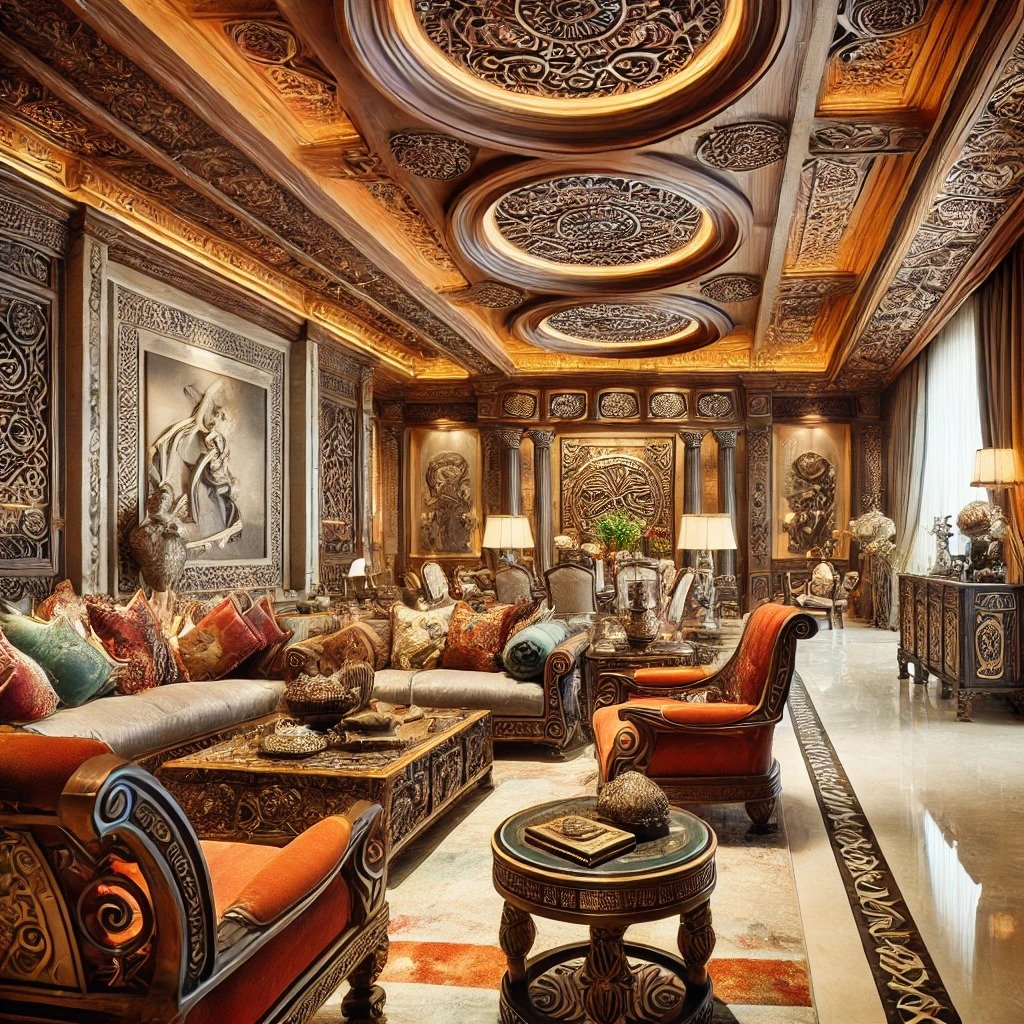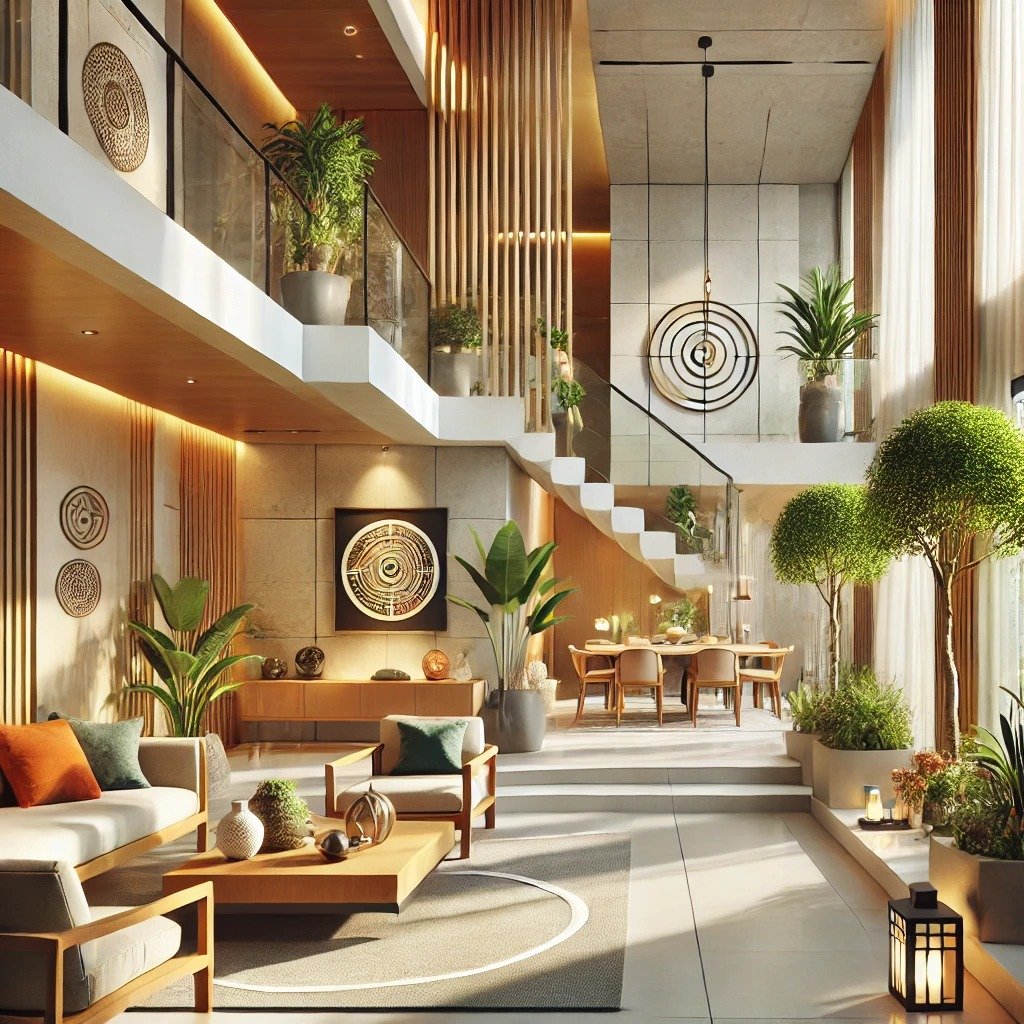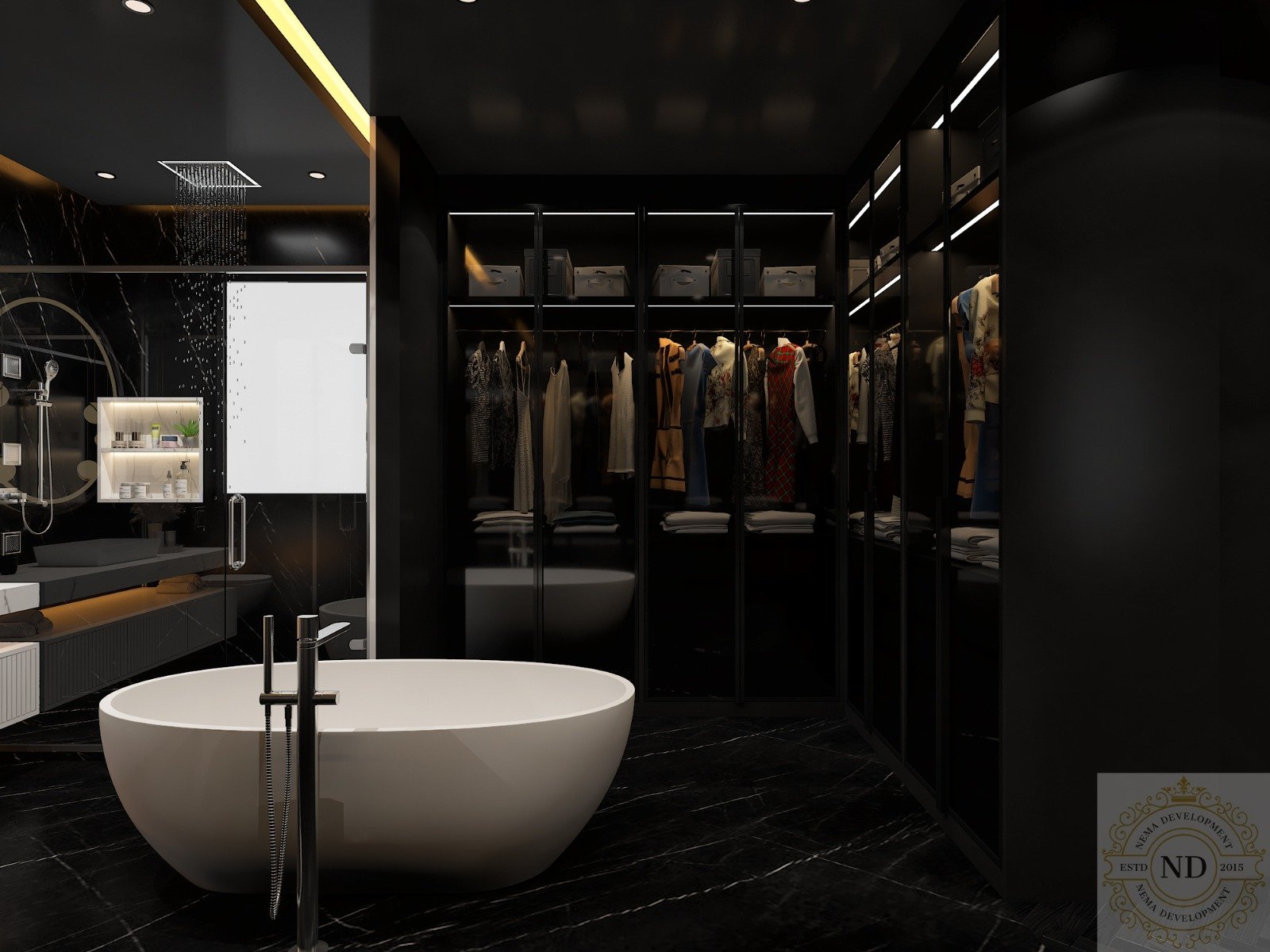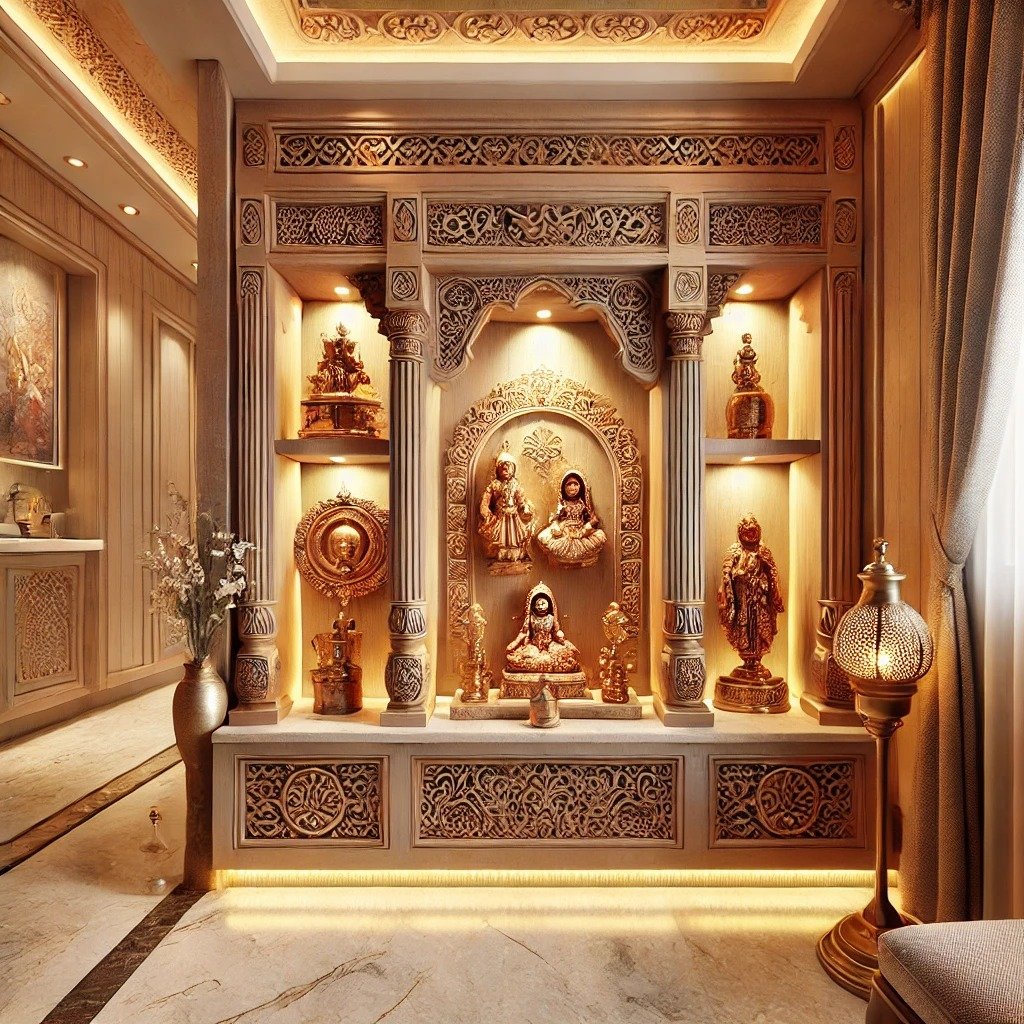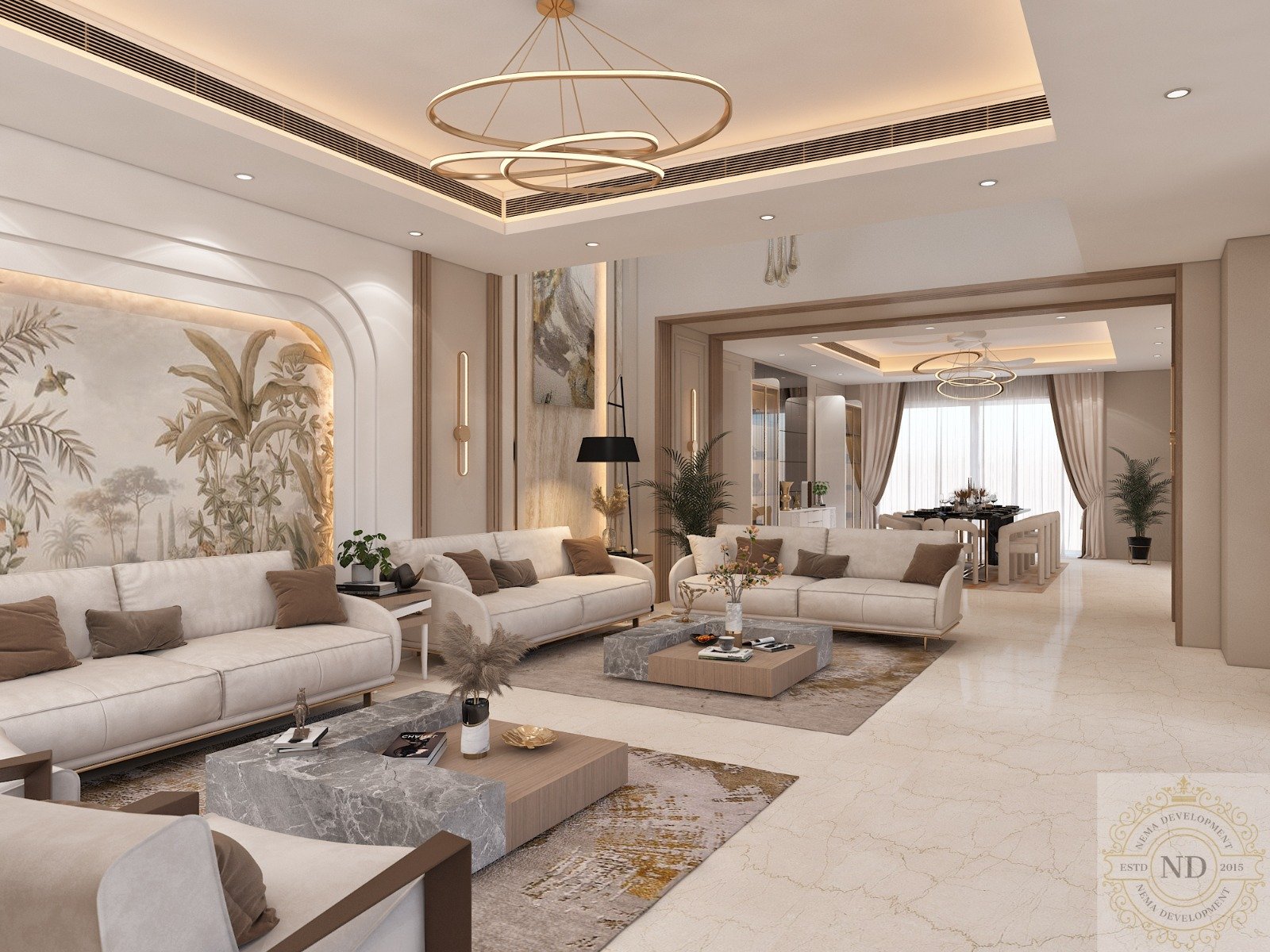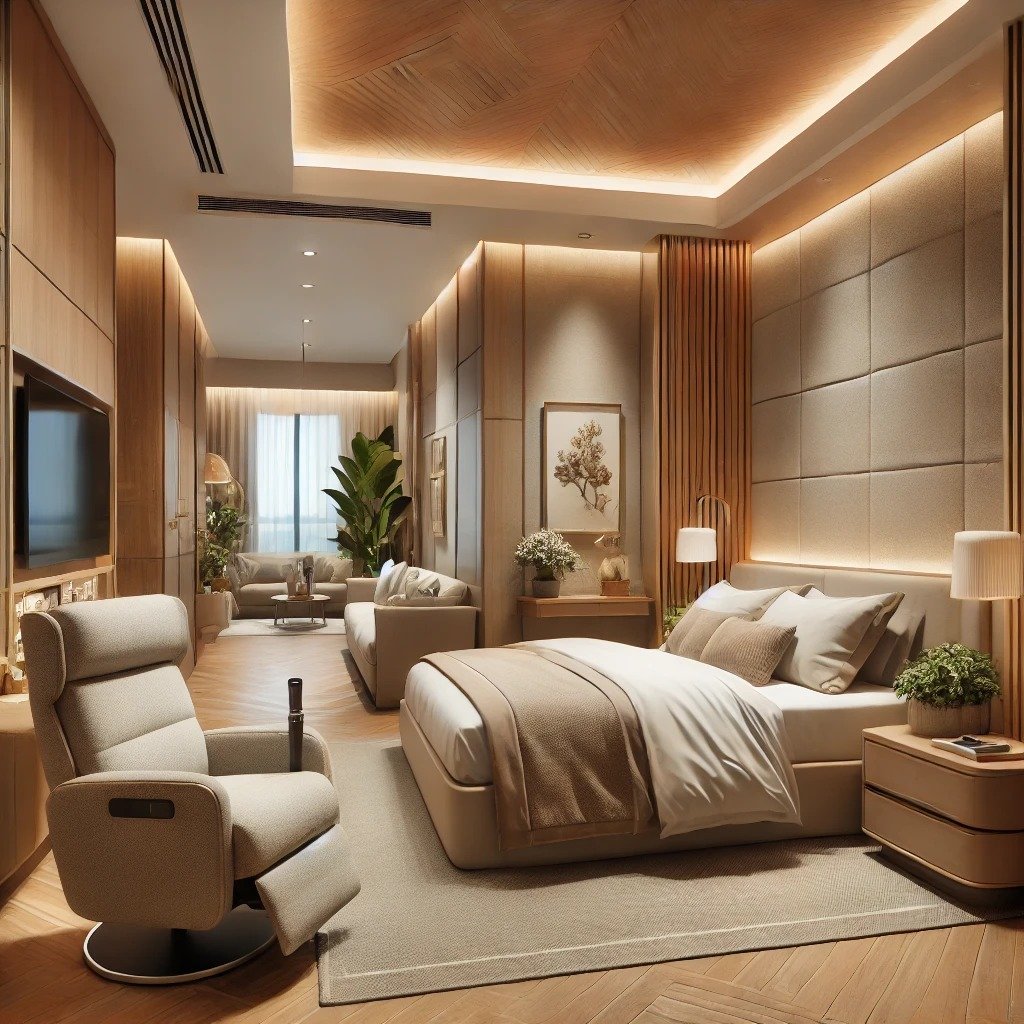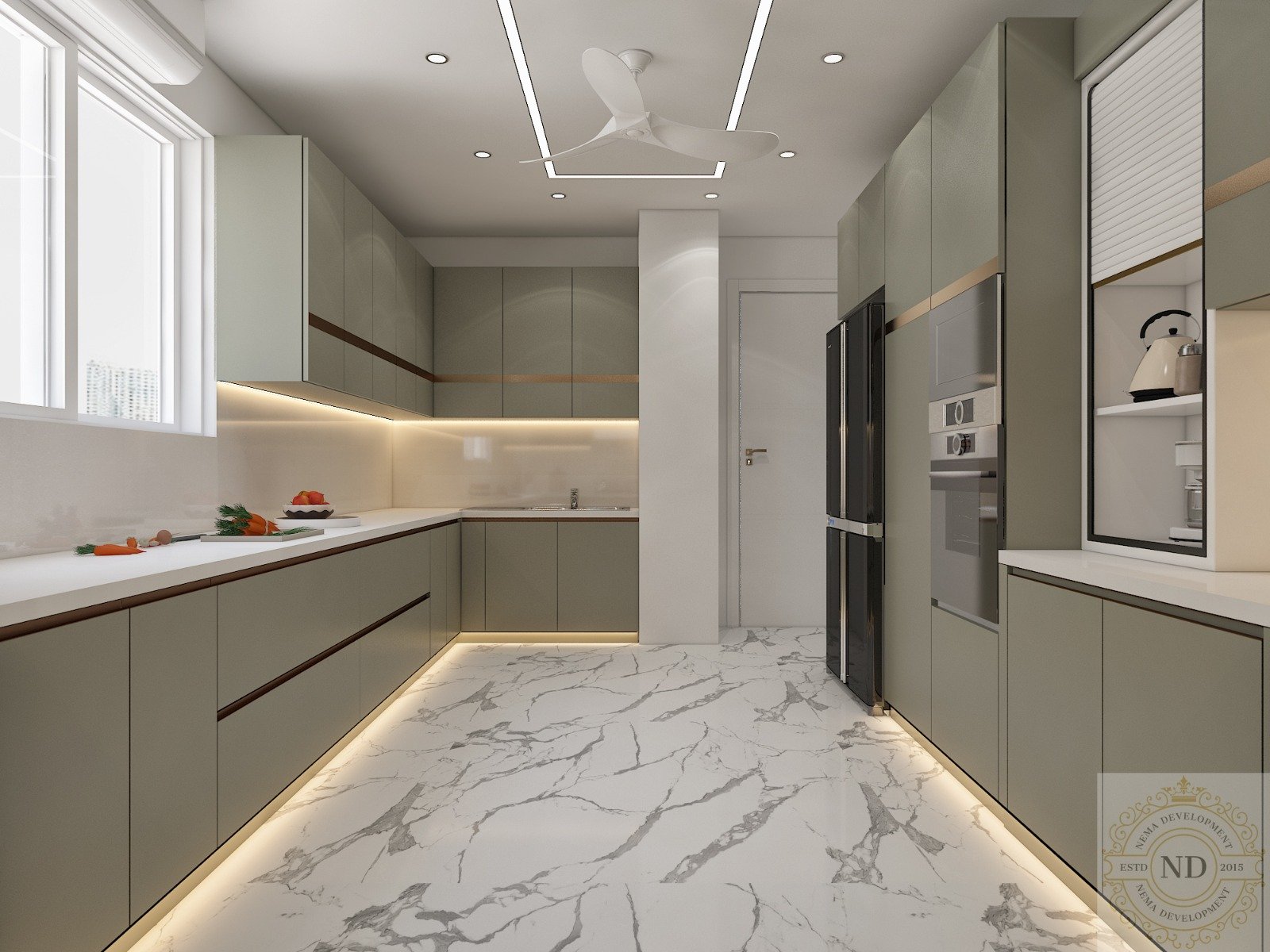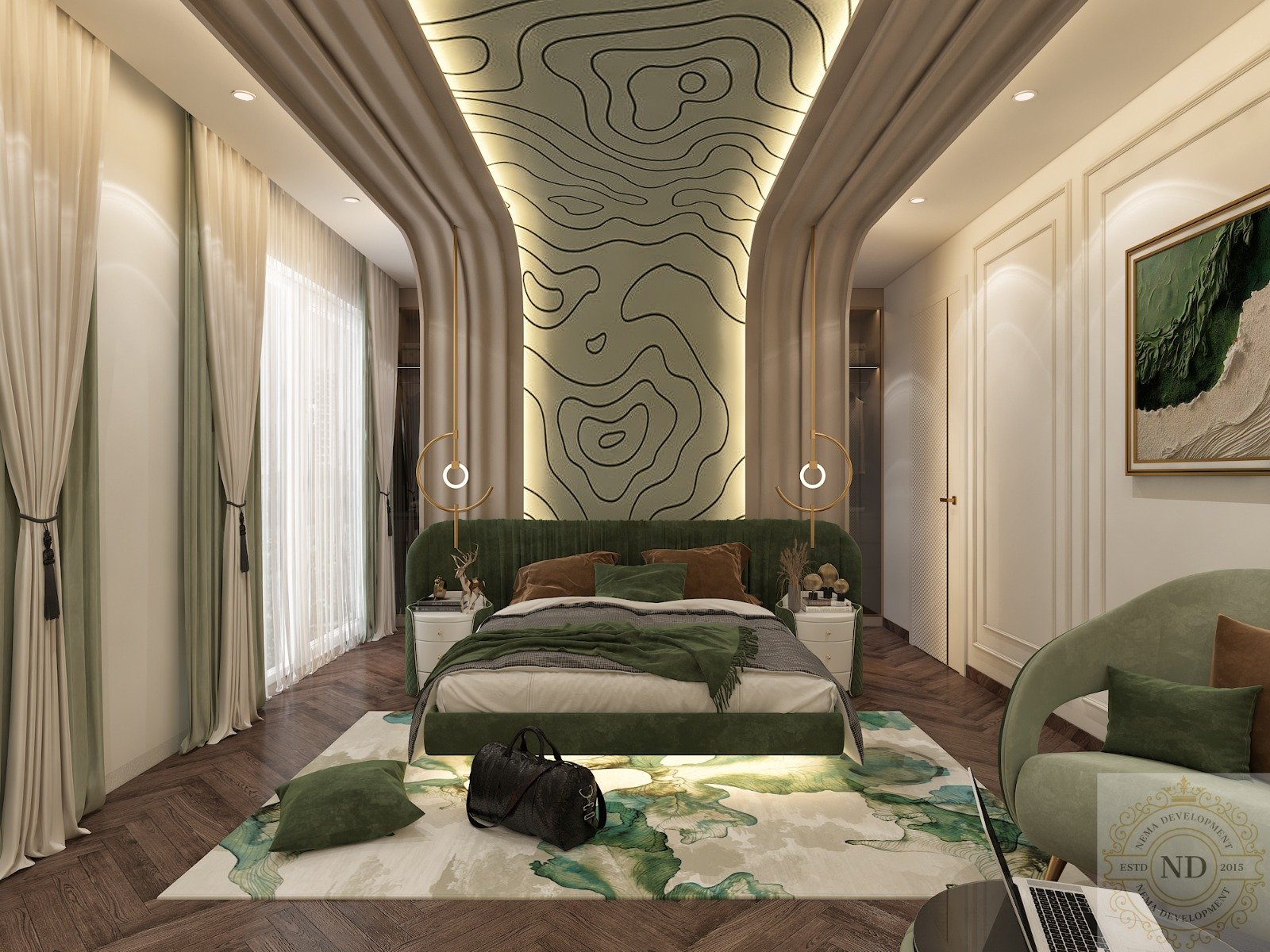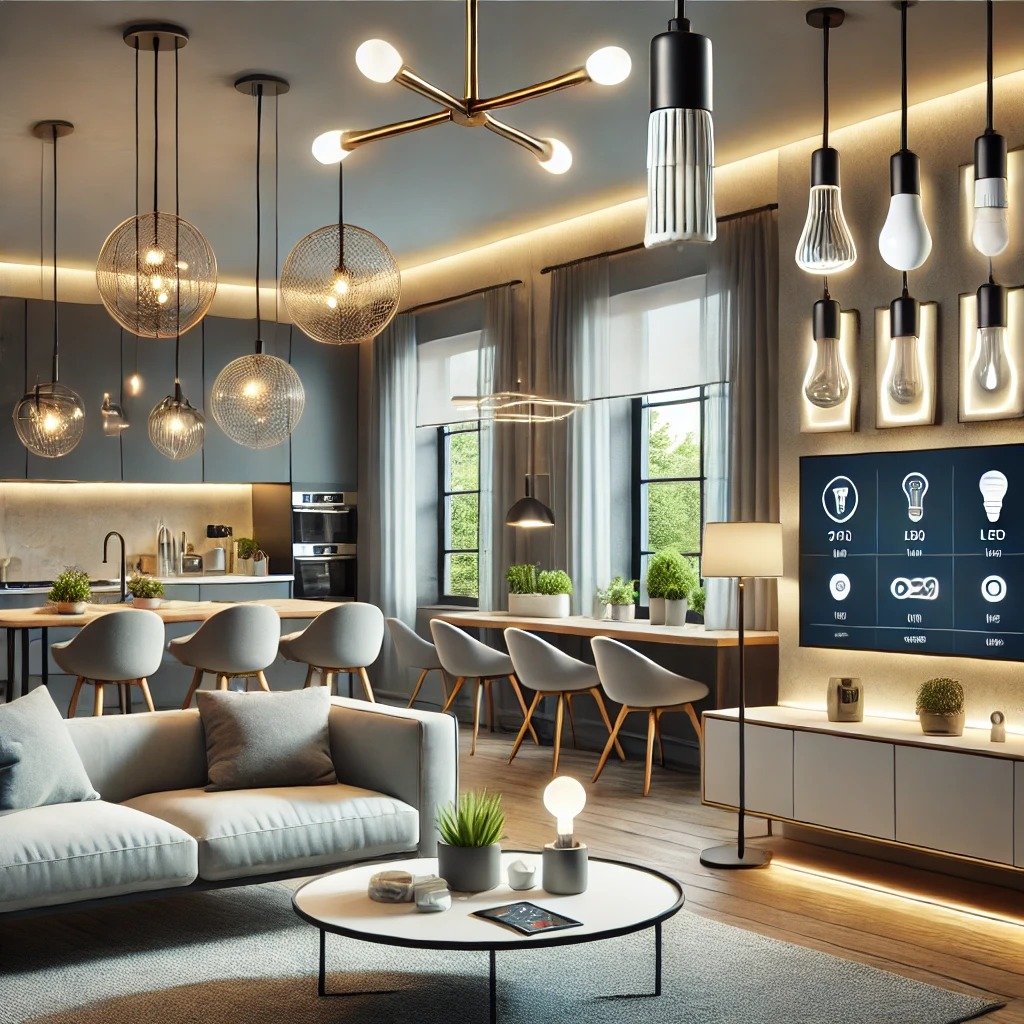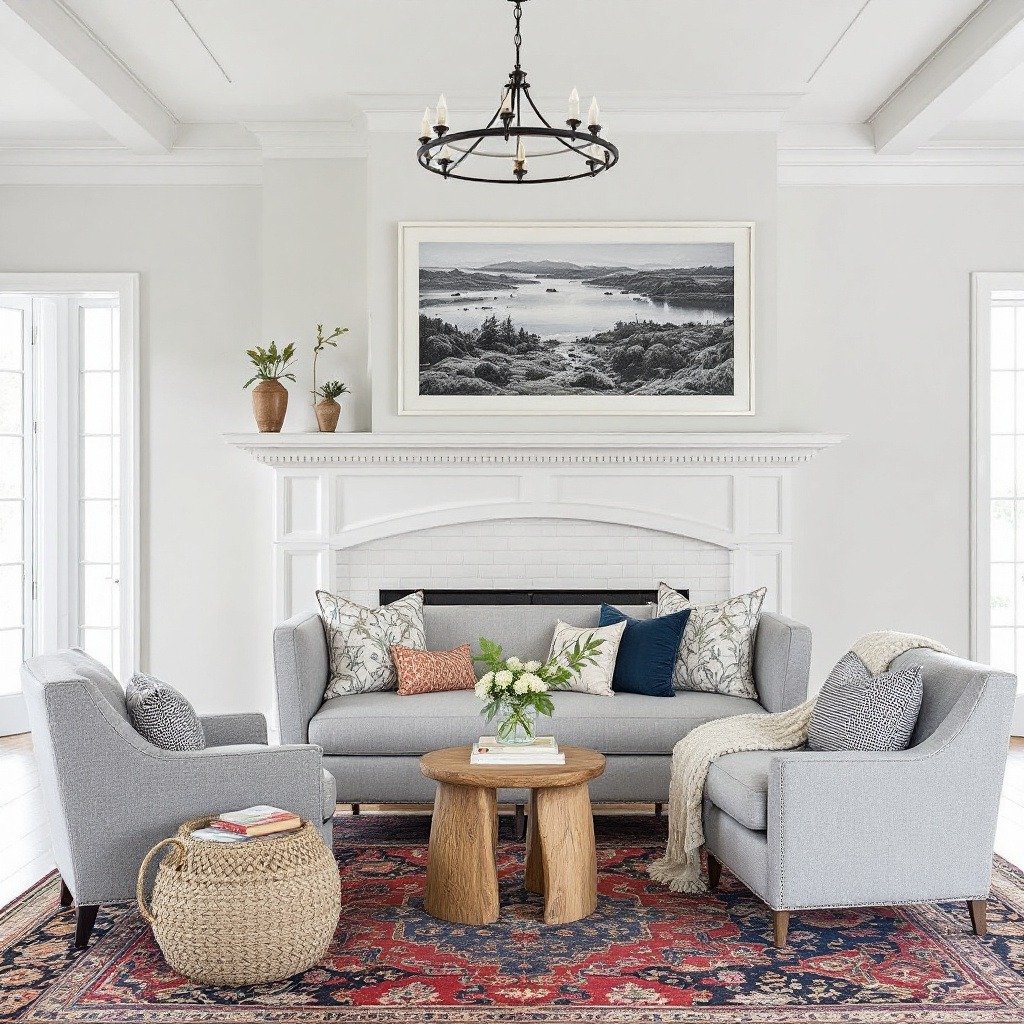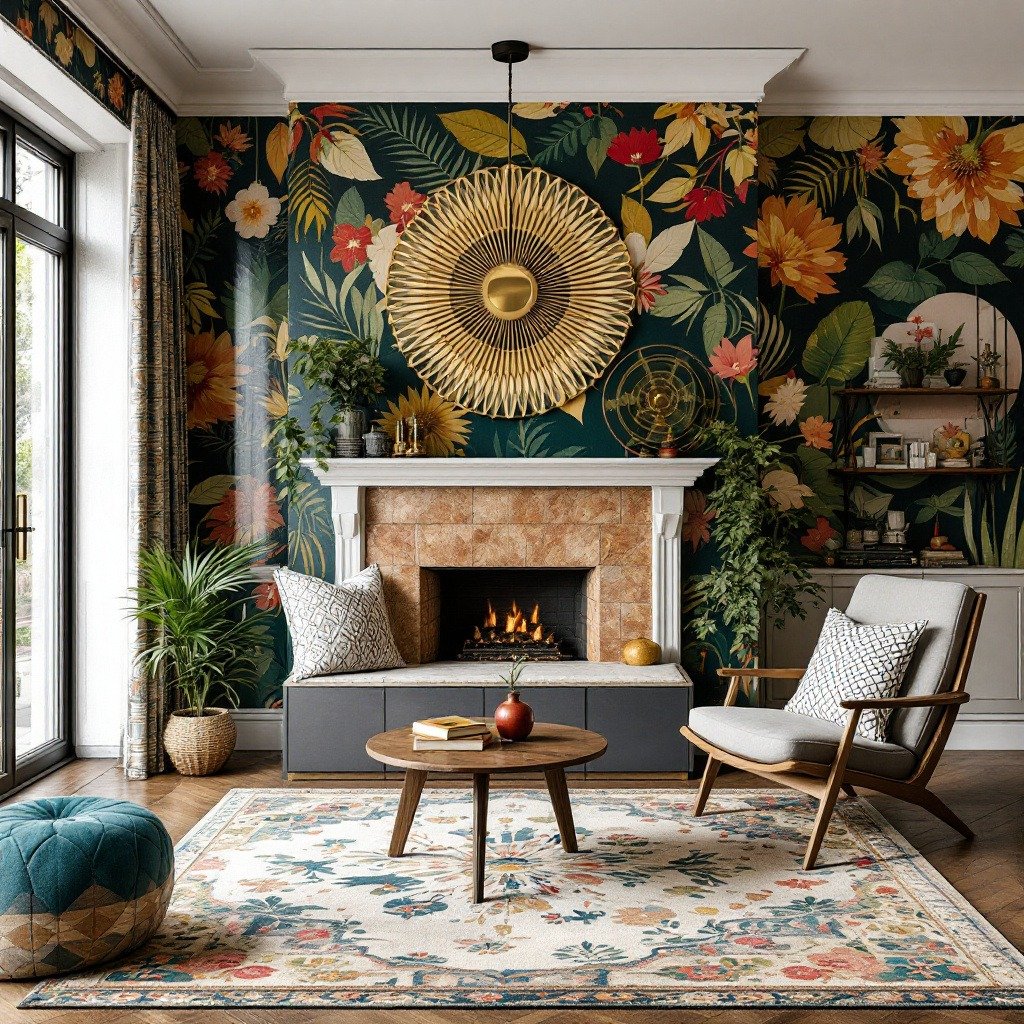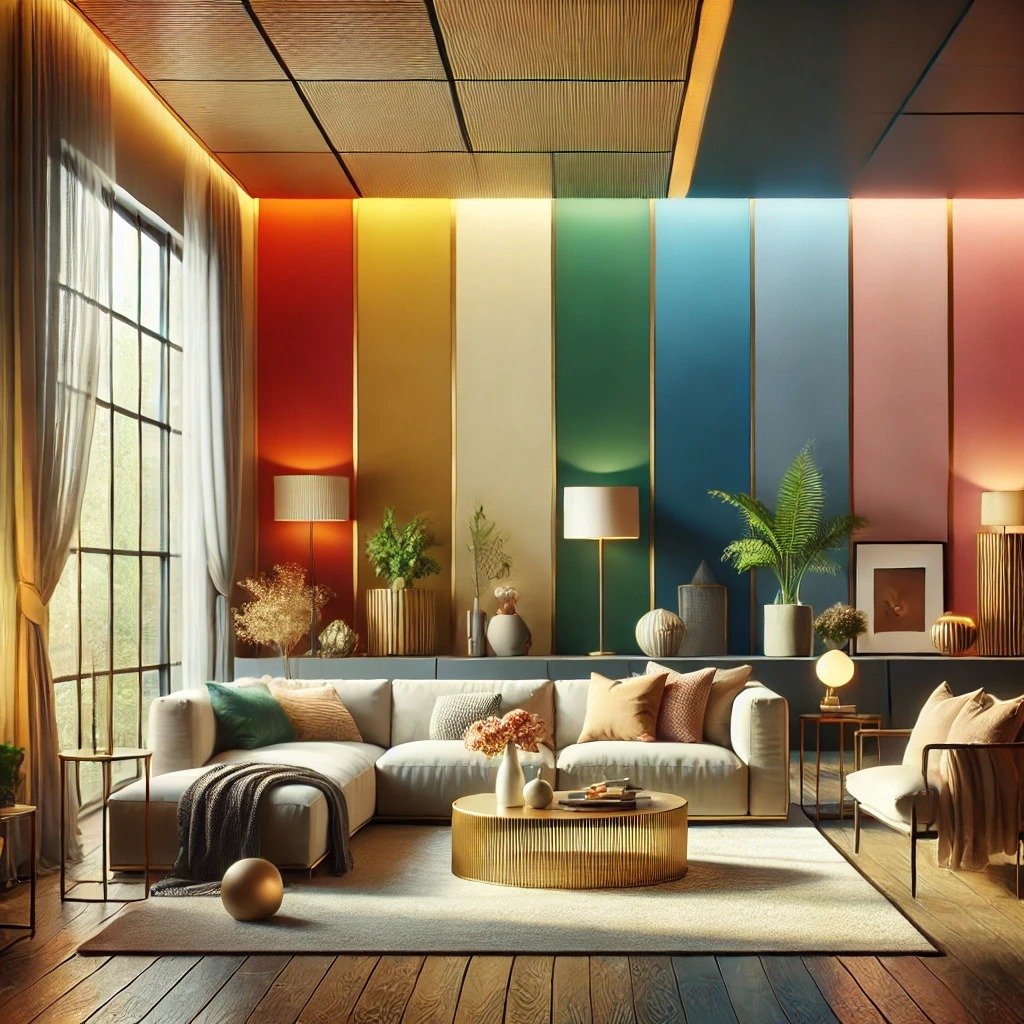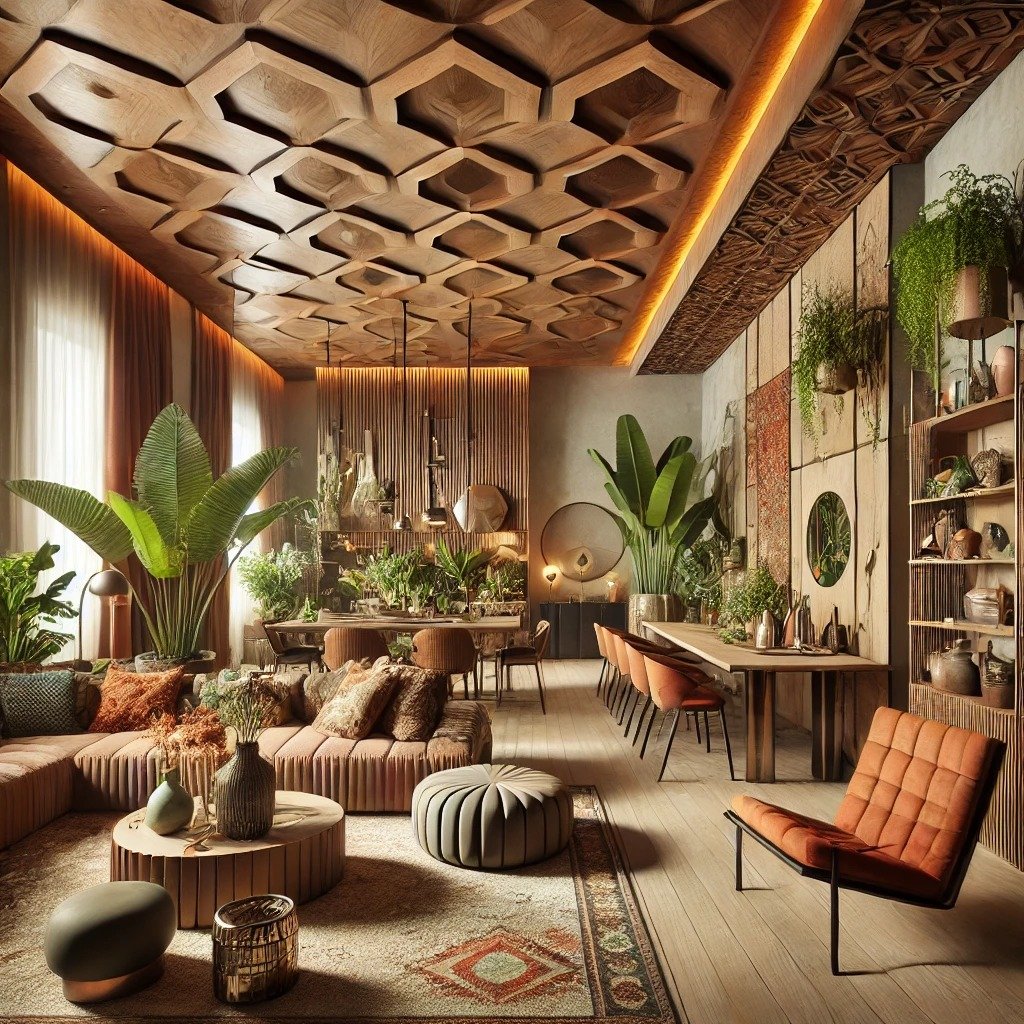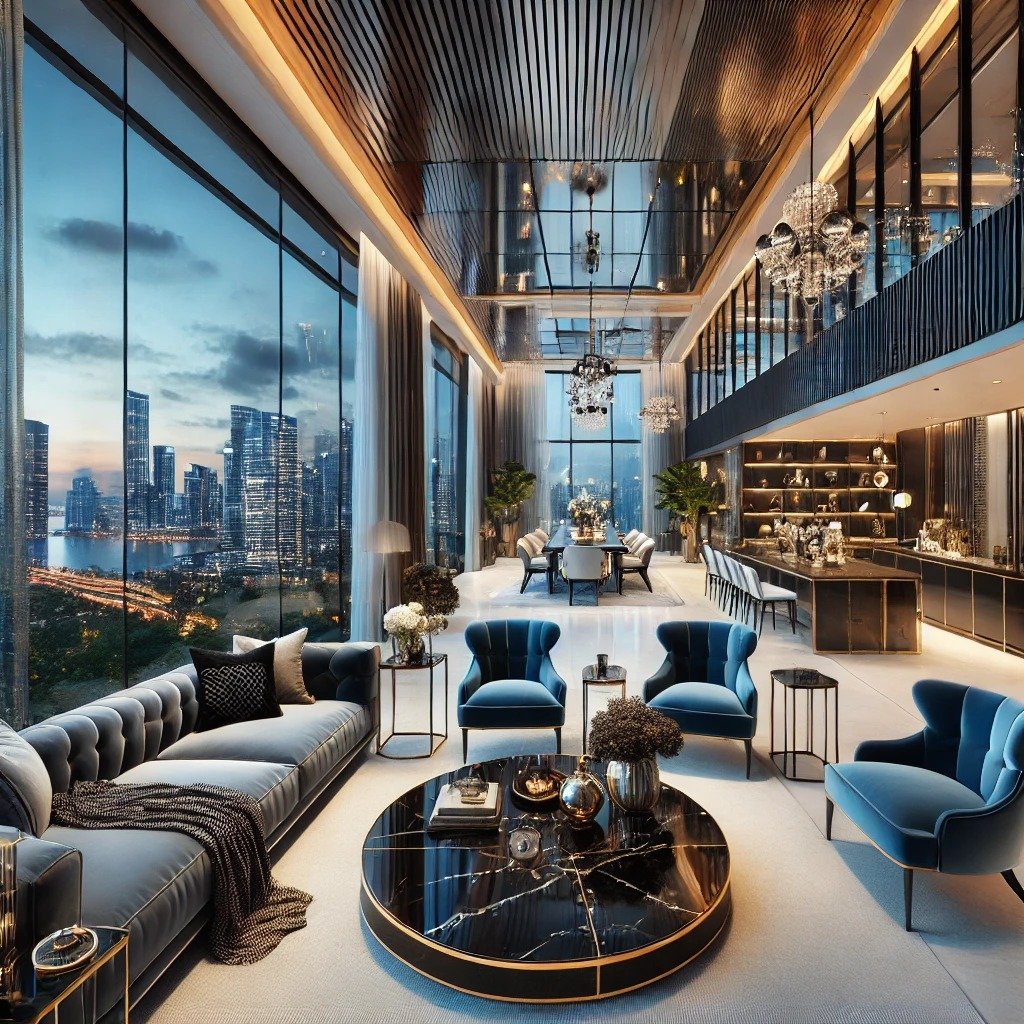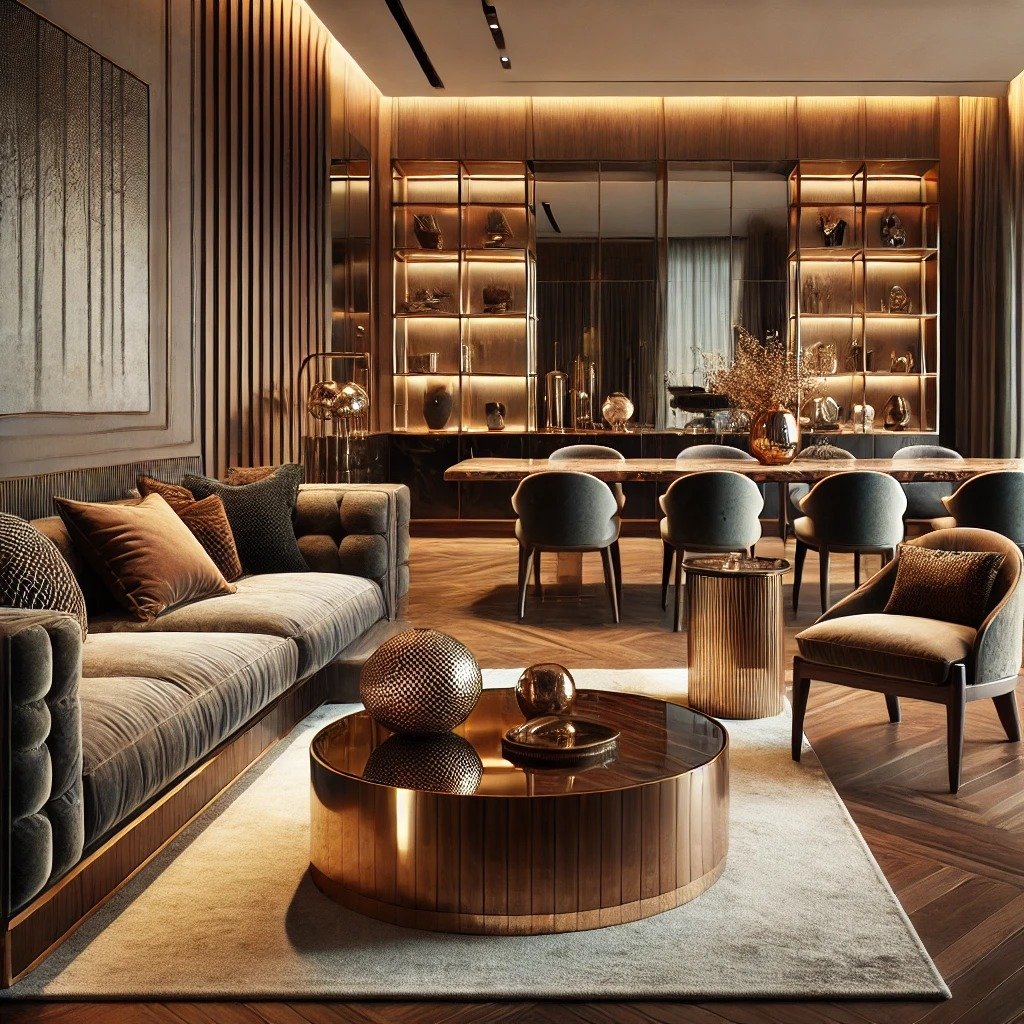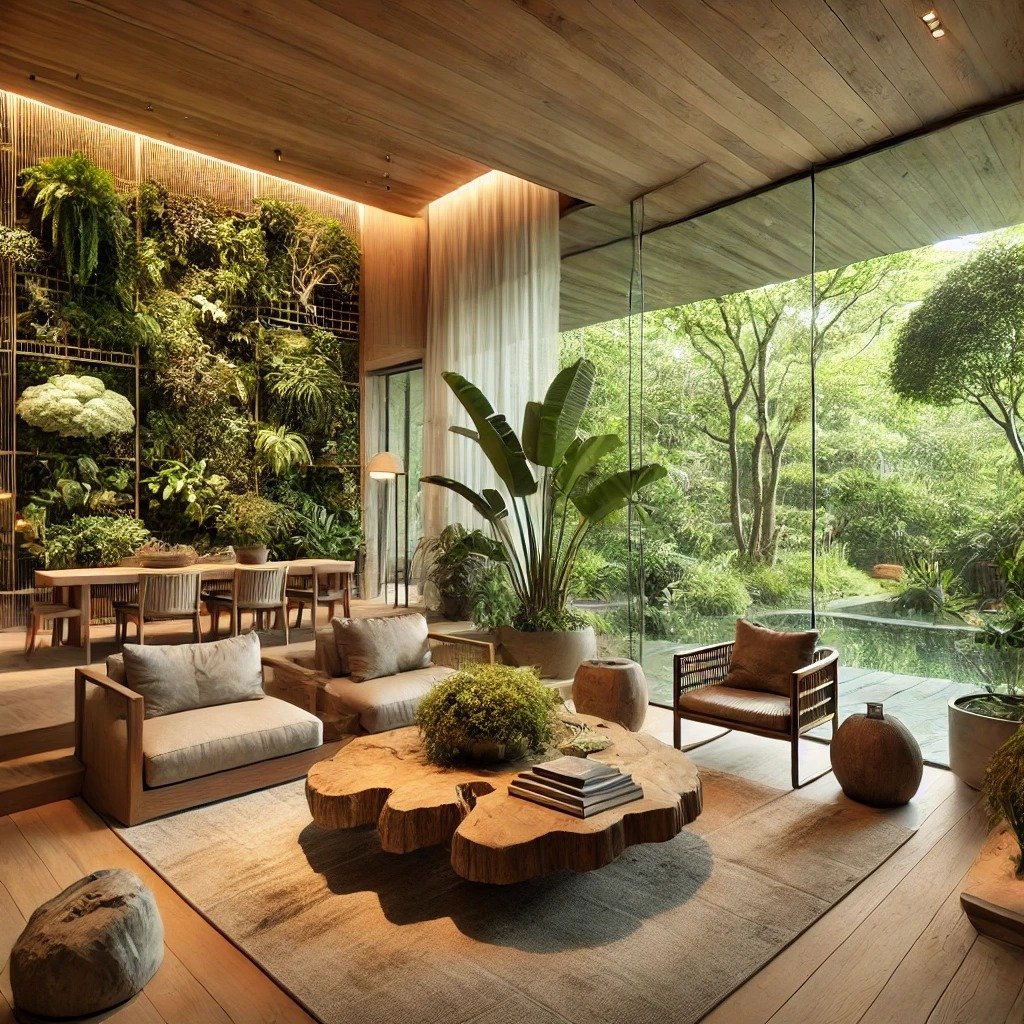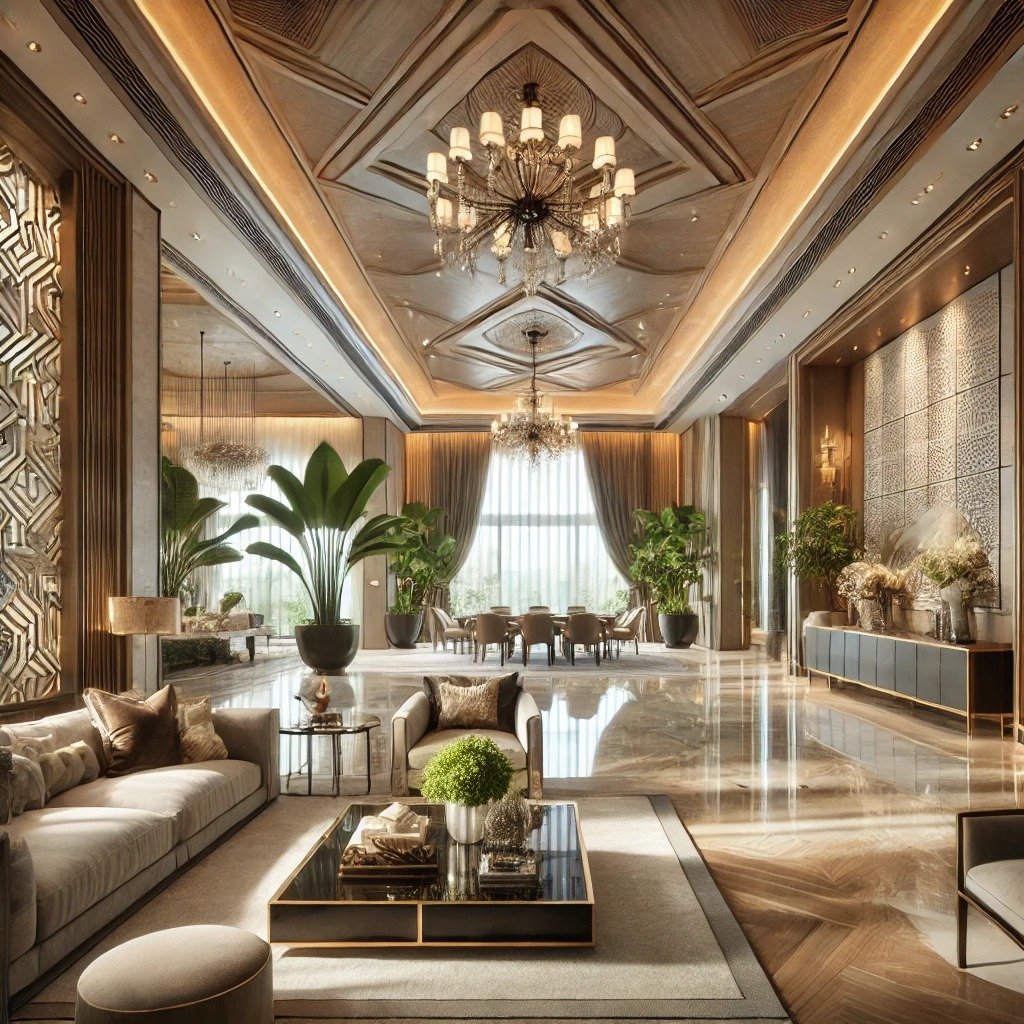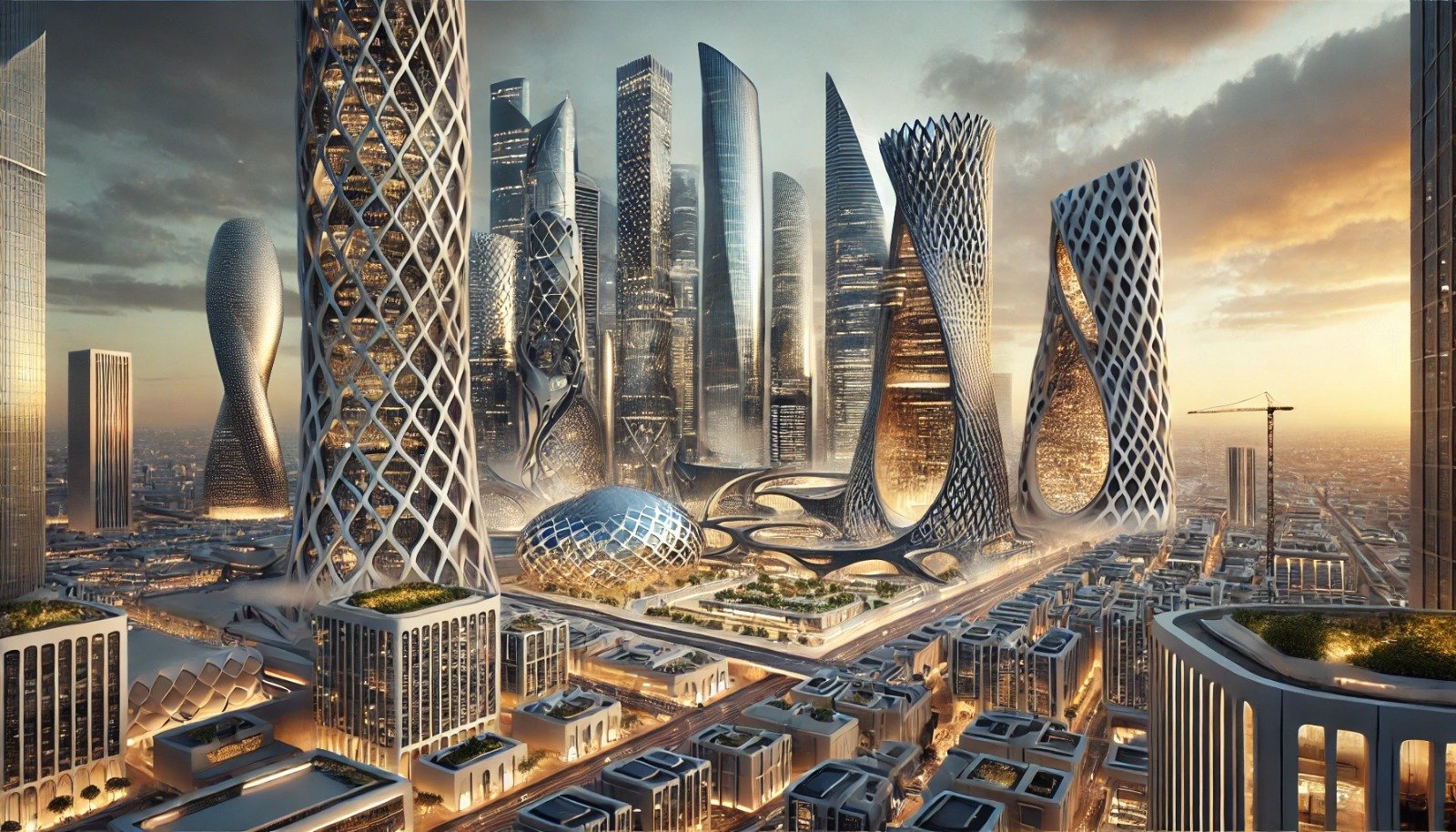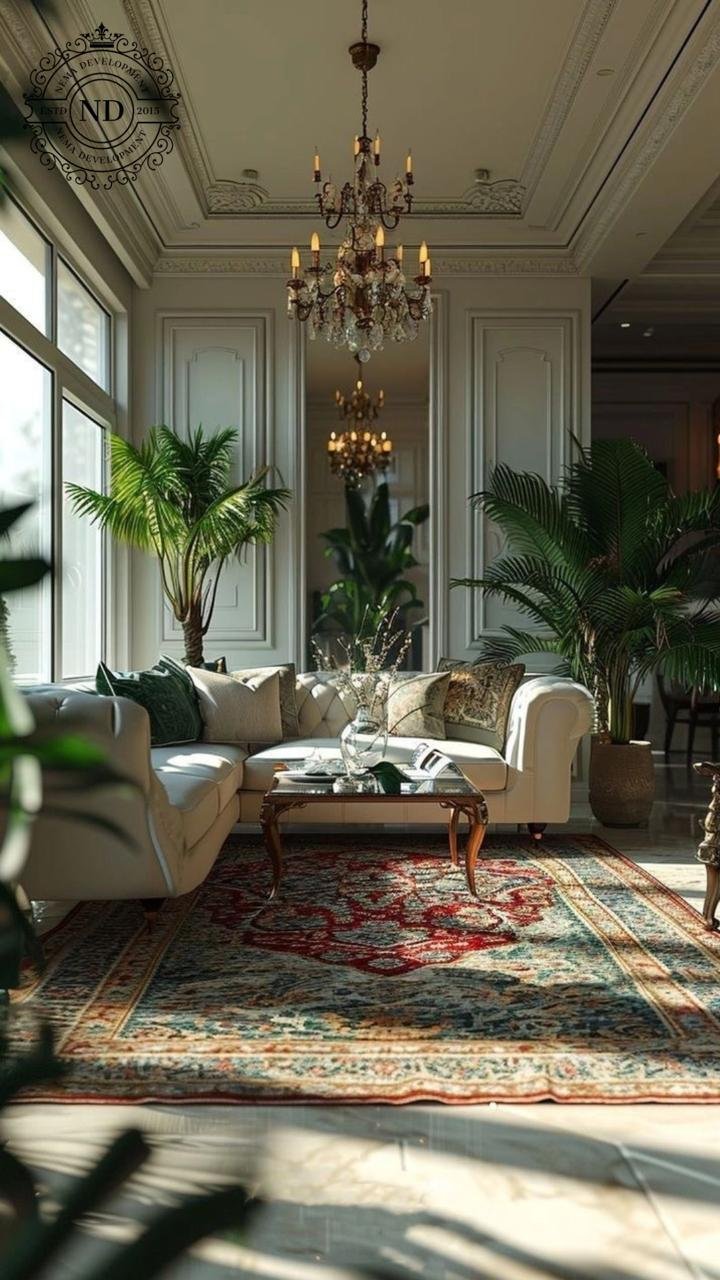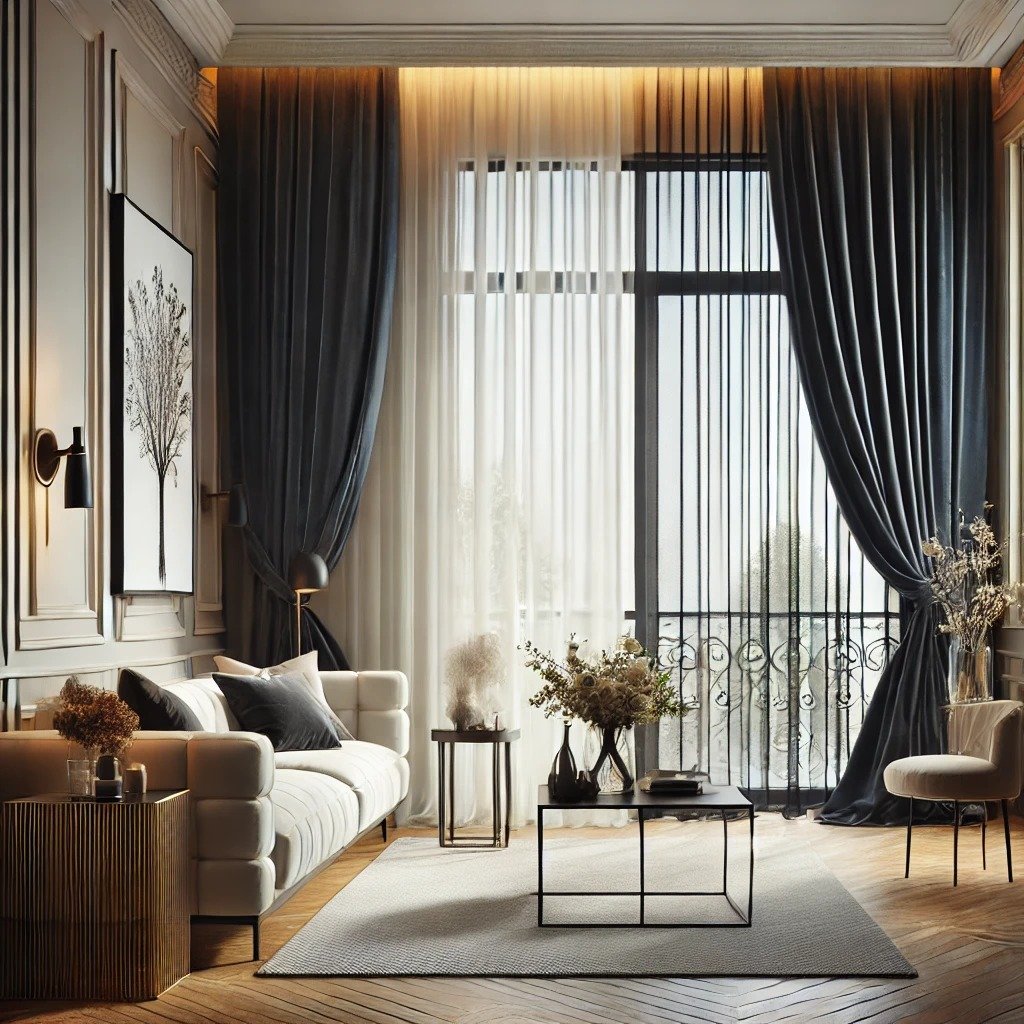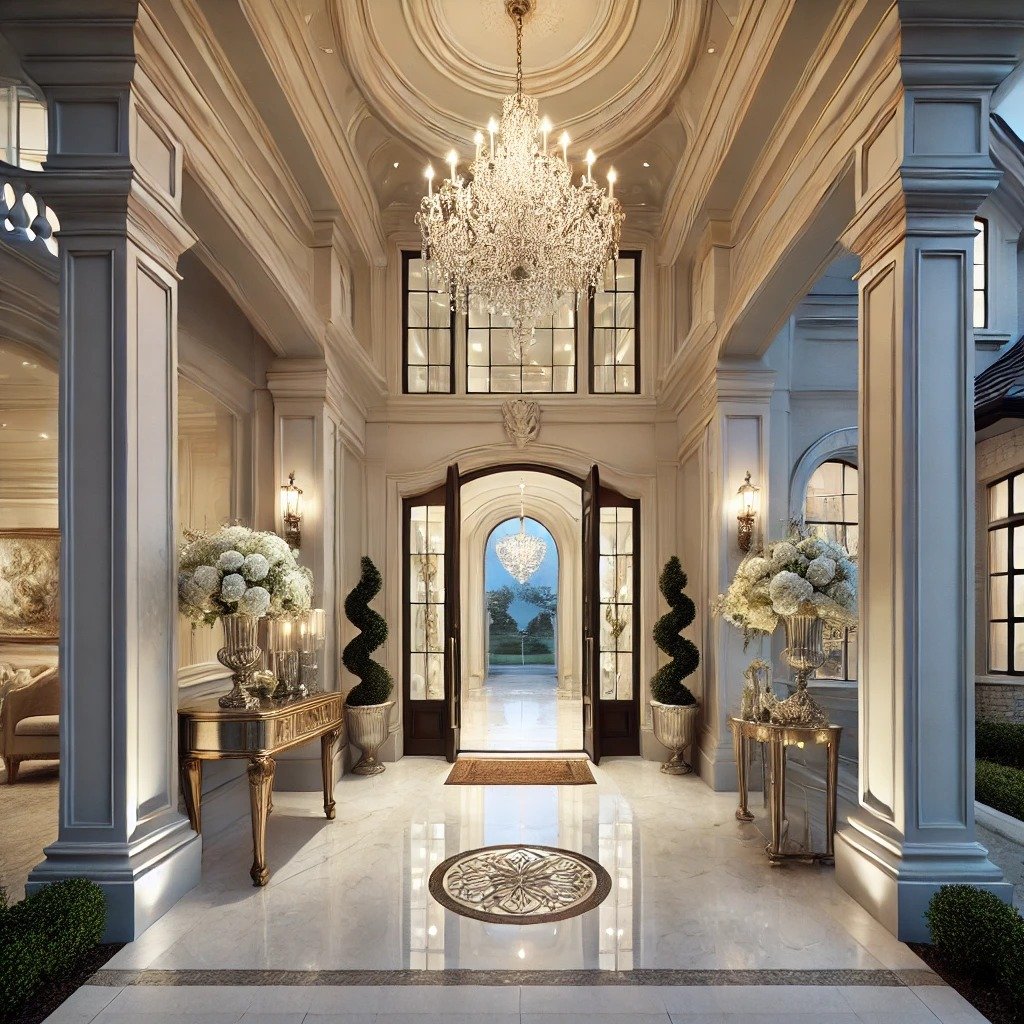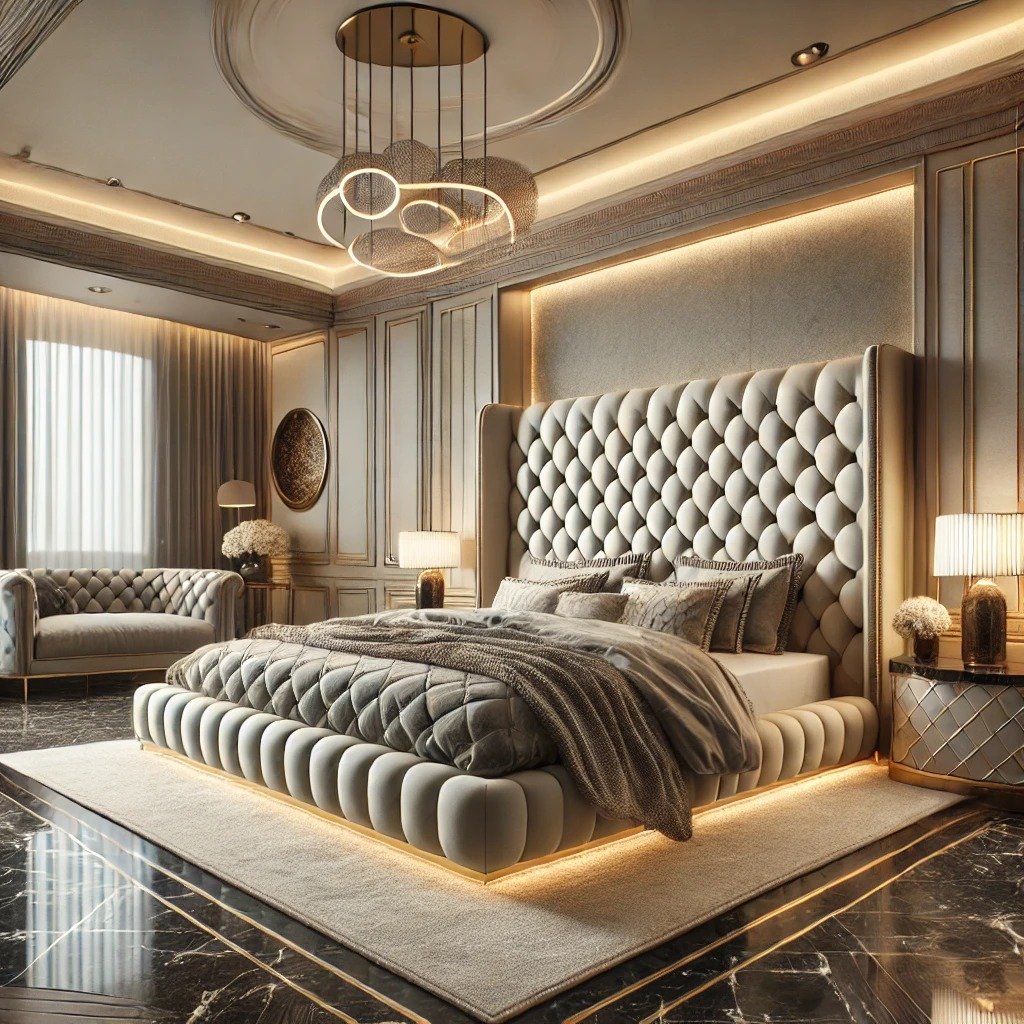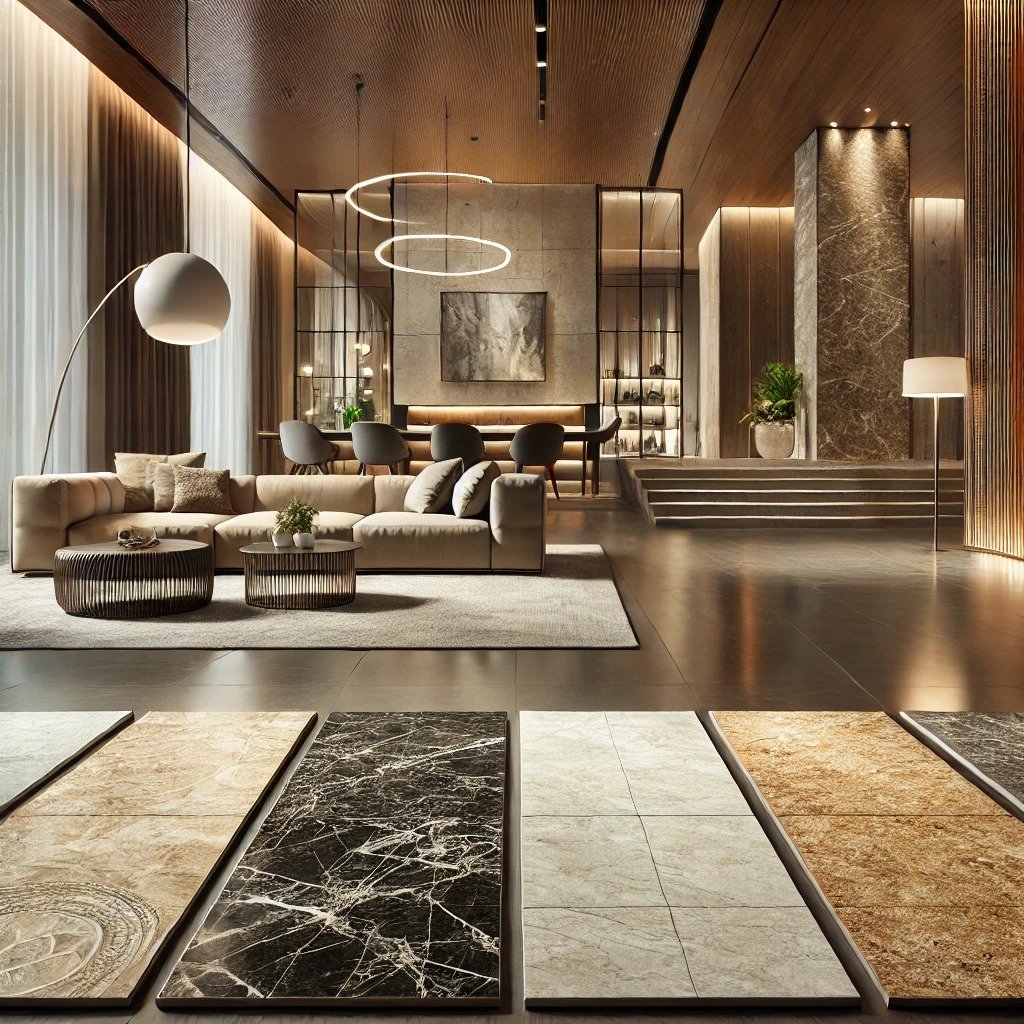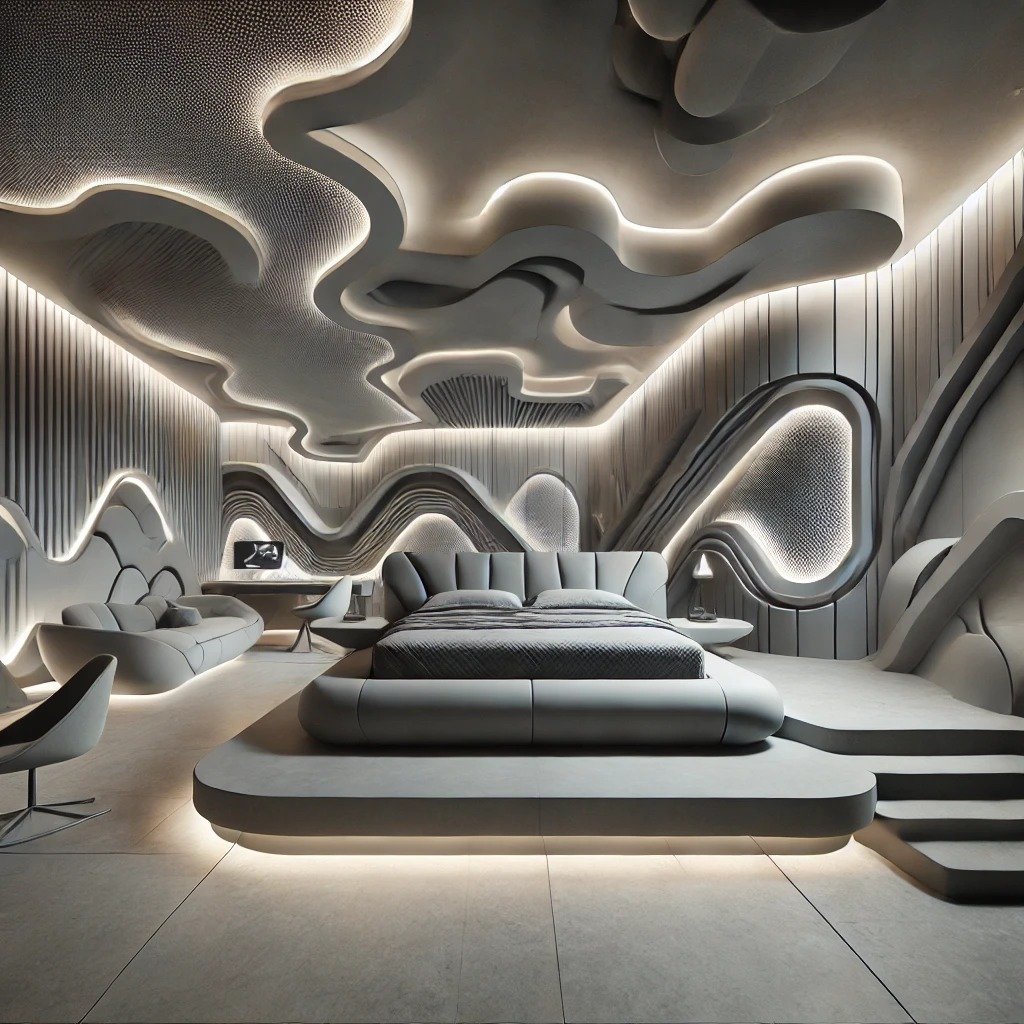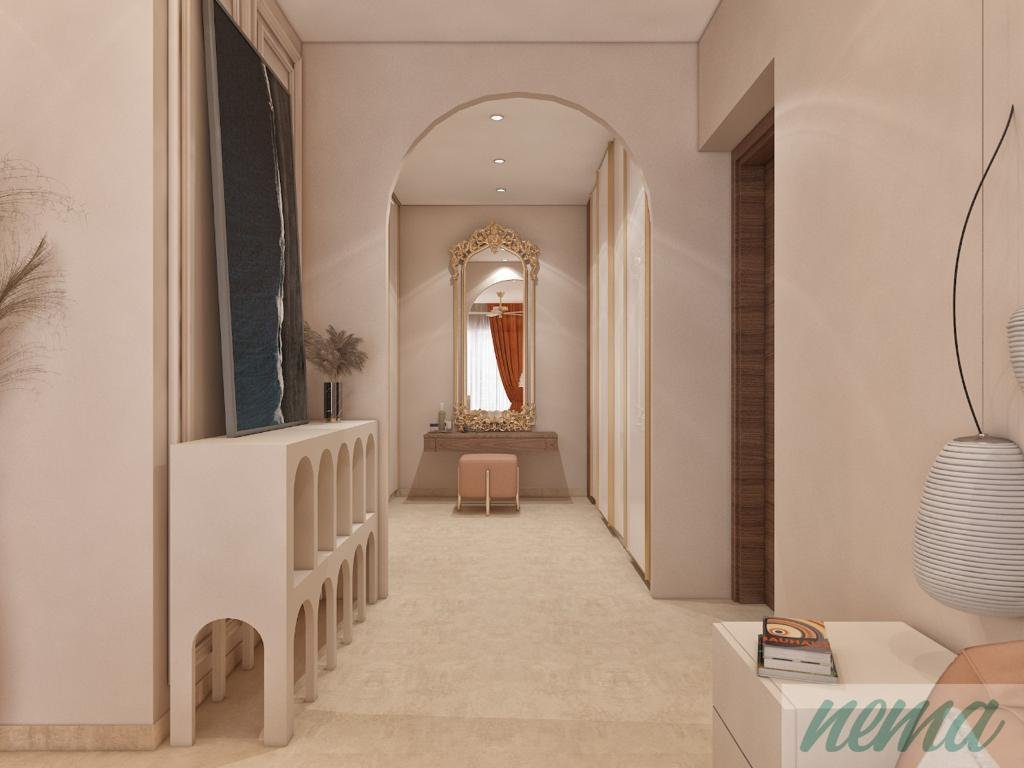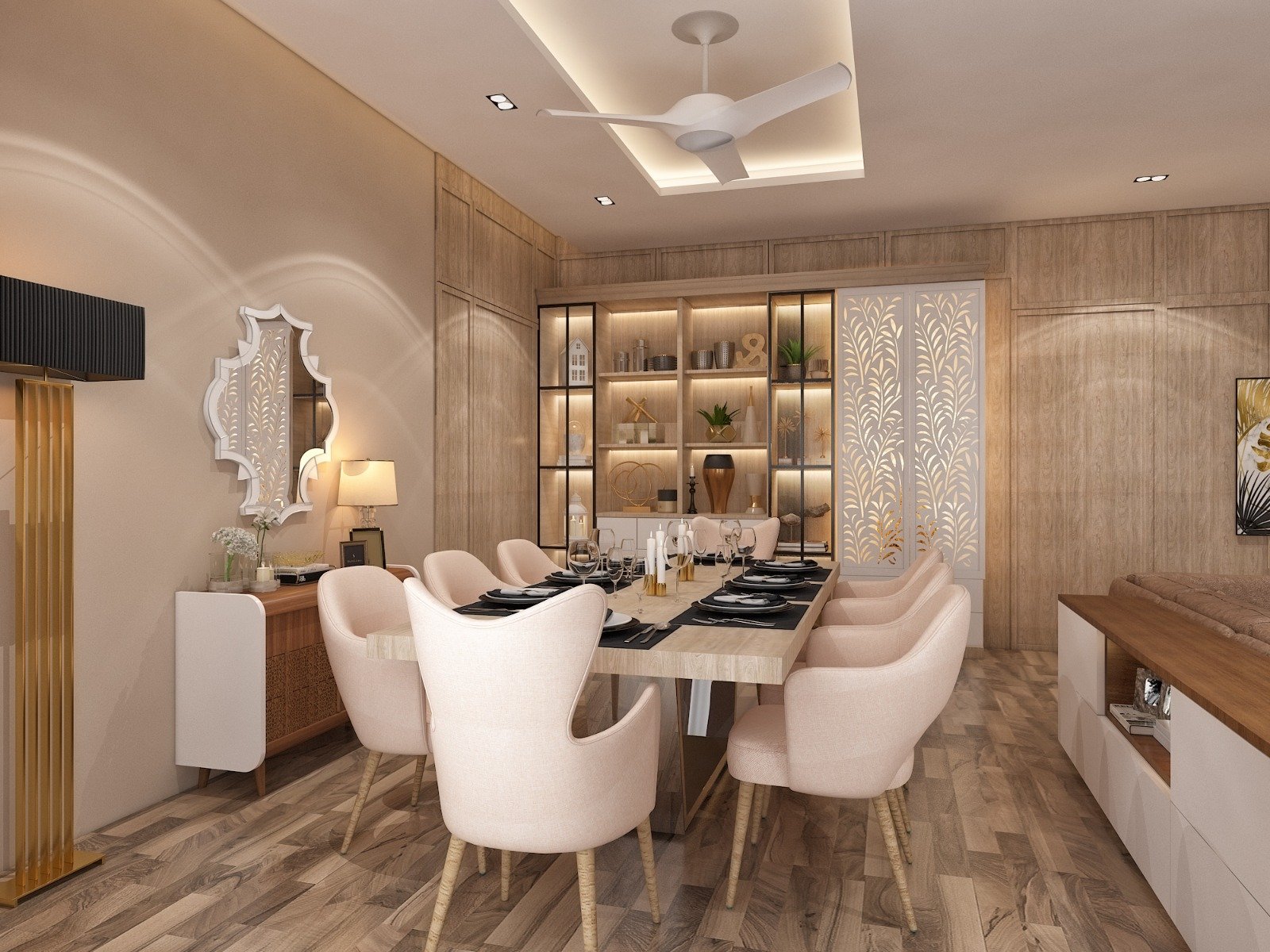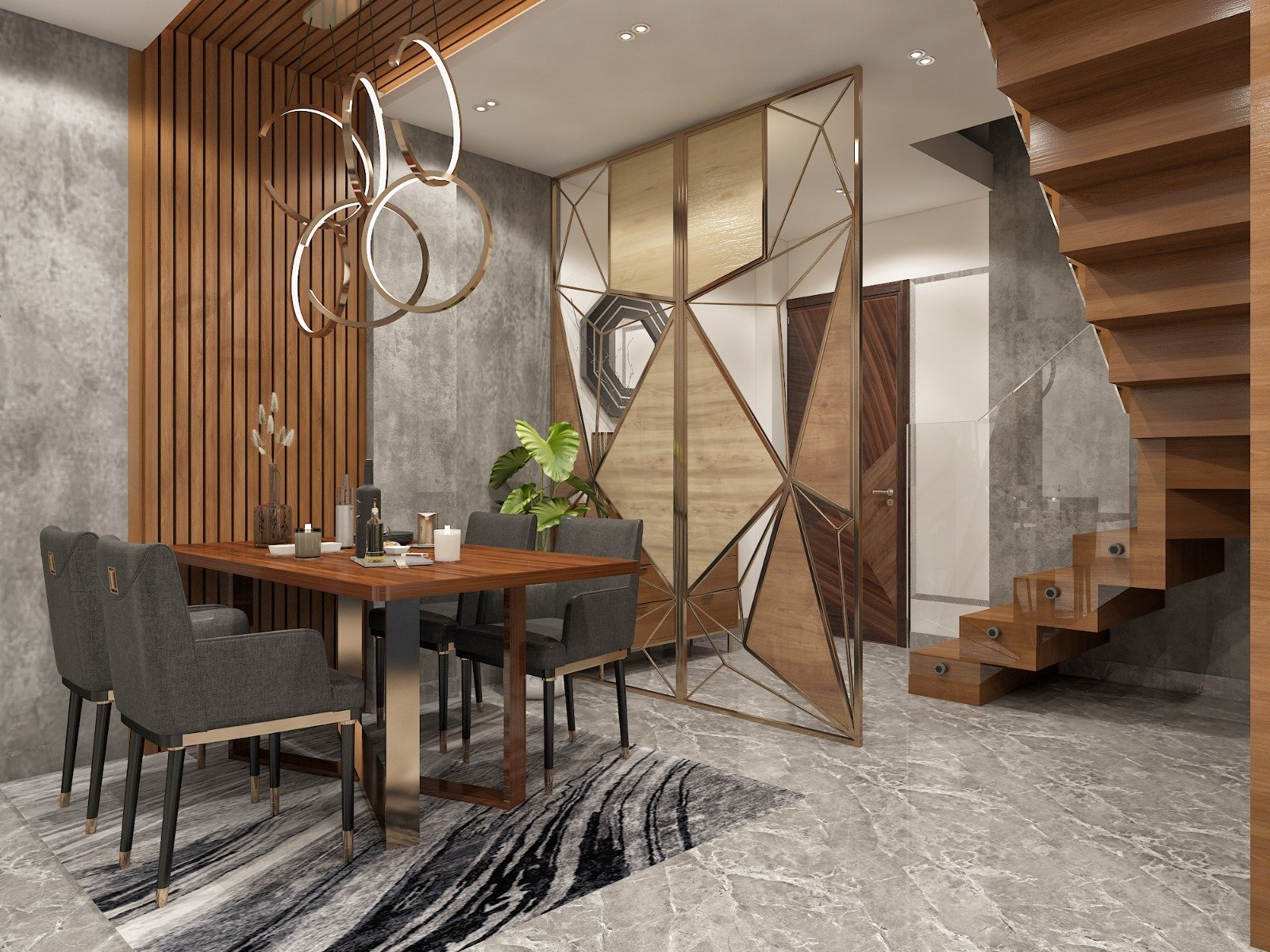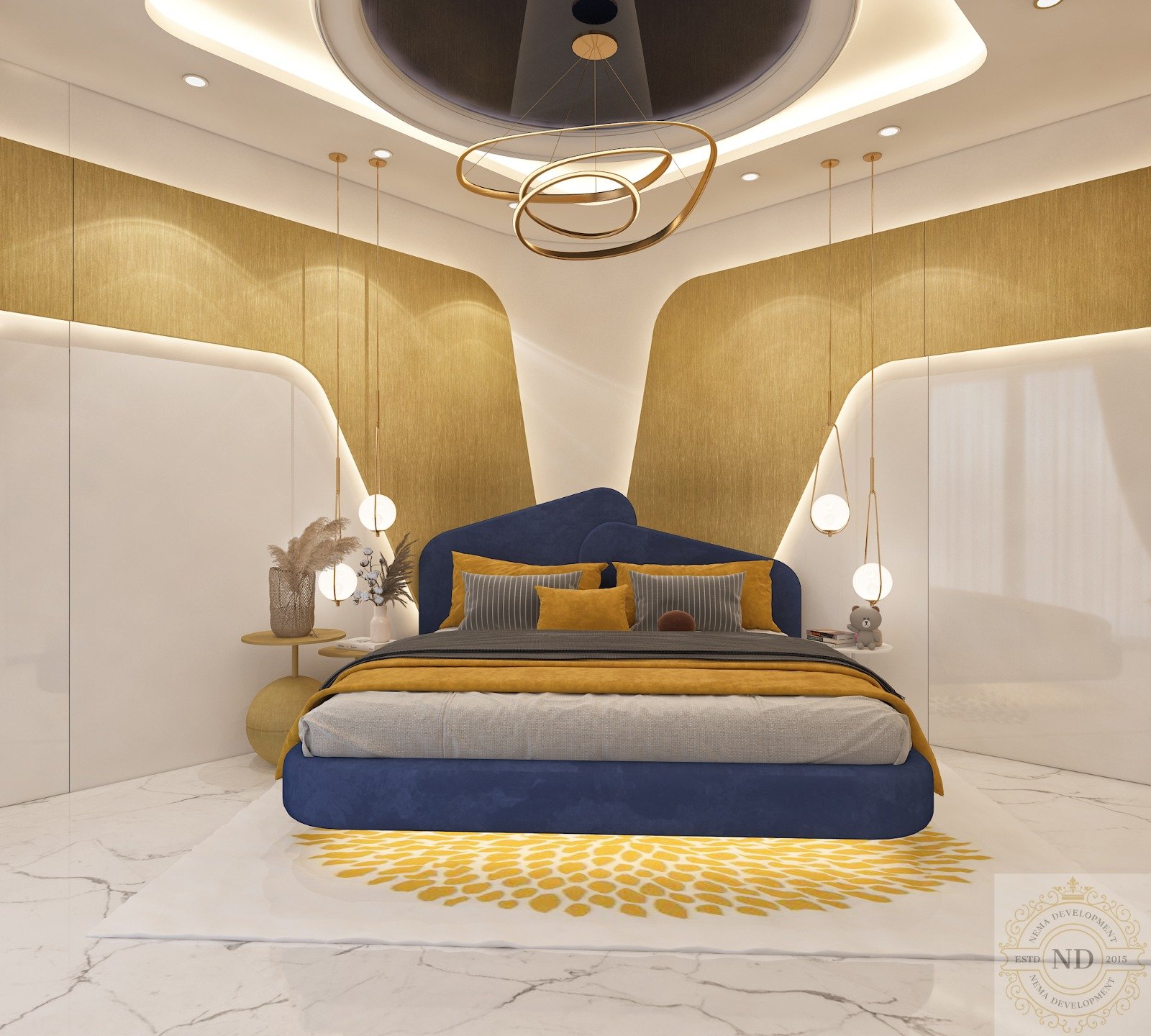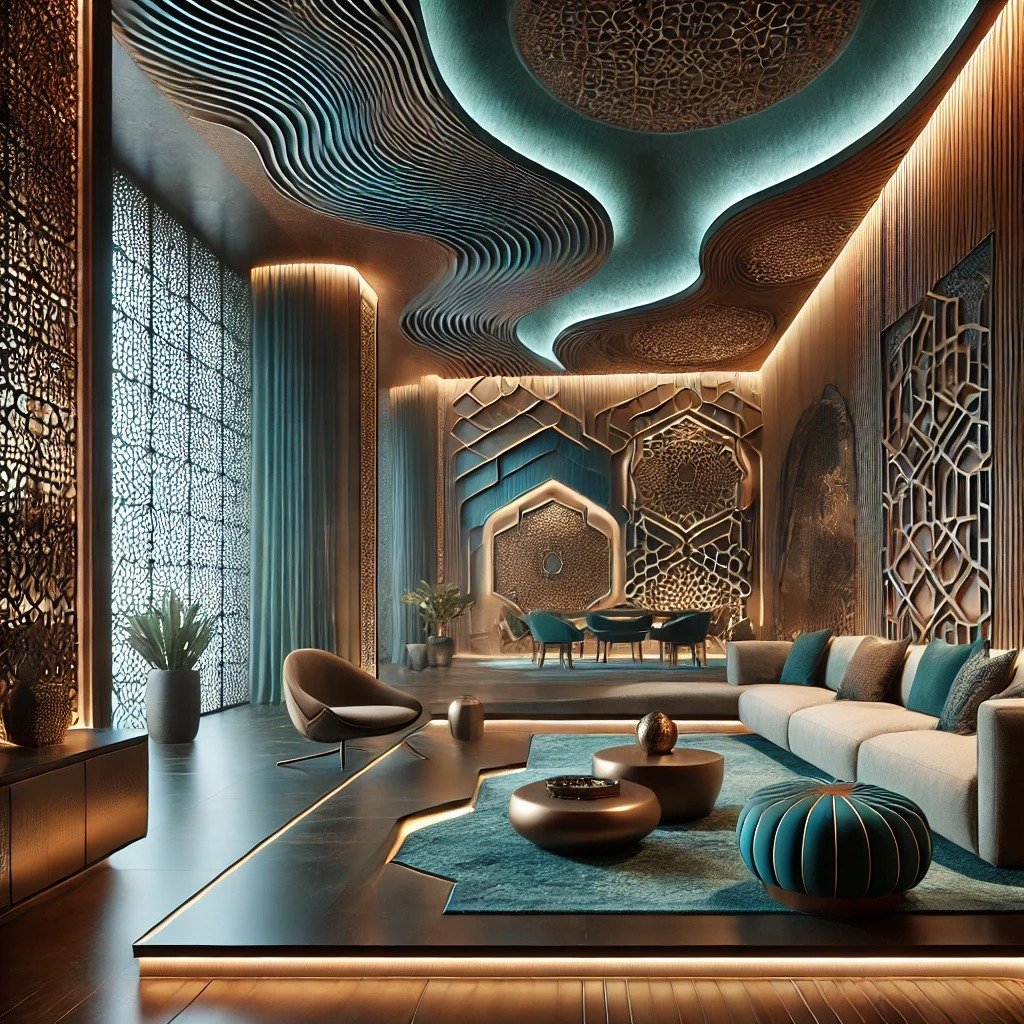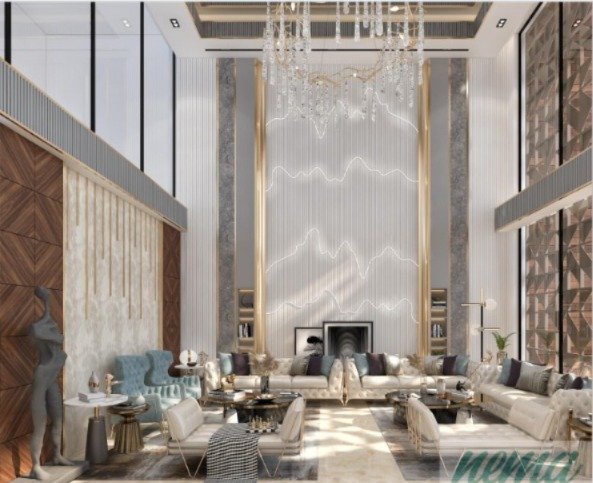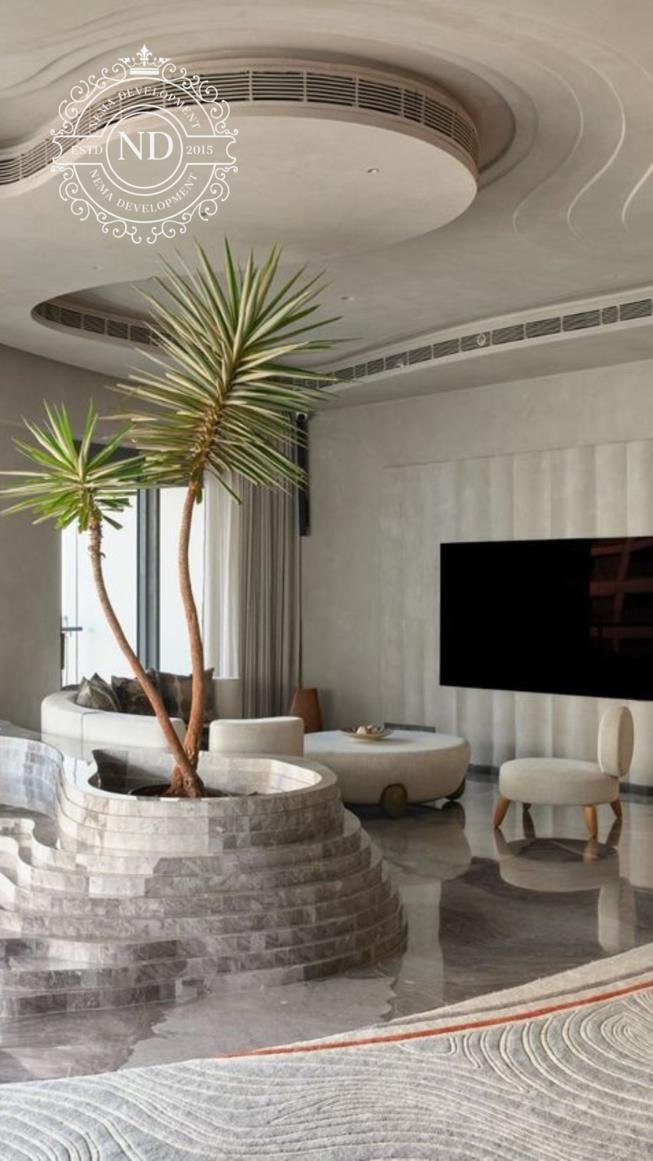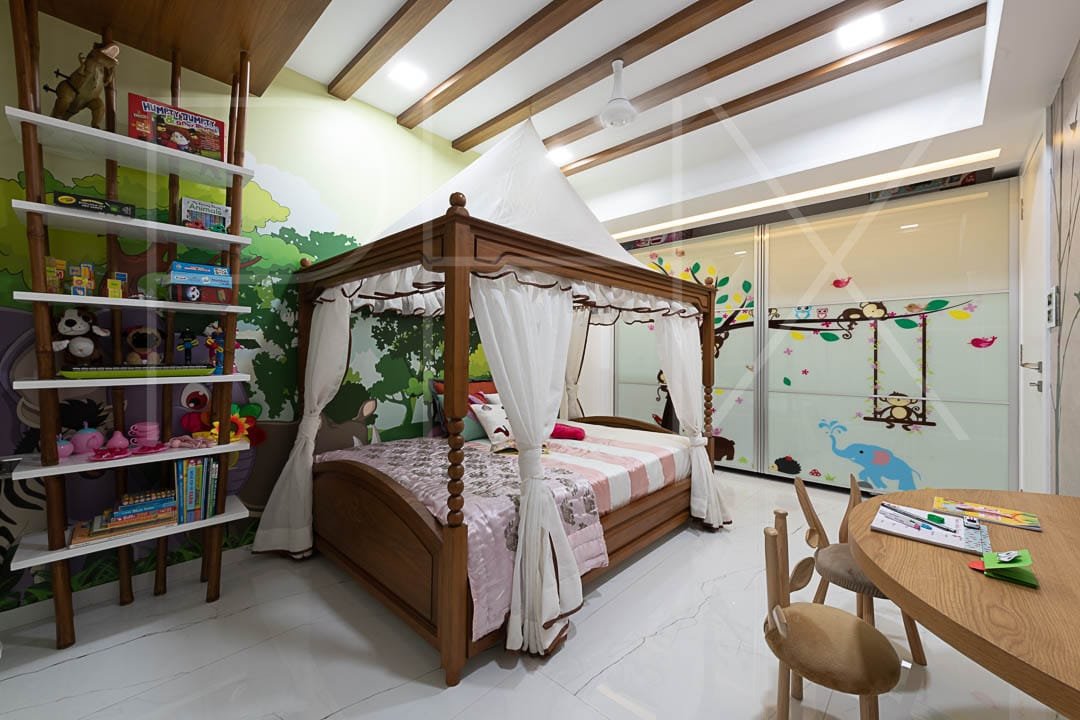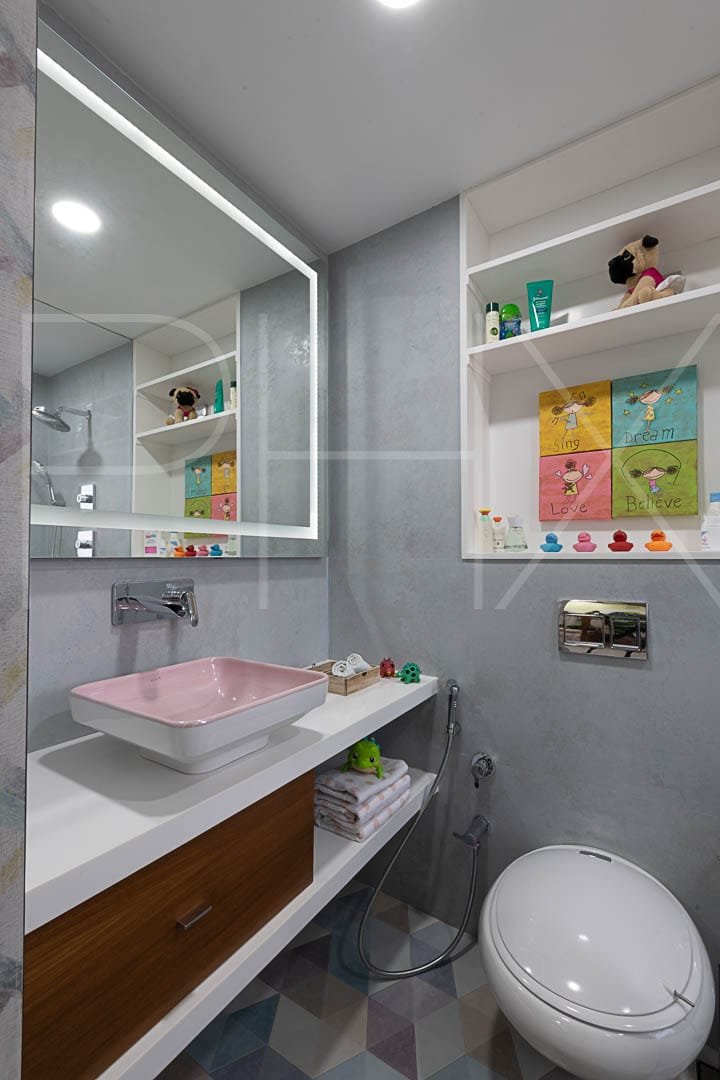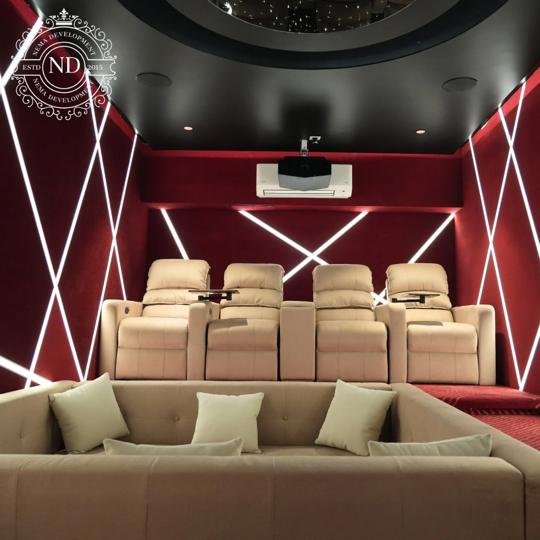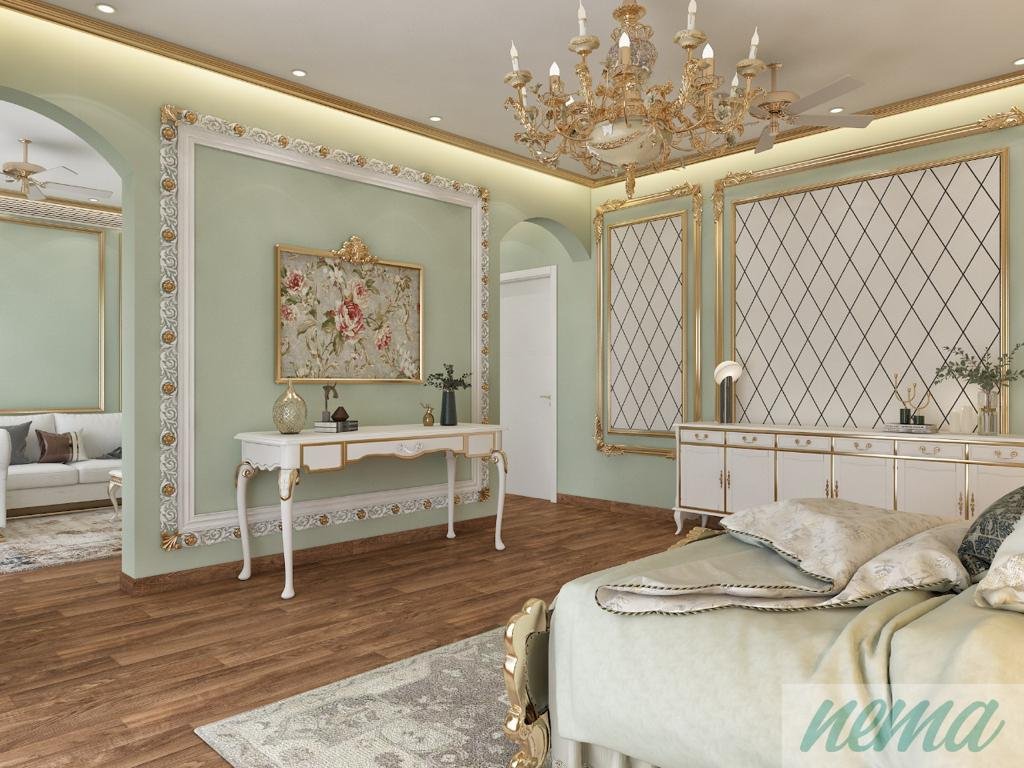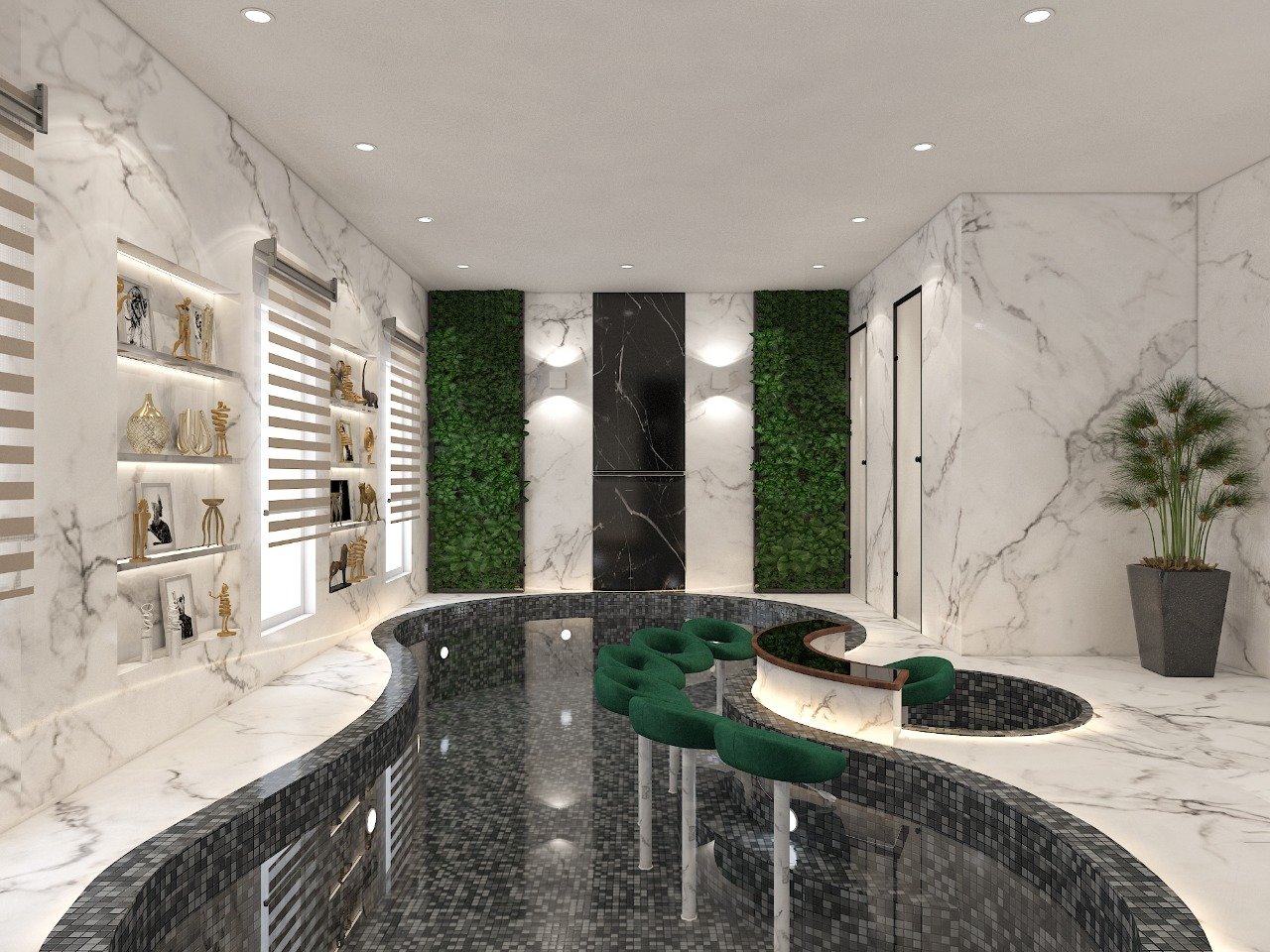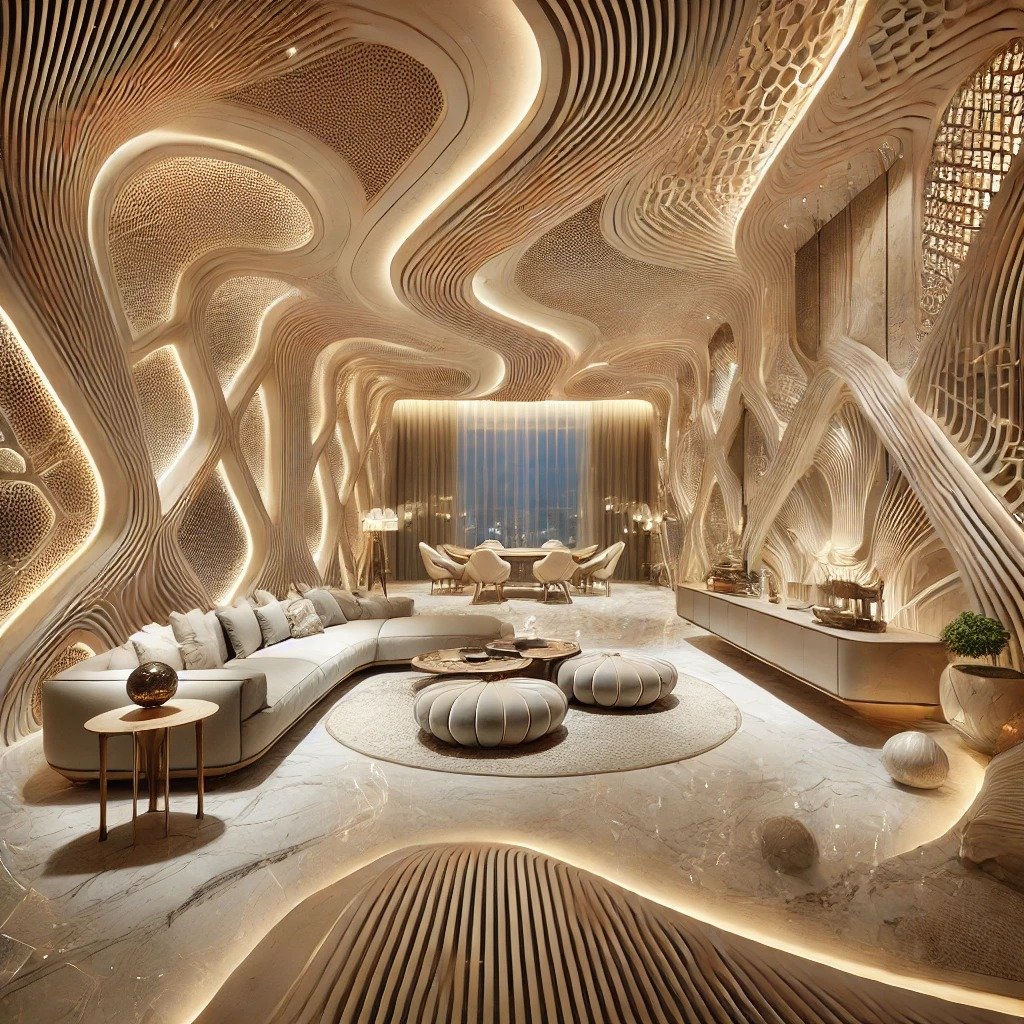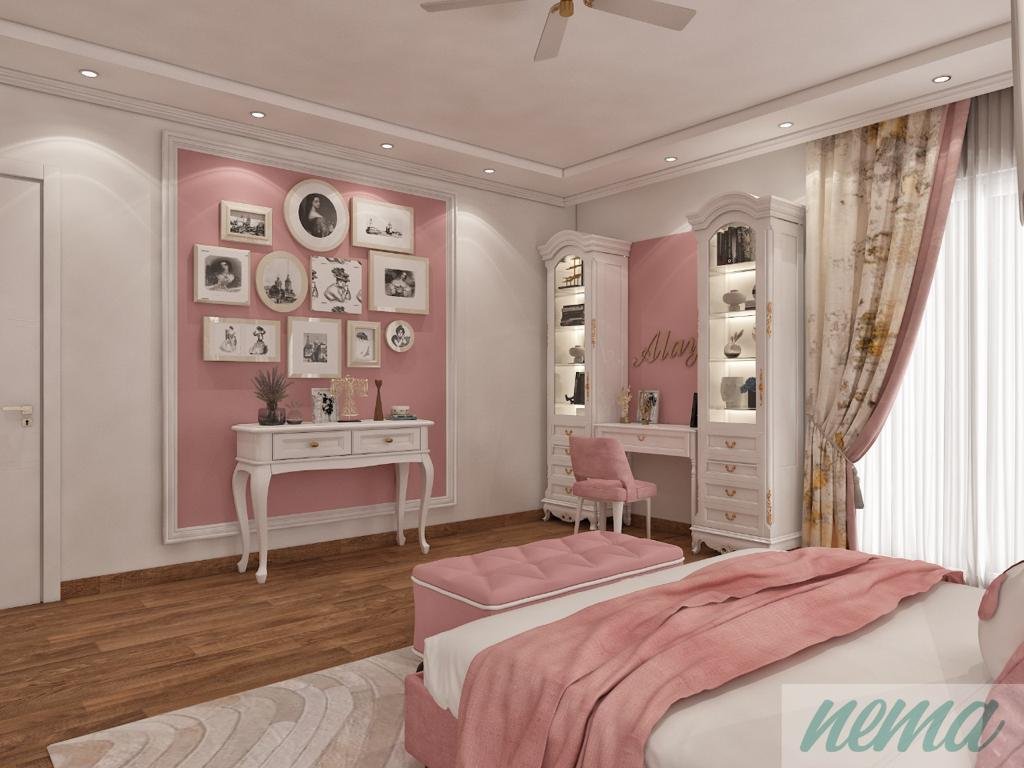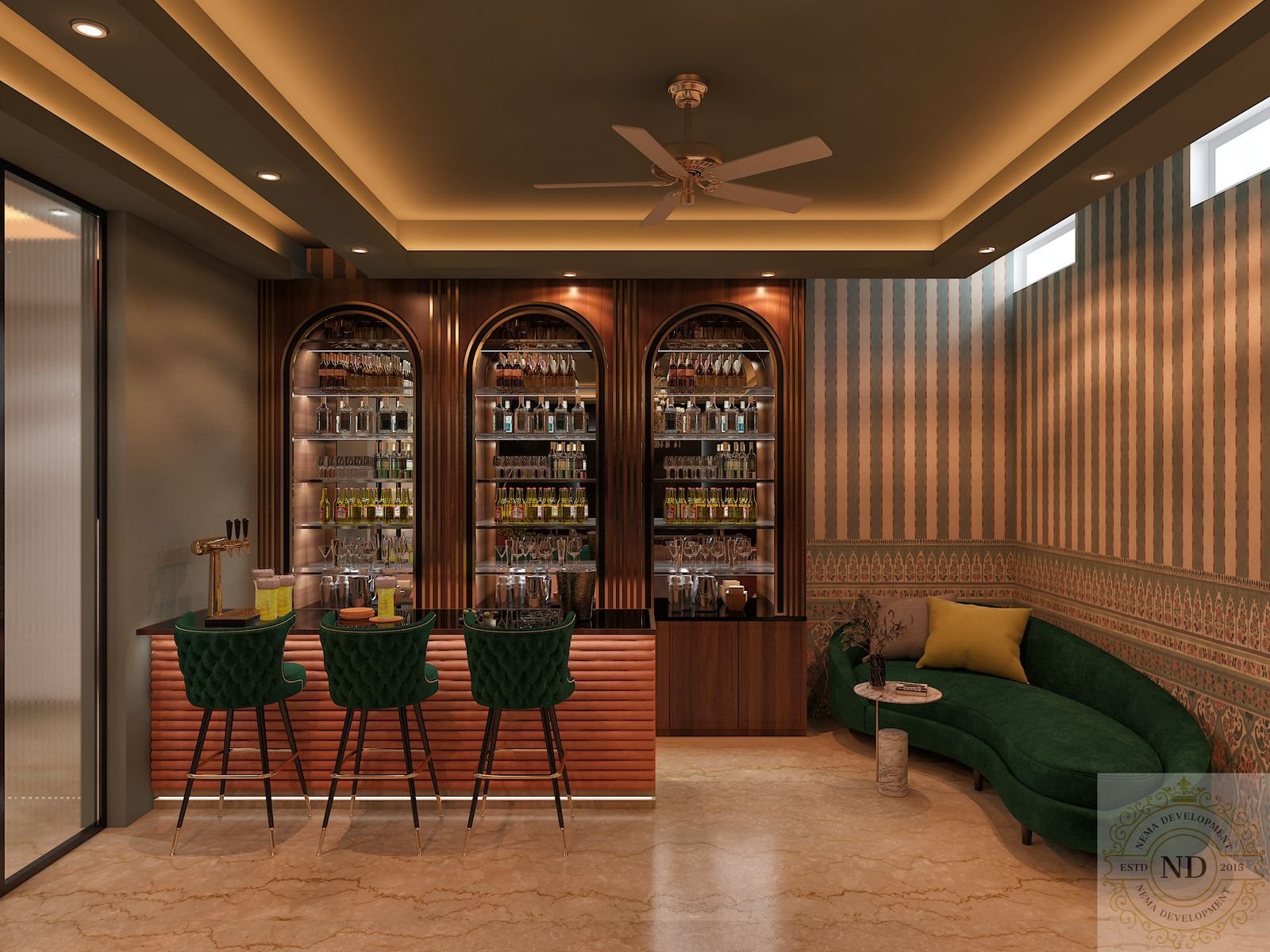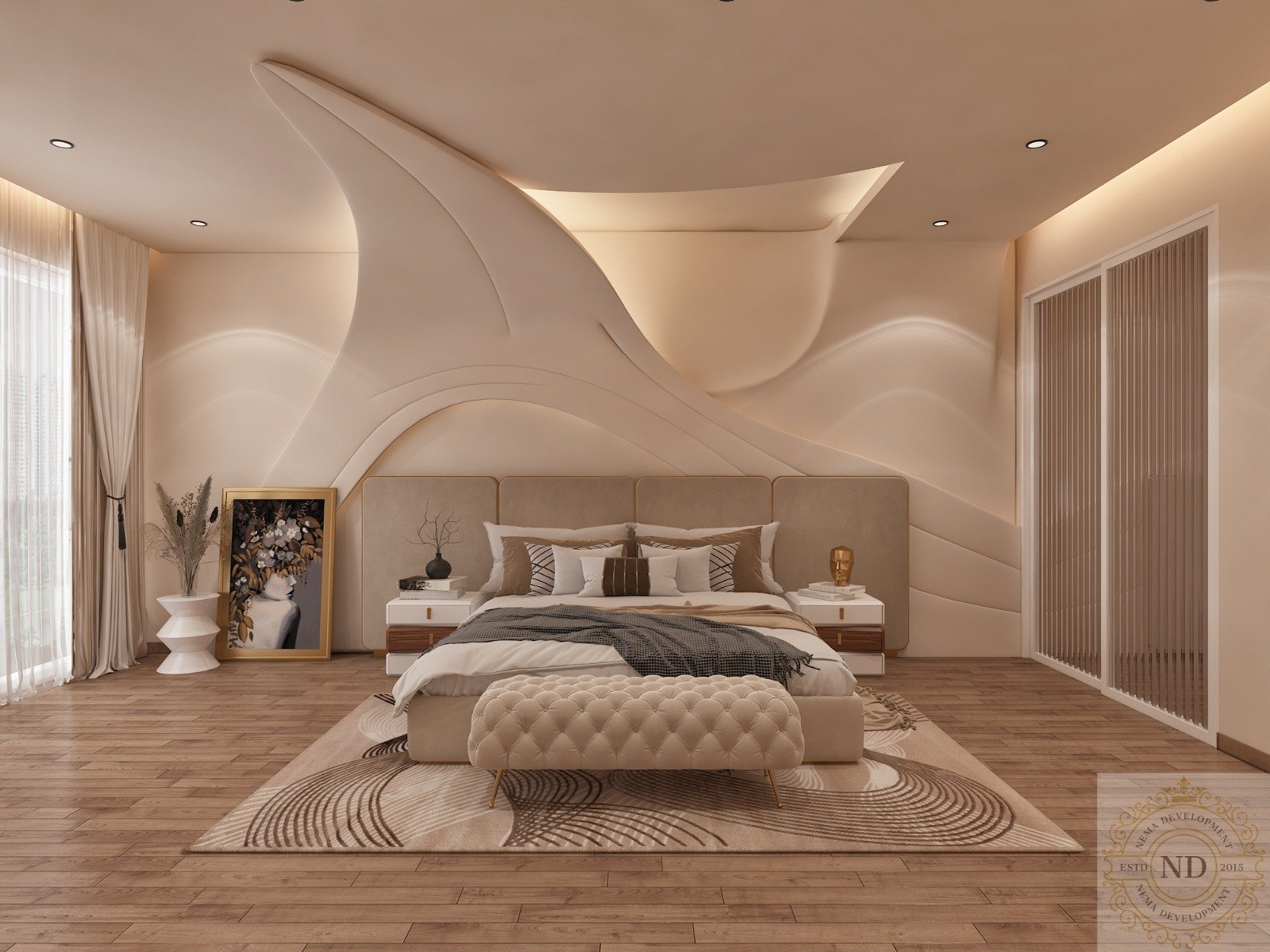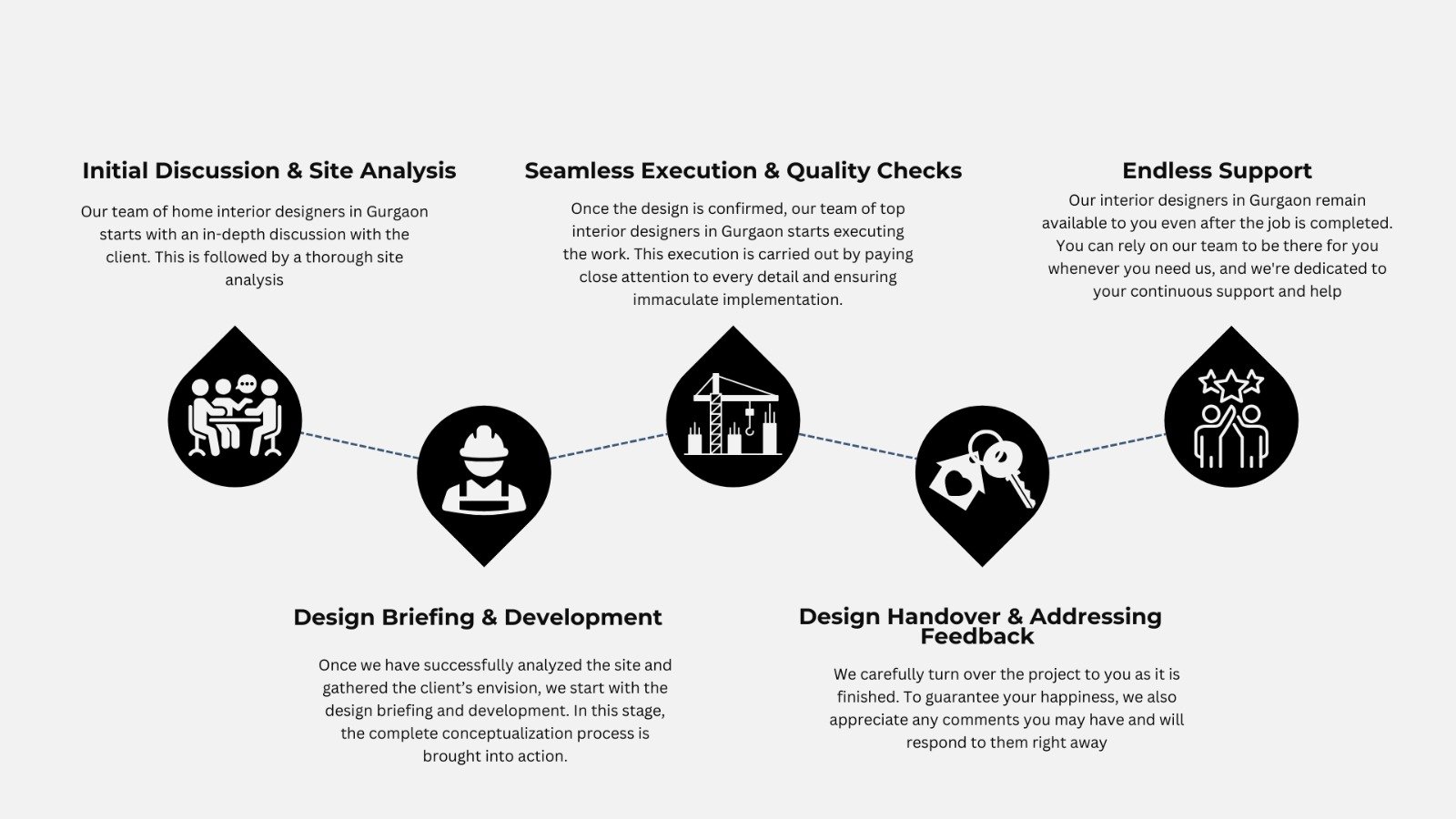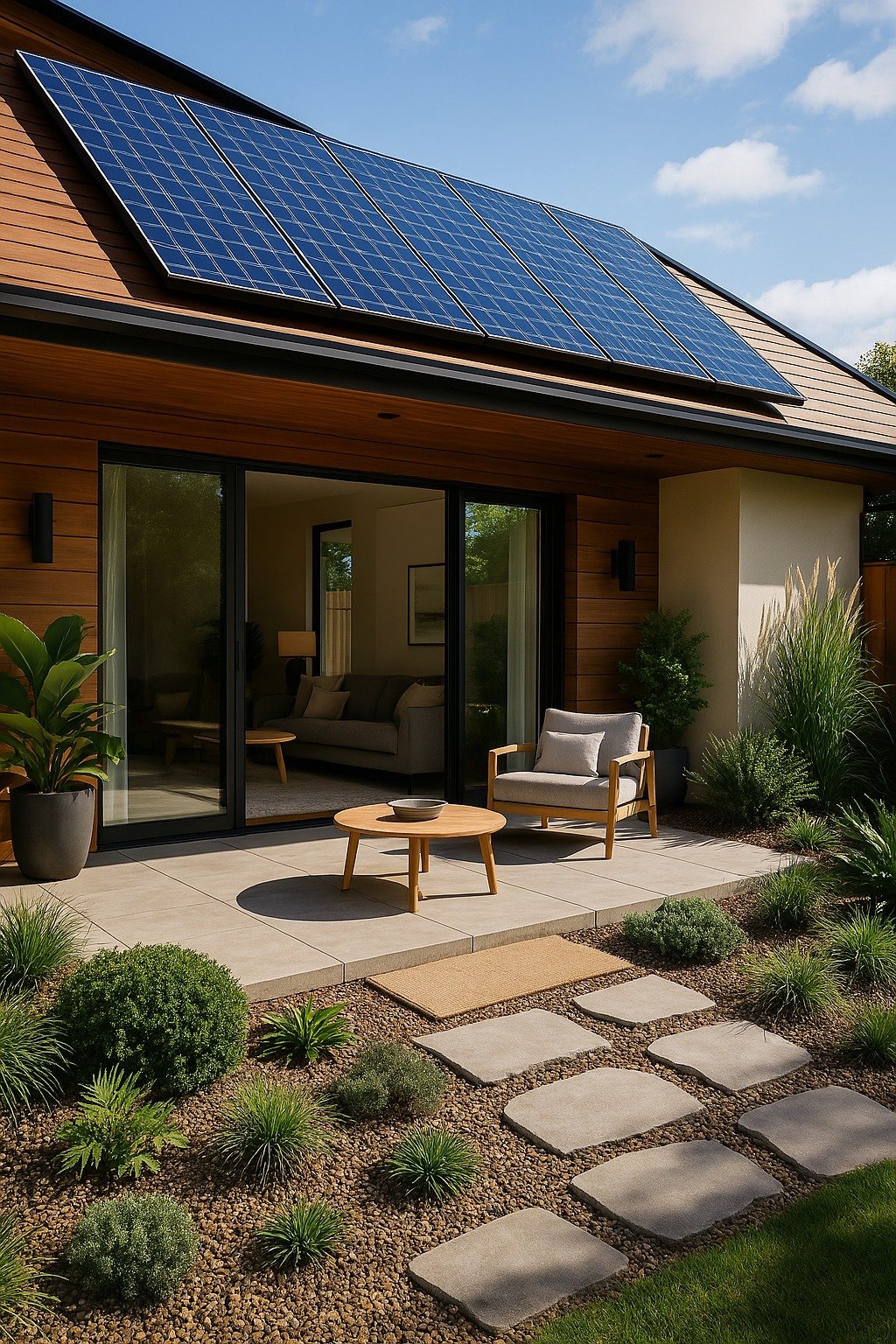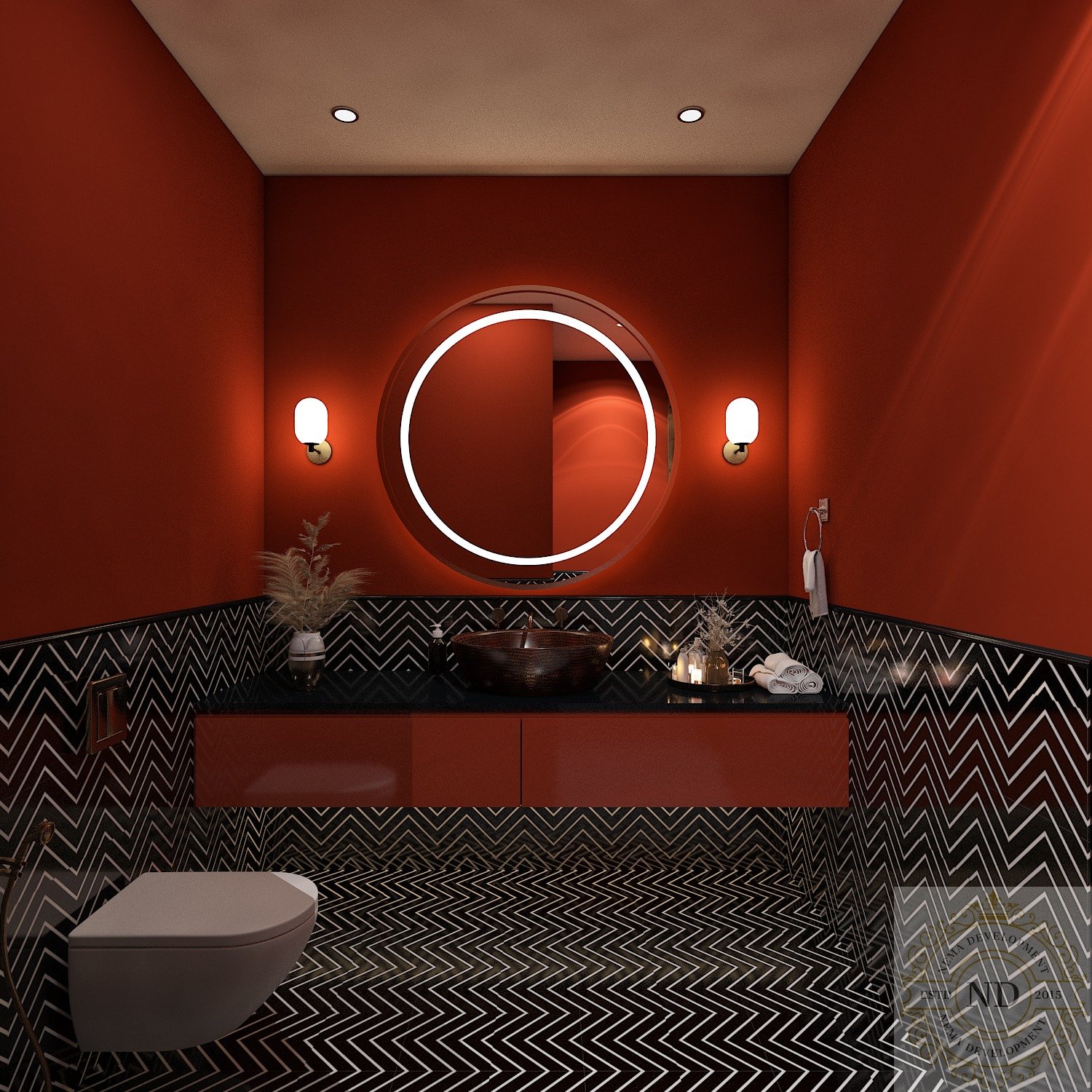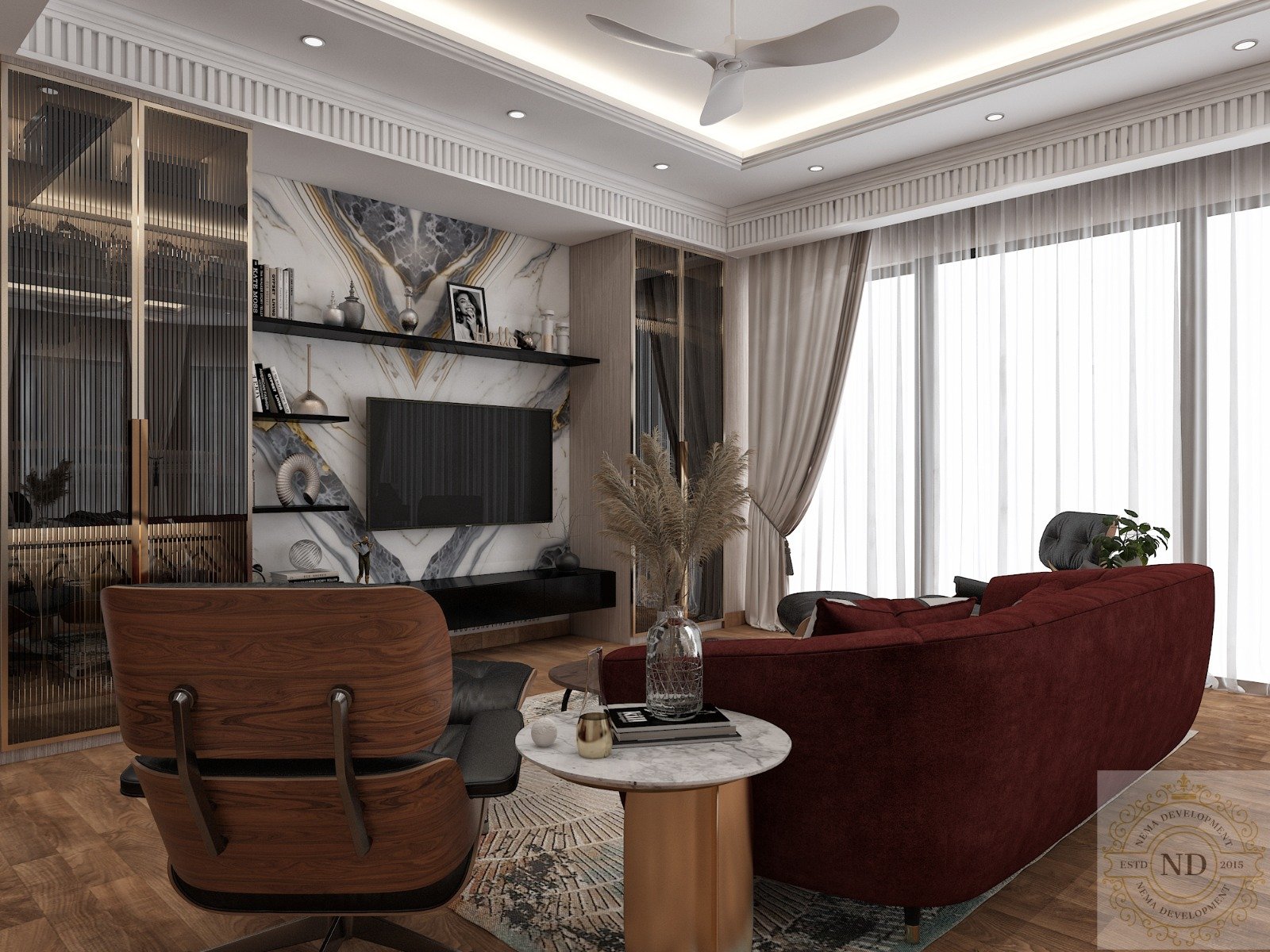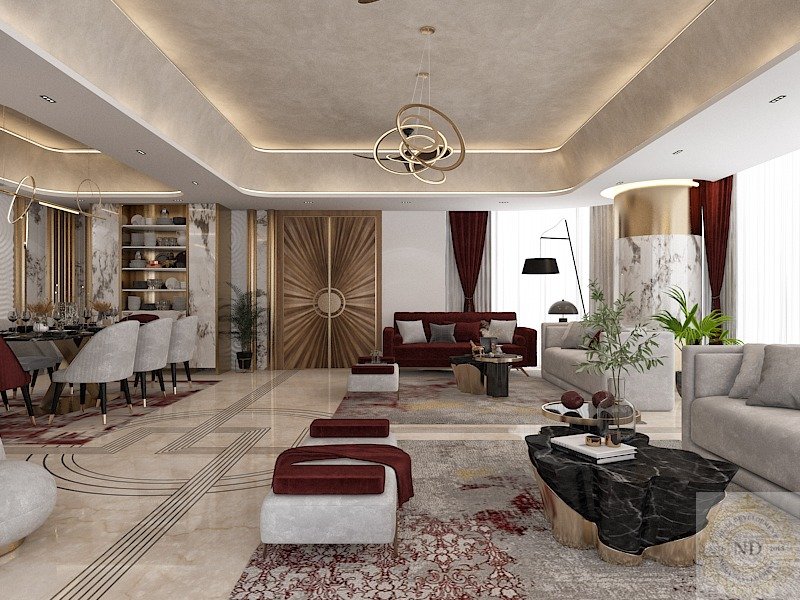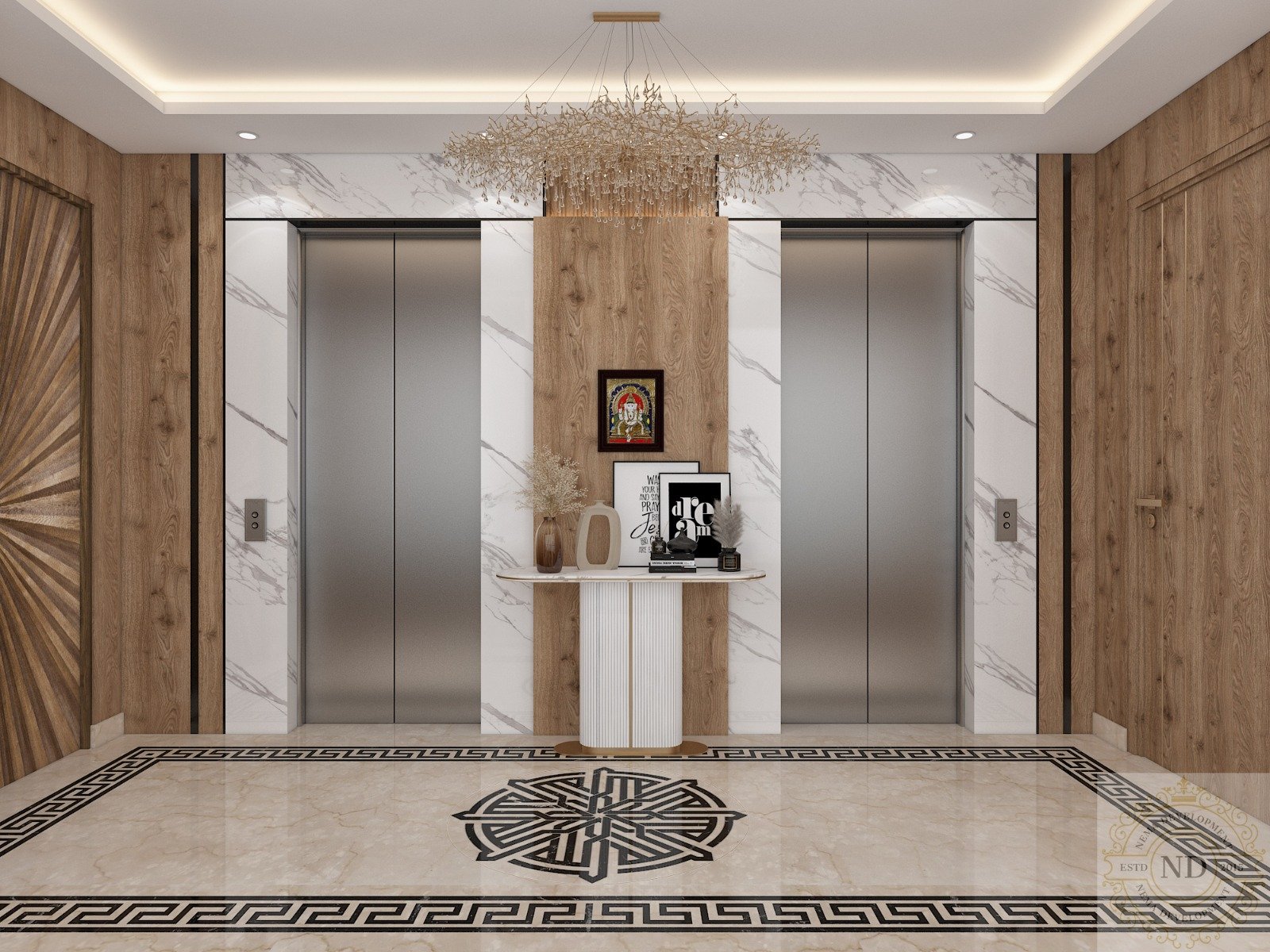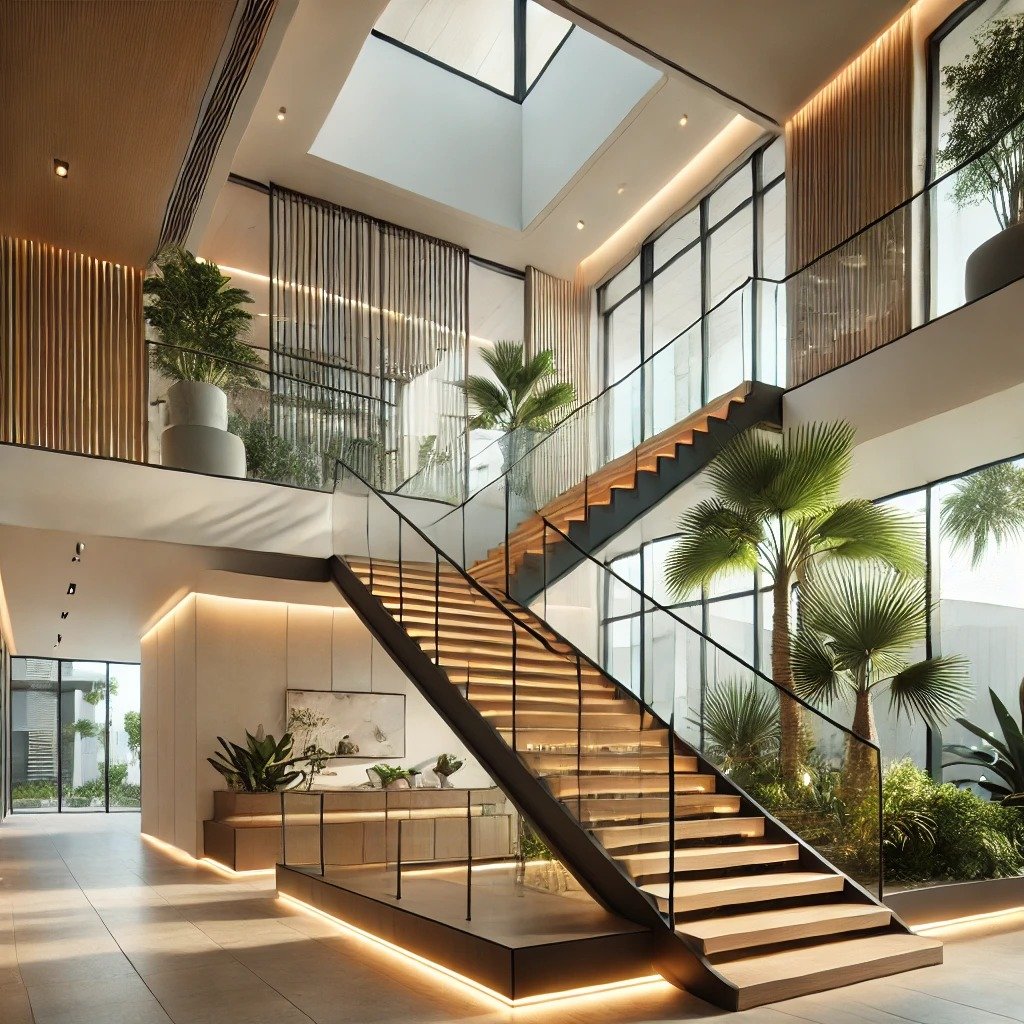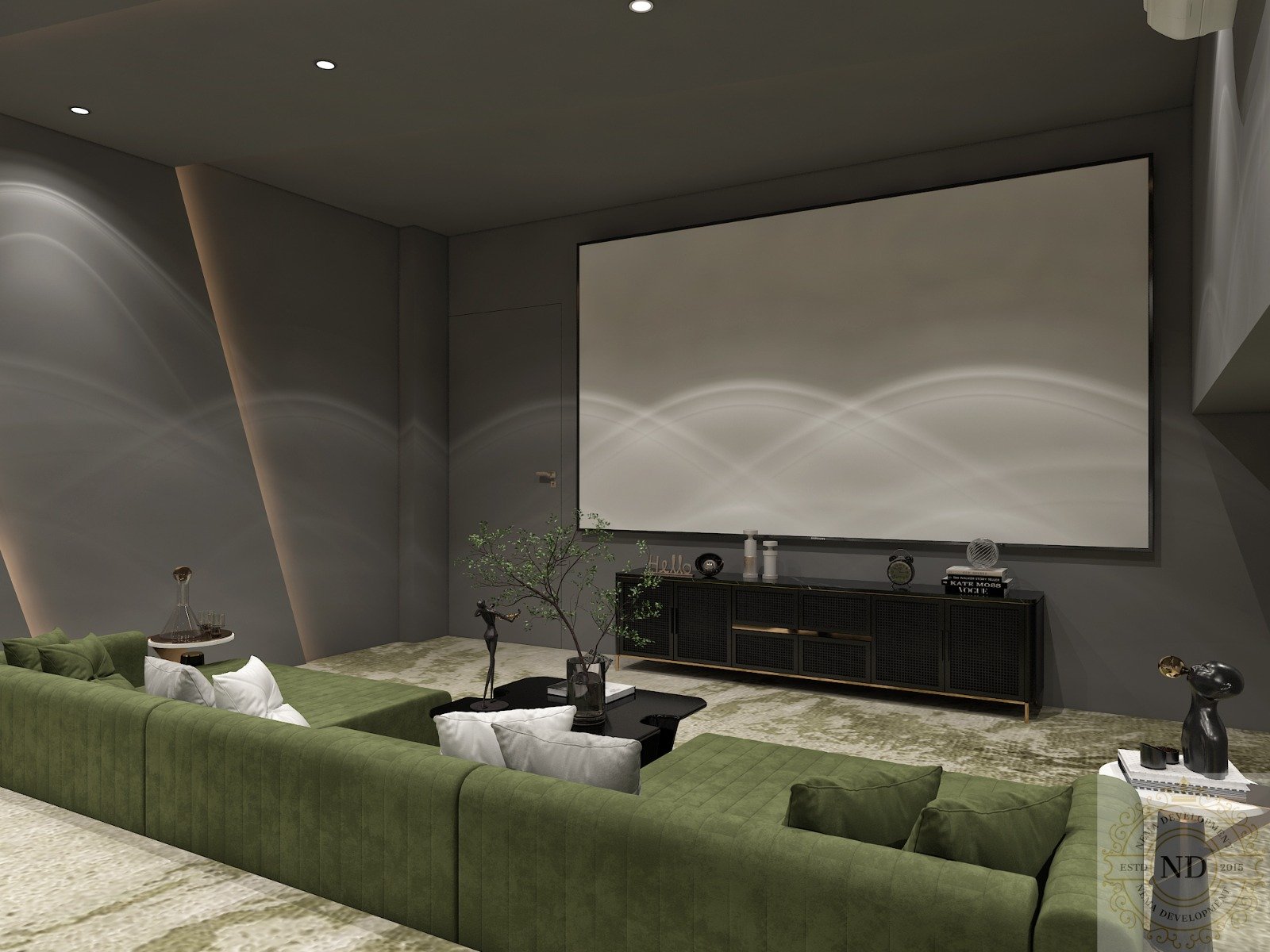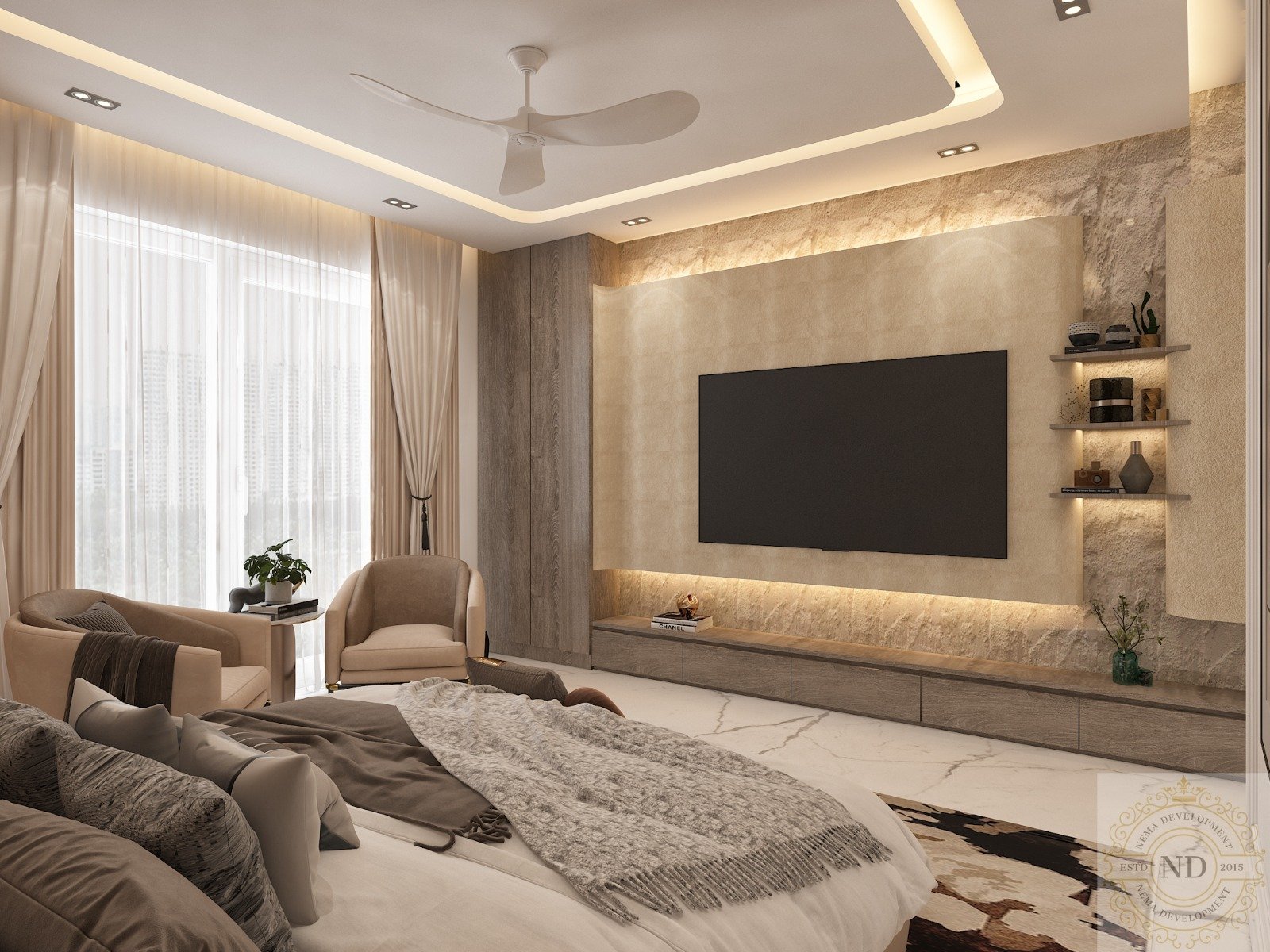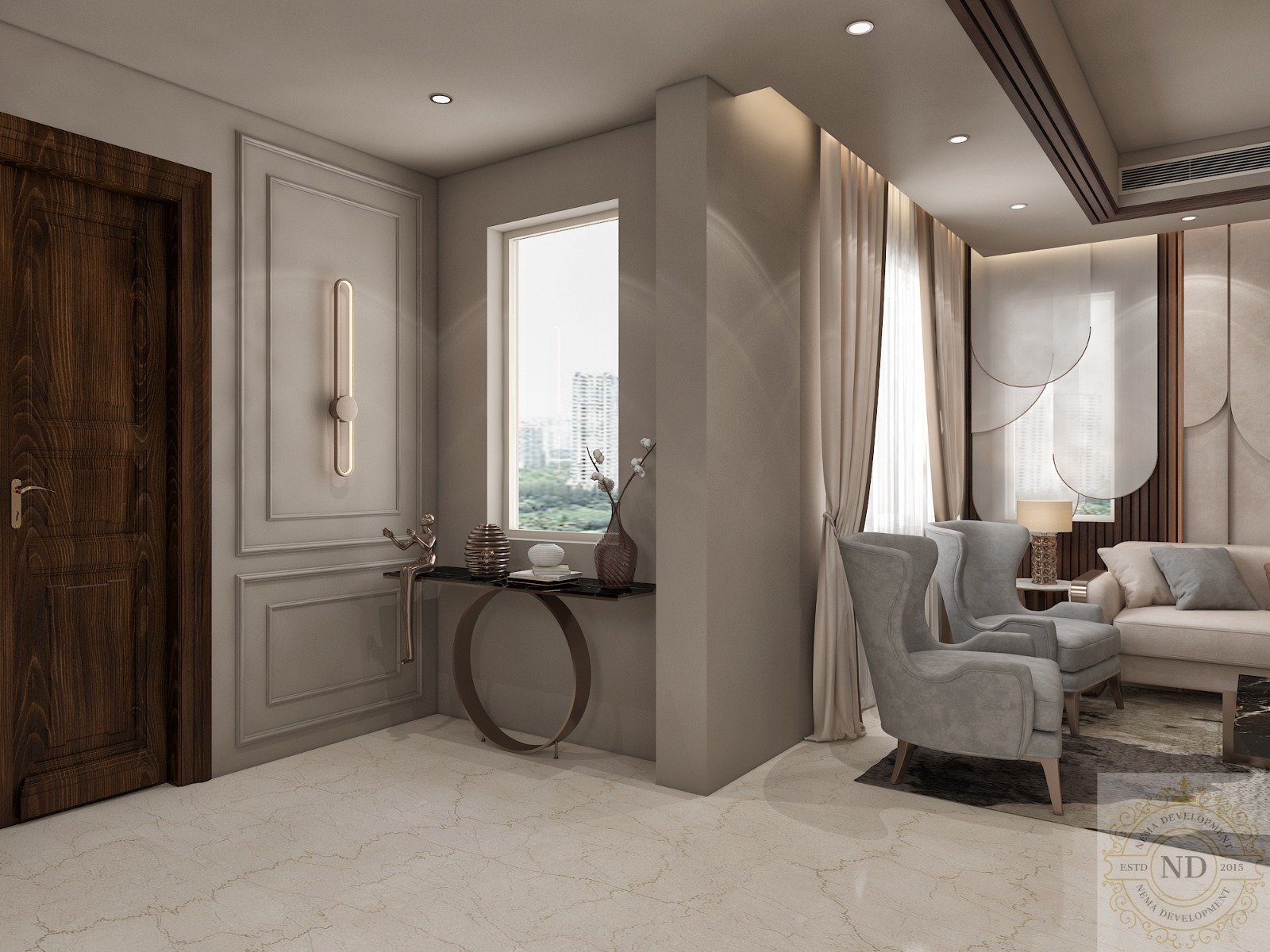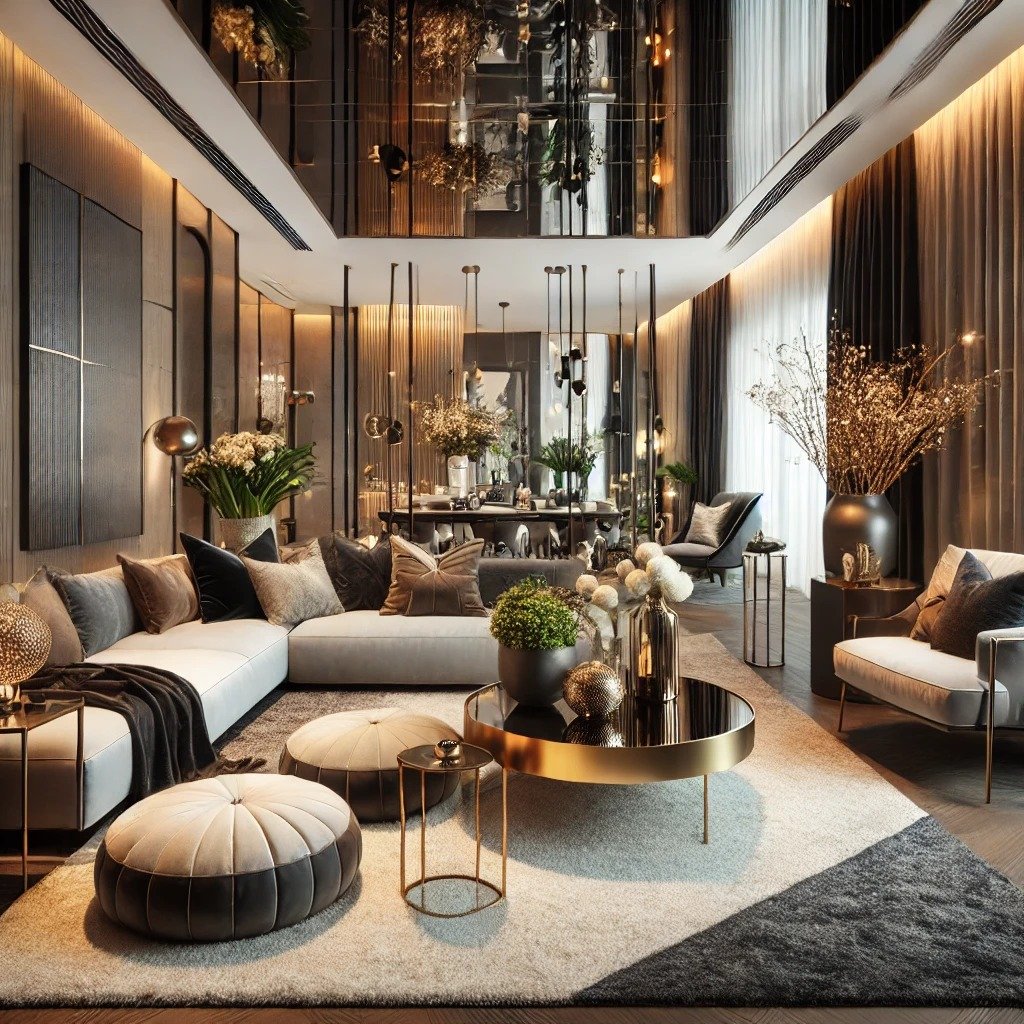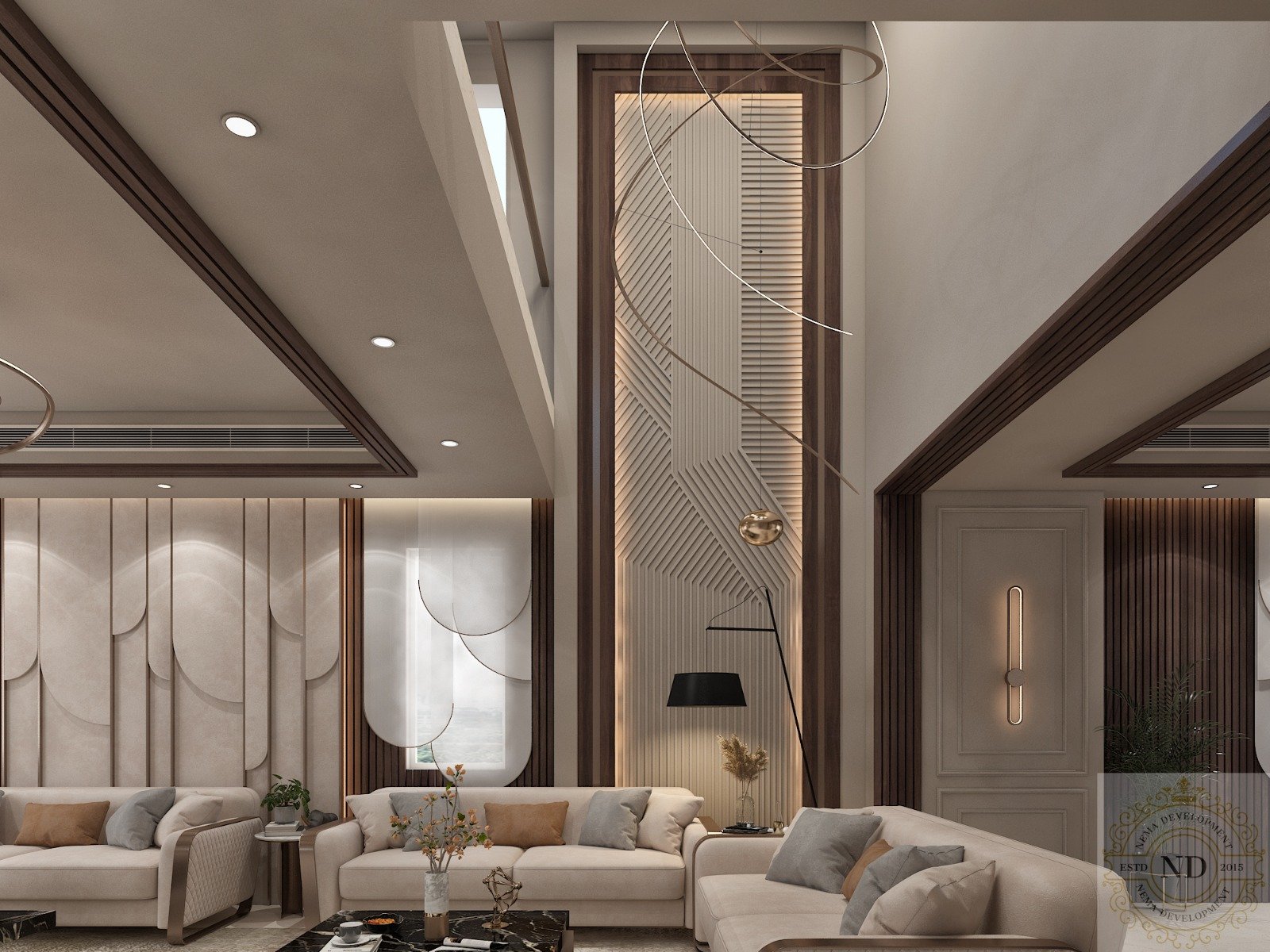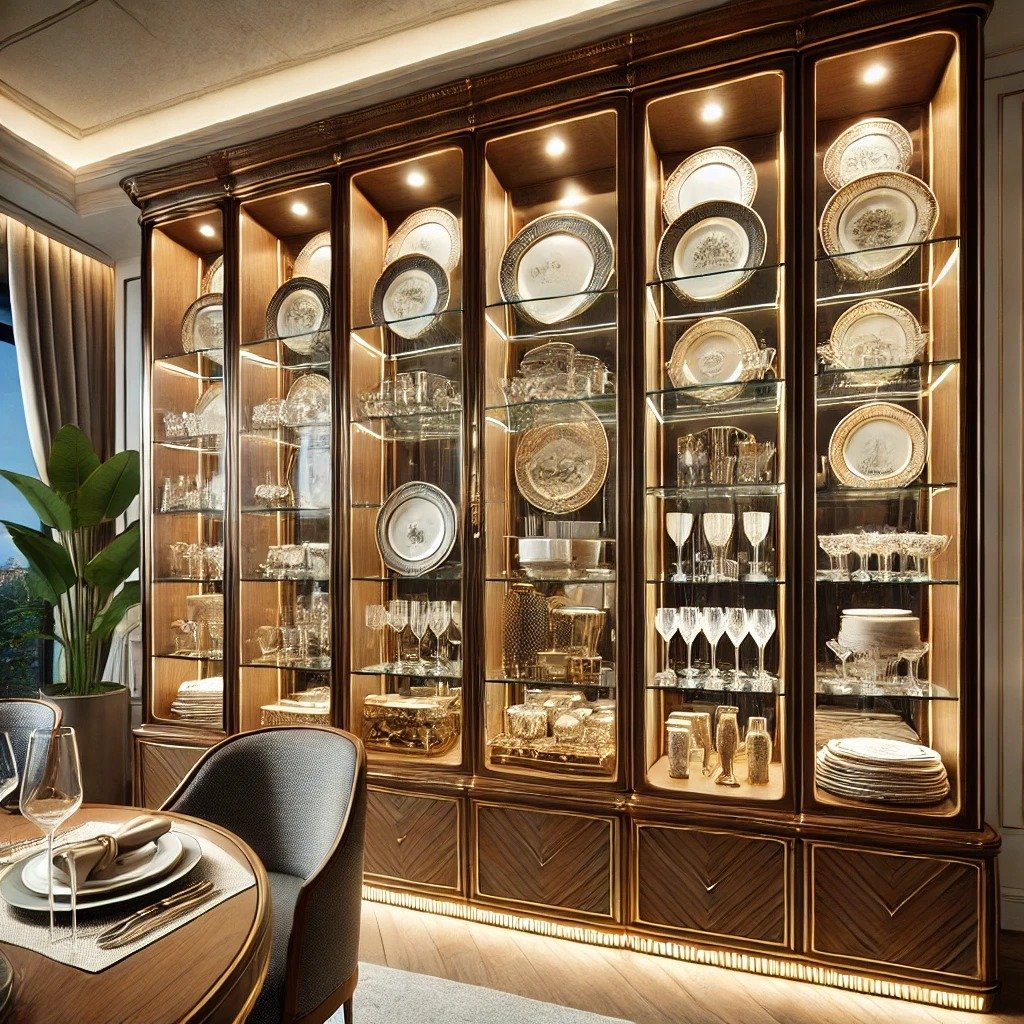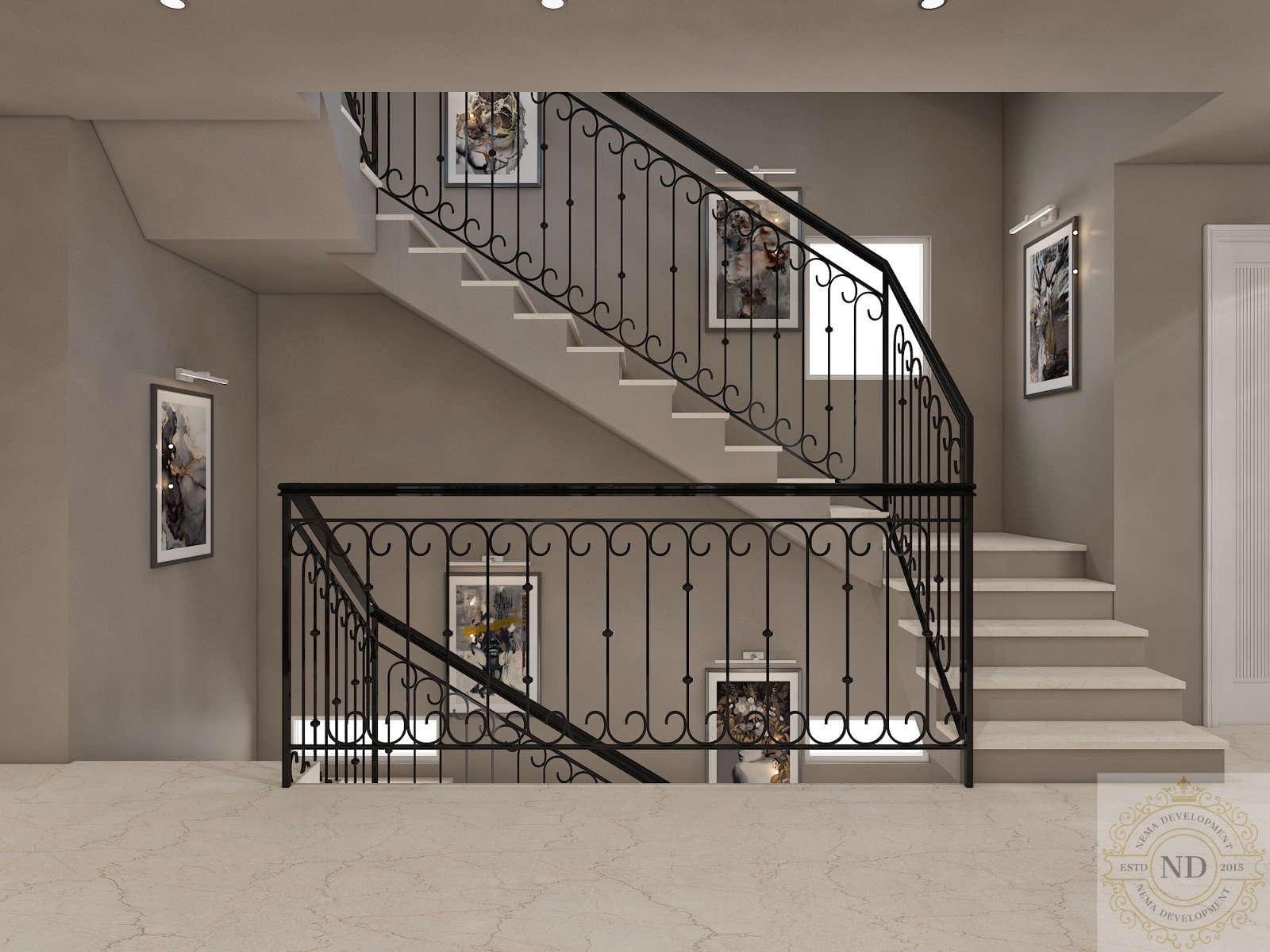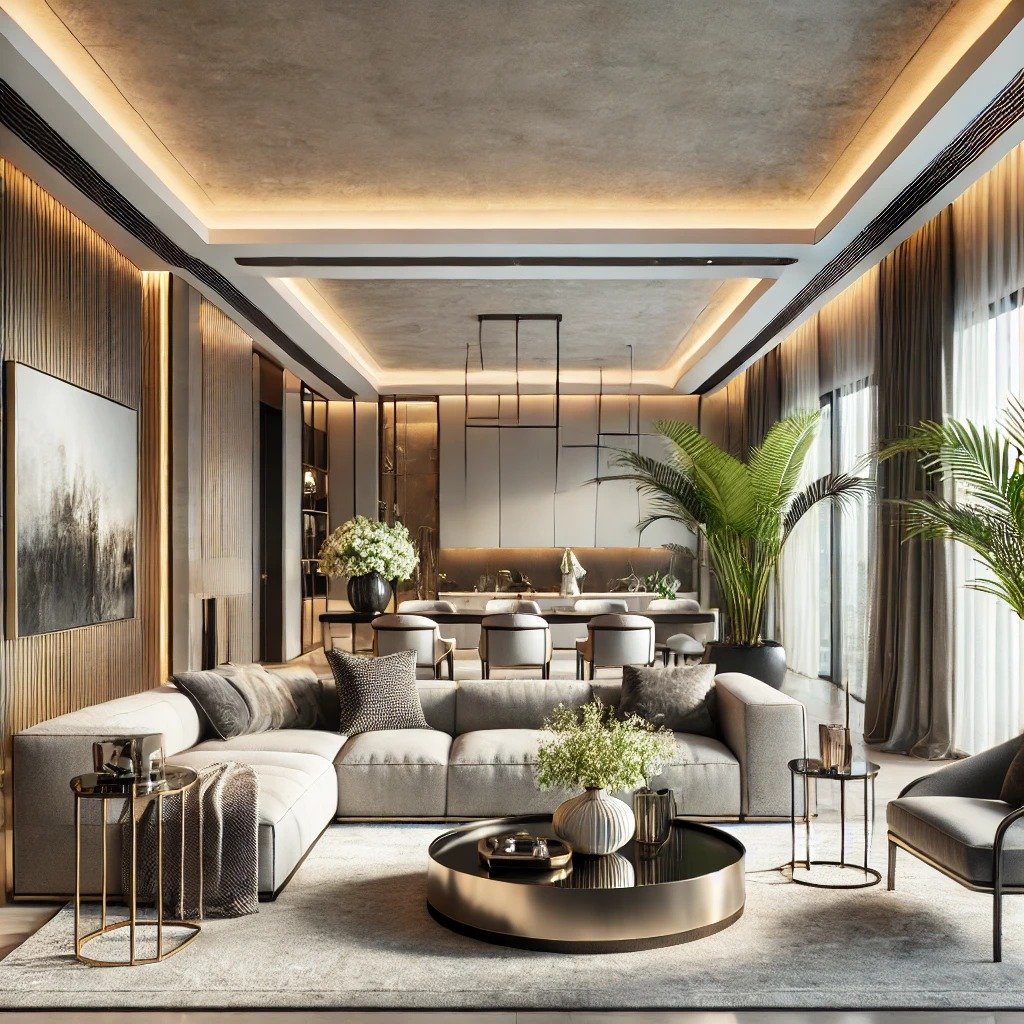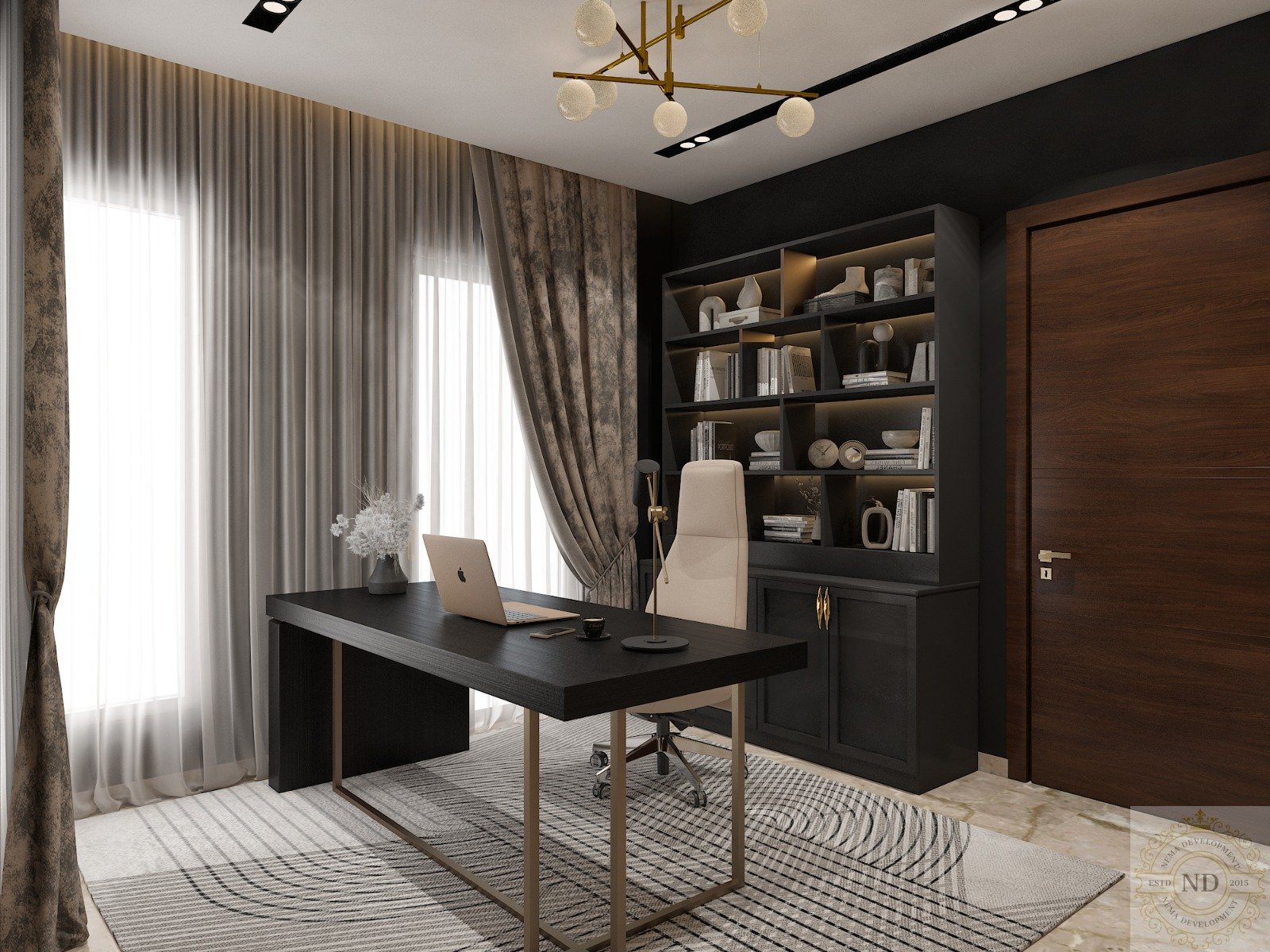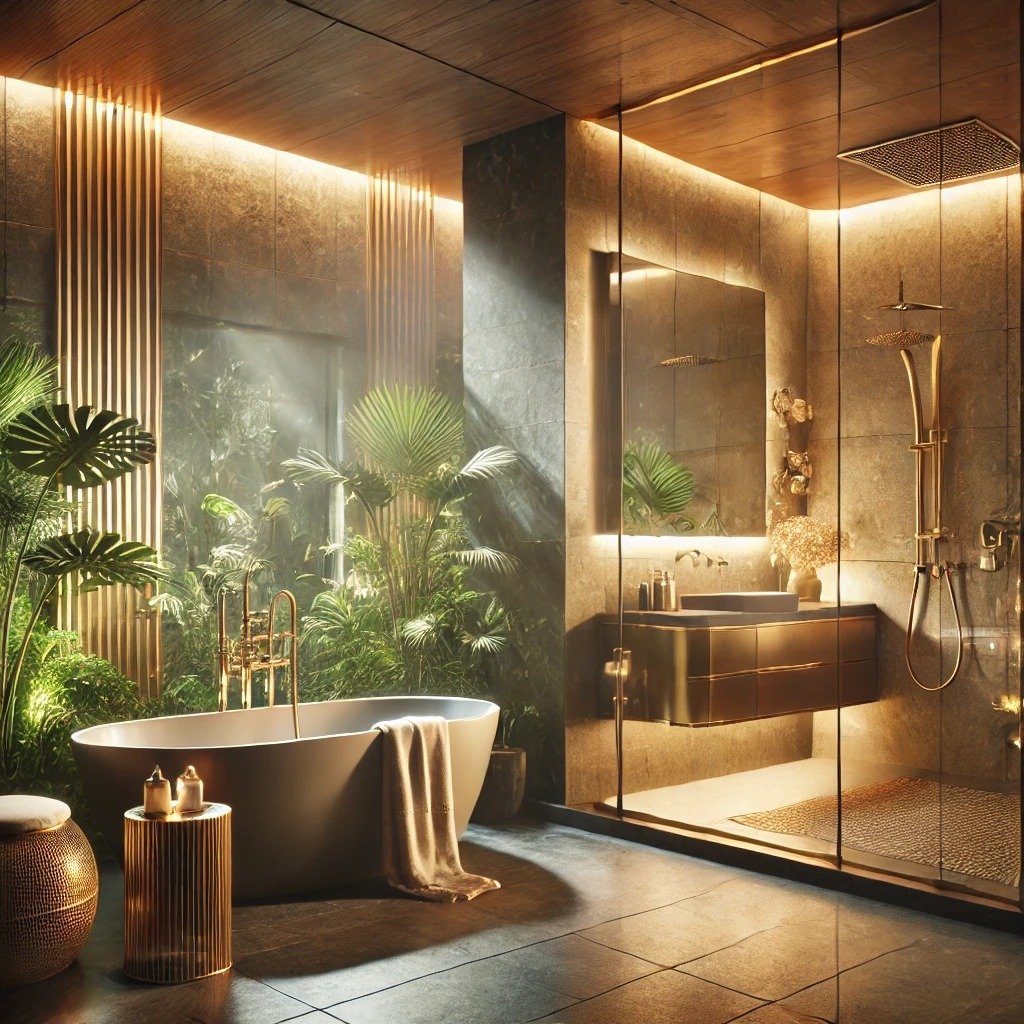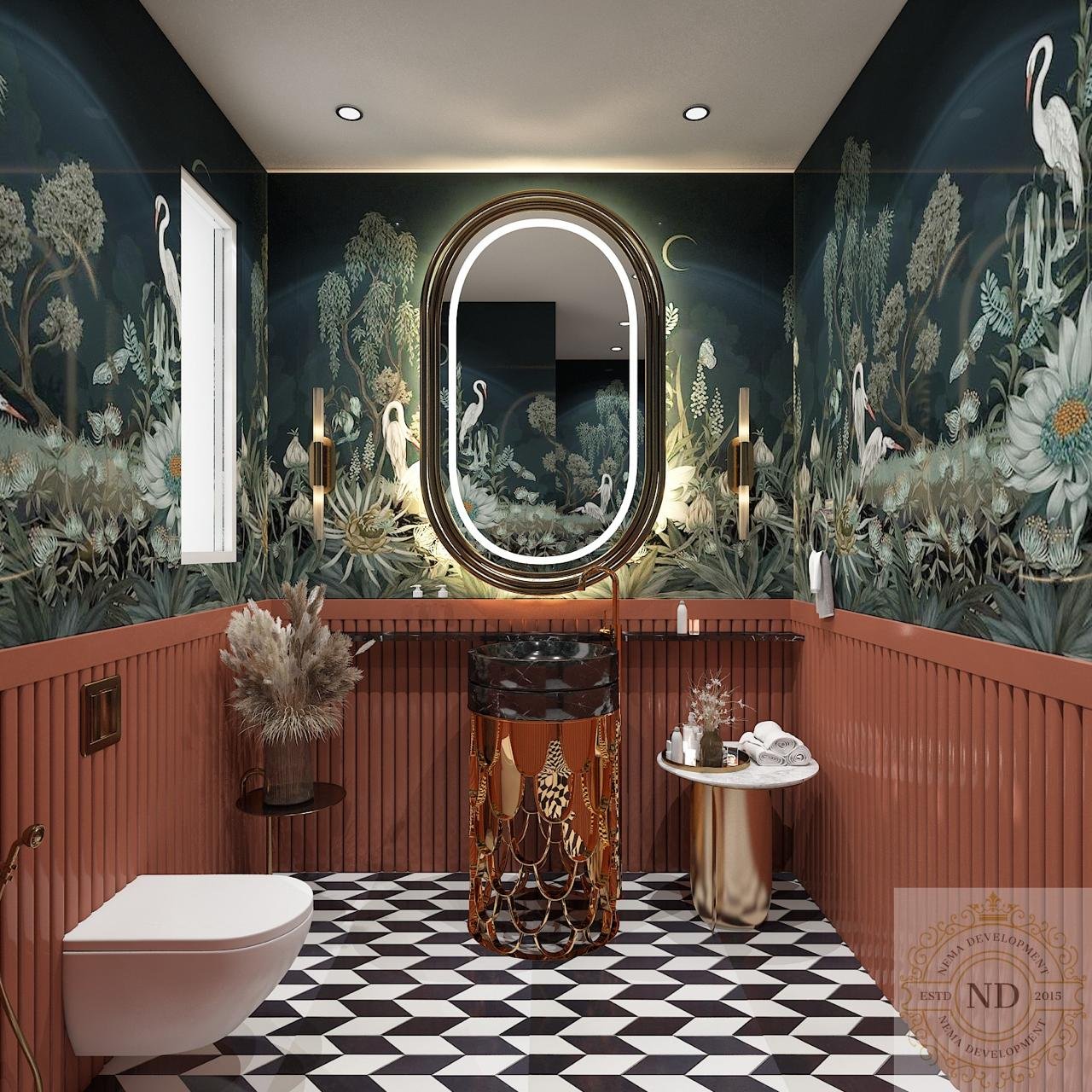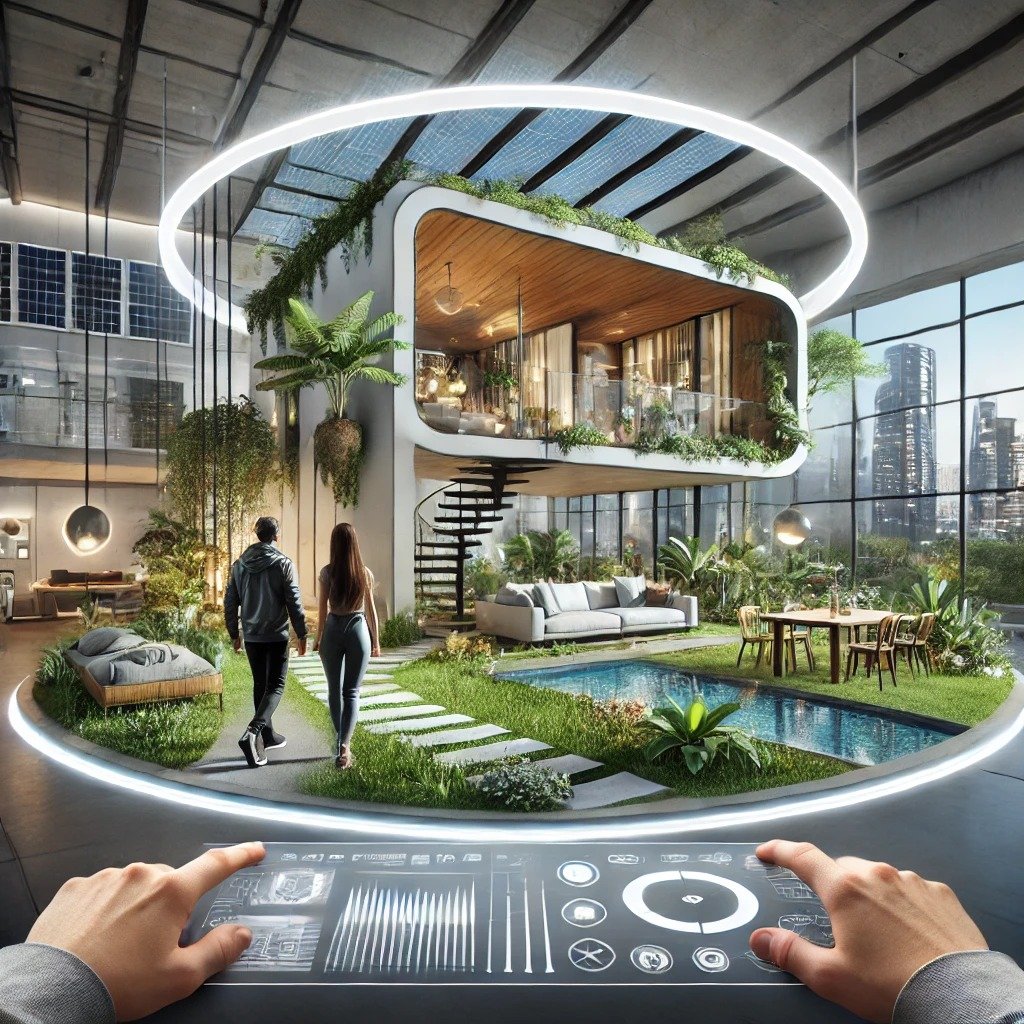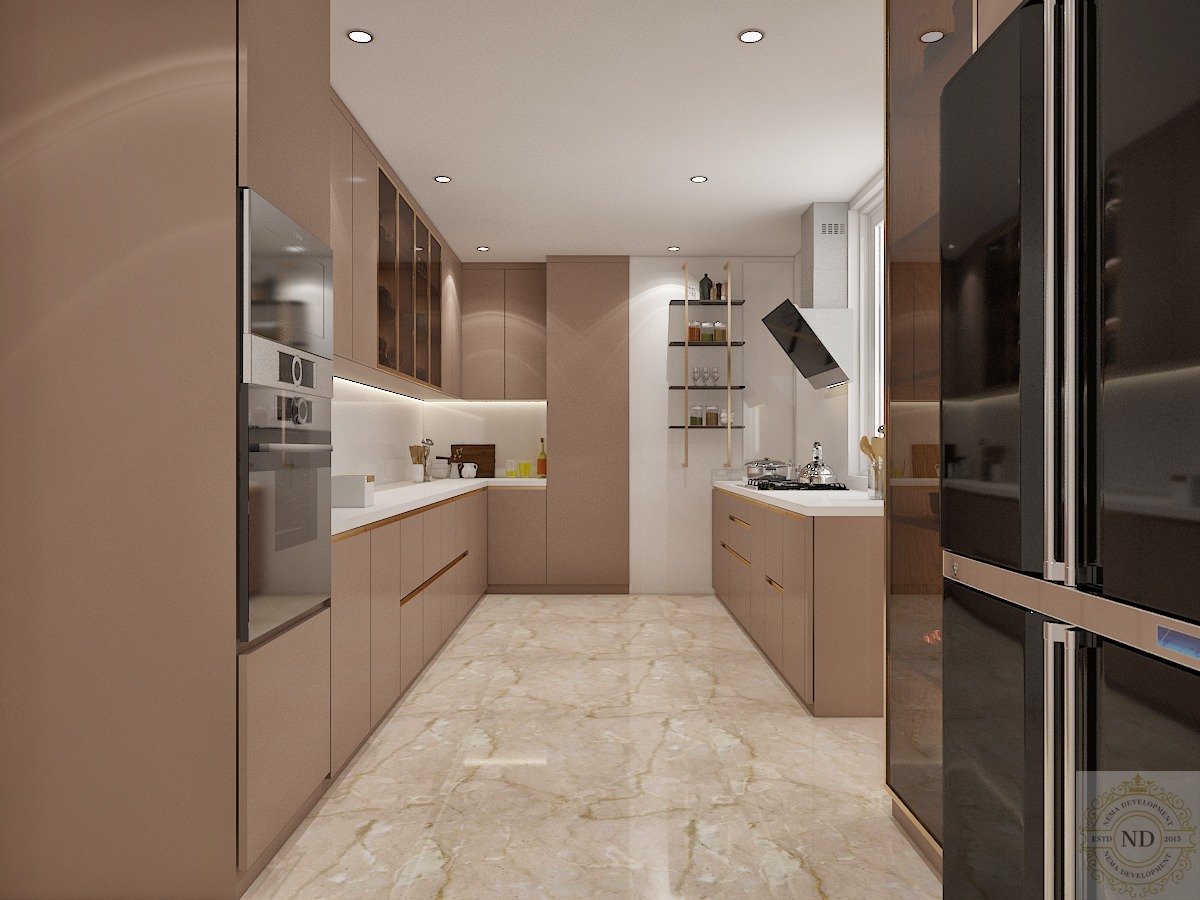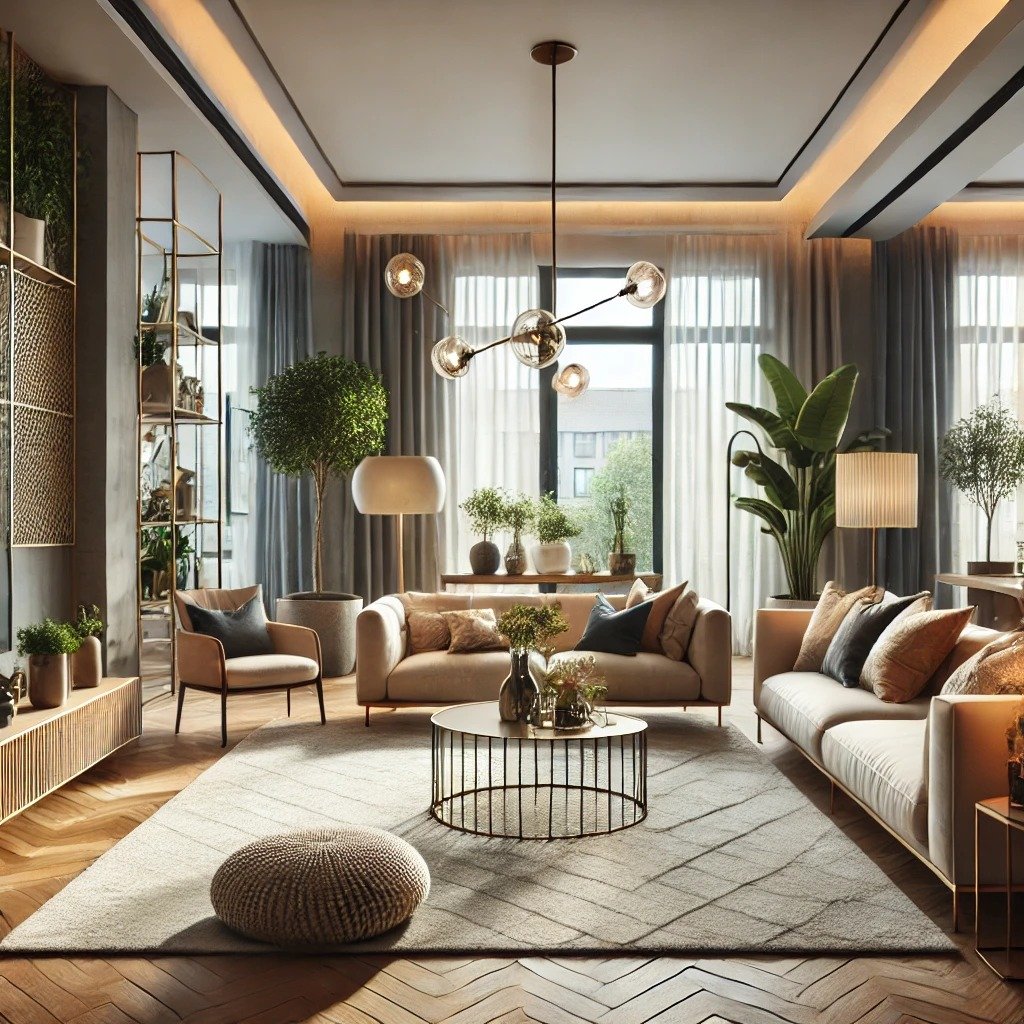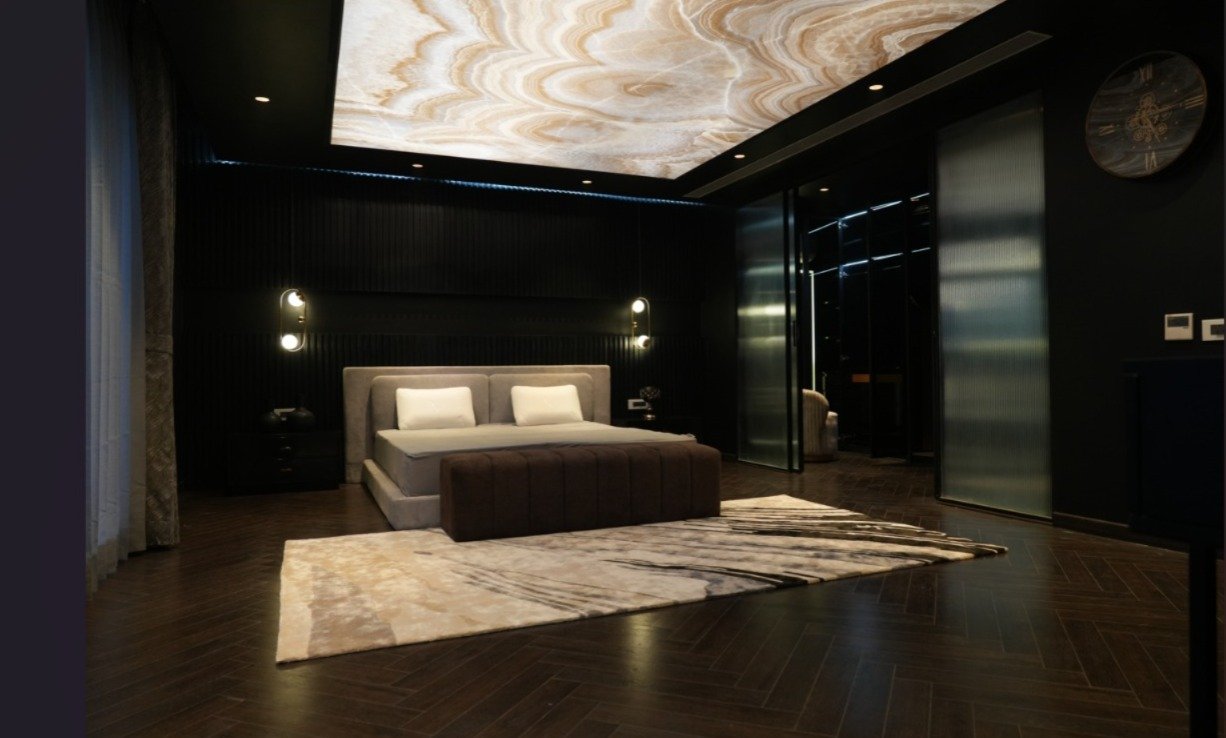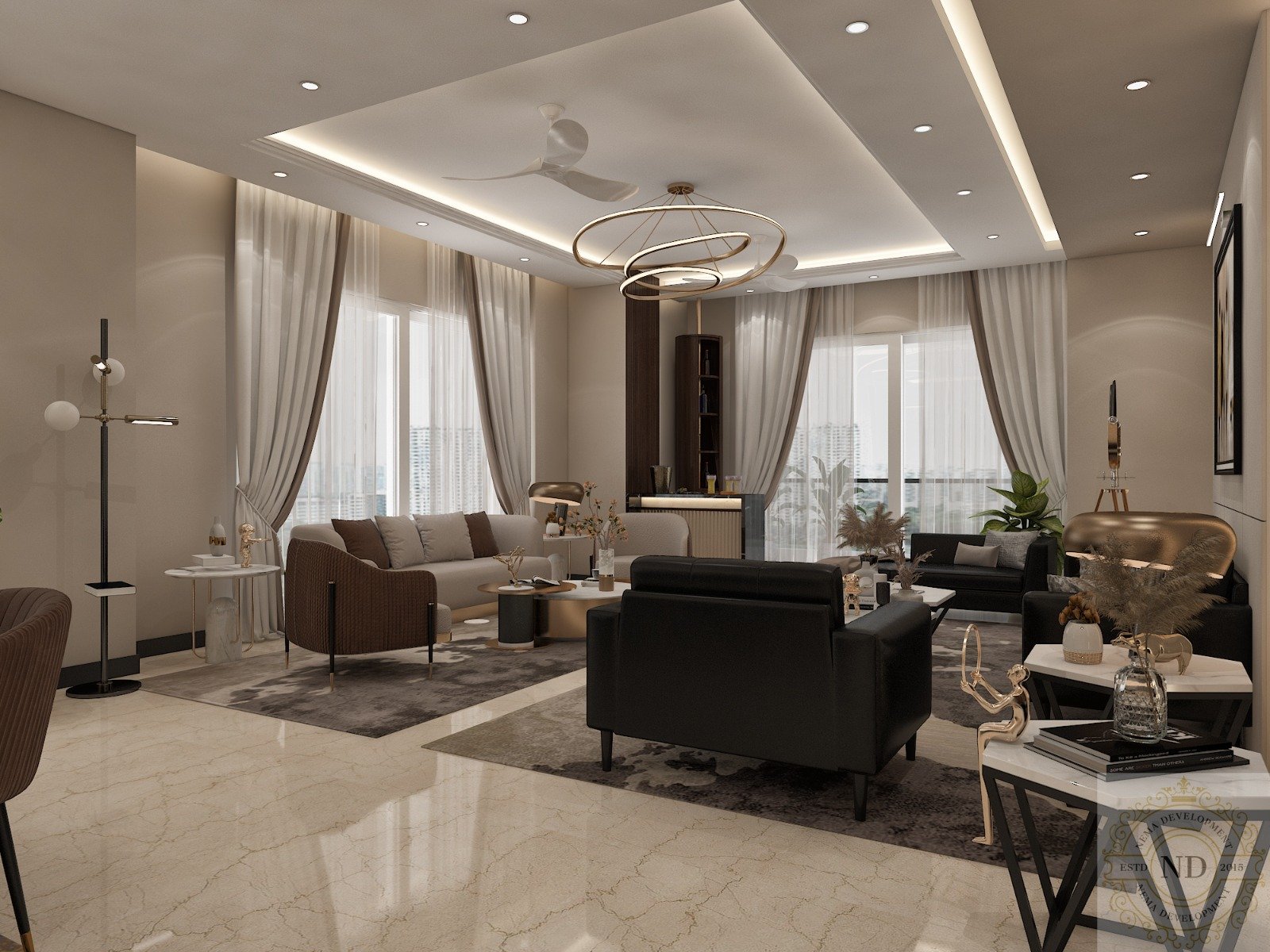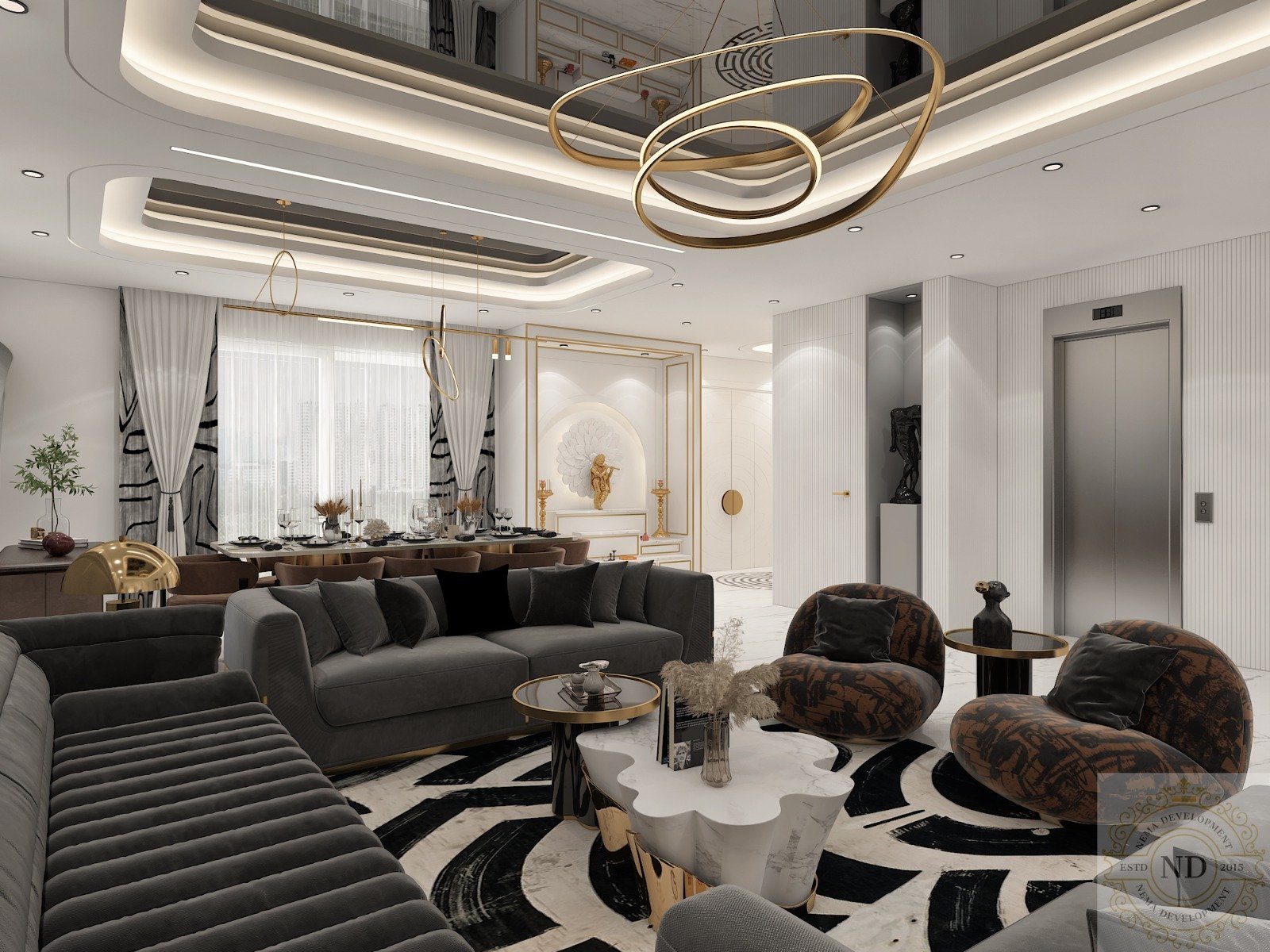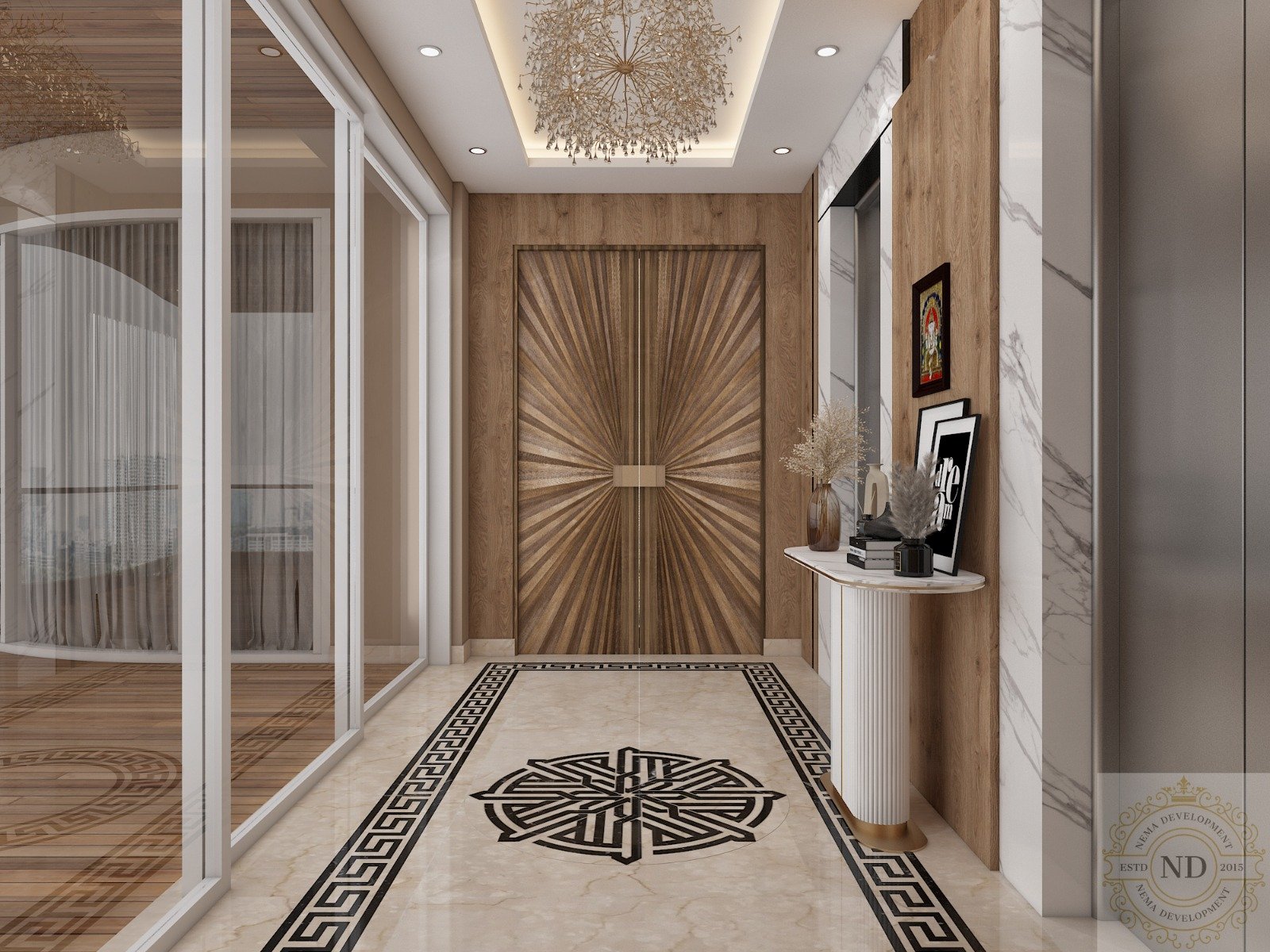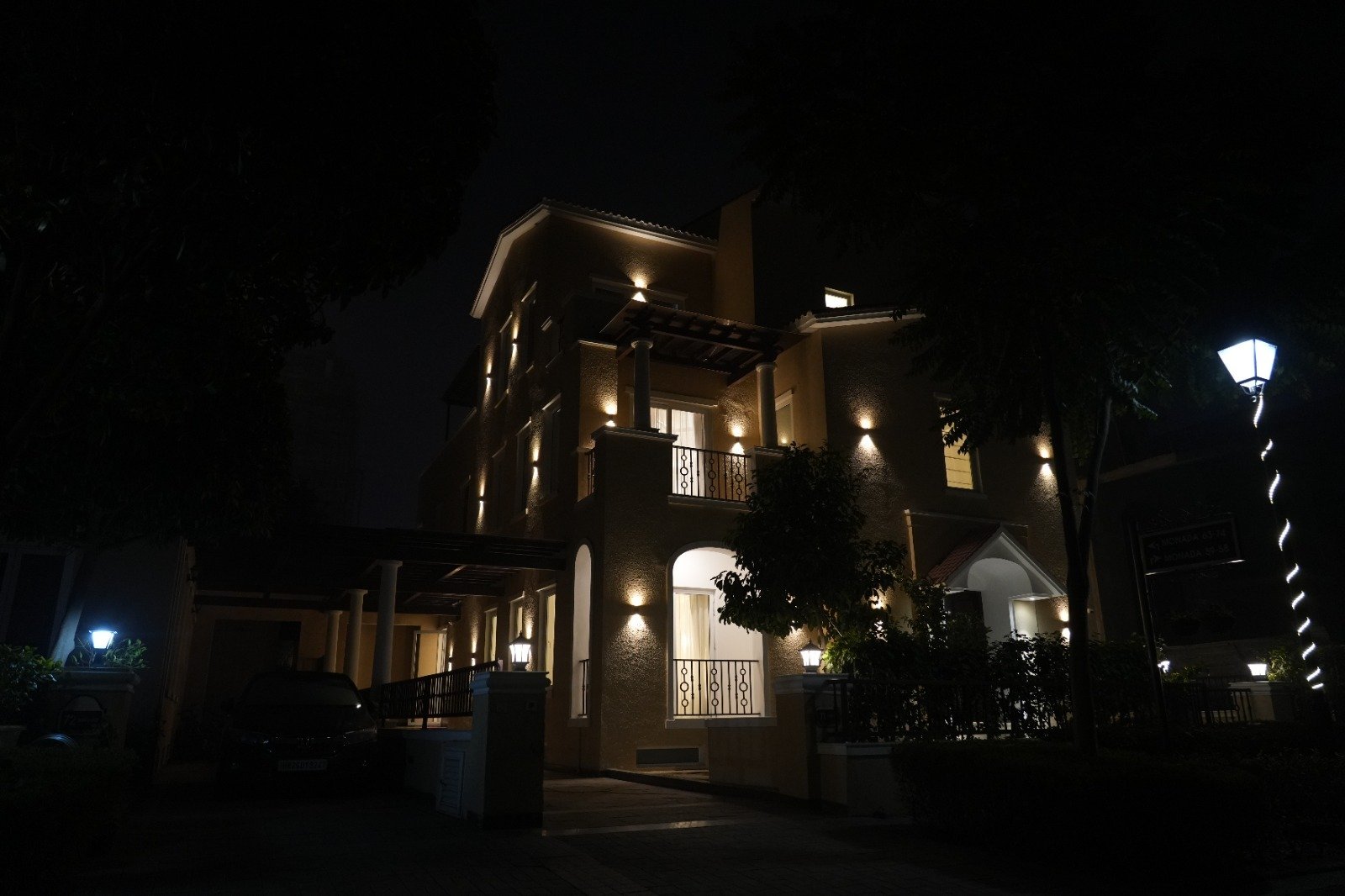When planning a residential space, one of the biggest decisions revolves around choosing between a slit building and a villa. Both architectural styles offer unique advantages, but they differ significantly in terms of space utilization, design aesthetics, and structural planning. Understanding these differences can help homeowners make informed choices about their living environment. With insights from Nema Development, a leader in construction and development, let’s explore the fundamental distinctions between these two architectural styles and how they impact modern home design.
1. Structural and Design Differences
Slit Buildings: Compact and Vertical
Slit buildings, also known as narrow urban homes, are characterized by their compact and vertical structure. These buildings are designed to fit into narrow plots, making them ideal for densely populated urban areas.
Key architectural features of slit buildings include:
Narrow Facade: Slit buildings maximize space by building upwards rather than spreading out.
Multi-Level Layout: Most slit homes have multiple floors, ensuring efficient space planning.
Optimized Natural Light and Ventilation: Due to their narrow structure, architects use skylights, vertical gardens, and open courtyards to enhance airflow and lighting.
Efficient Space Utilization: Every inch of space is planned meticulously, with built-in storage solutions and compact furniture layouts.
Villas: Spacious and Expansive
Villas, on the other hand, are typically independent houses with larger plots, offering a more spacious and open architectural layout.
Key architectural features of villas include:
Wide and Open Spaces: Villas have larger built-up areas with dedicated spaces for living, dining, and recreation.
Single or Double Story Design: Unlike slit buildings, villas often have fewer levels, focusing on horizontal space rather than vertical height.
Large Outdoor Areas: Most villas come with private gardens, terraces, patios, and even swimming pools.
Customizable Interiors: With more space to work with, residential interior designers have greater flexibility to incorporate luxury elements and personal preferences.
2. Space Planning and Interior Design Considerations
Slit Building Space Planning
Given their compact nature, slit buildings require strategic space planning to make the interiors feel spacious and functional. Top interior designers in Gurgaon, such as Nema, employ smart design strategies to enhance livability in these narrow structures:
Vertical Storage Solutions: Tall cabinets, mezzanine levels, and wall-mounted shelves optimize storage without occupying floor space.
Multi-Functional Furniture: Foldable tables, modular sofas, and hidden storage solutions help maximize utility.
Open Floor Plans: Minimizing interior walls creates an illusion of more space, improving circulation and lighting.
Minimalist Aesthetic: A clutter-free, neutral palette with clean lines enhances the perception of openness.
Villa Space Planning
With significantly more space to work with, villas allow for luxury-oriented and expansive interior designs. Nema India, recognized as the best interior designer in Gurgaon, specializes in crafting lavish villa interiors with:
Grand Entrance Foyers: Large, welcoming entrance areas set the tone for luxury.
Separate Zones for Living and Entertainment: Villas offer the flexibility to have formal and informal spaces.
Indoor-Outdoor Connection: Large windows, French doors, and open terraces create a seamless blend between the indoors and nature.
Customized Interiors: High-end materials, premium furniture, and statement lighting add a touch of sophistication.
3. Civil Work and Construction Challenges
Slit Buildings: Engineering Challenges
Foundation Strength: Due to their vertical nature, slit buildings require a strong foundation to support multiple floors.
Structural Reinforcement: Narrow buildings need extra reinforcement, especially for earthquake and wind resistance.
Space Constraints: Construction and development must be carefully managed to fit within limited urban plots.
Villas: Construction Considerations
Larger Foundation Work: Villas require extensive civil work due to their expansive structure.
Zoning and Landscaping: Since villas include outdoor spaces, proper landscaping and zoning regulations must be considered.
Luxury Upgrades: High-end construction materials and smart home integrations enhance villa living.
4. Cost Implications and Maintenance
Slit Buildings: Cost-Effective Urban Living
Lower Initial Investment: Slit buildings are more affordable due to their smaller land footprint.
Energy Efficiency: Smaller spaces are easier to maintain and require less energy for heating and cooling.
Minimal Outdoor Maintenance: With no large gardens or outdoor spaces, maintenance costs are lower.
Villas: High-End Investment
Premium Property Value: Villas are considered luxury properties with higher resale values.
Higher Maintenance Costs: Larger spaces, gardens, and pools require regular upkeep.
Energy Consumption: More extensive air conditioning and heating systems lead to higher utility bills.
5. Choosing the Right Architectural Style for Your Needs
When deciding between a slit building and a villa, consider the following factors:
Urban vs. Suburban Living: If you prefer city life with easy access to amenities, a slit building is a practical choice. If you seek peace and privacy, a villa offers the ultimate retreat.
Space Requirements: Families and individuals requiring more living space and customization options should opt for villas.
Budget Constraints: Slit buildings are budget-friendly, while villas demand a higher financial commitment.
Architectural Preferences: Those who appreciate modern, space-efficient designs may prefer slit buildings, while lovers of grandeur and spacious interiors may opt for villas.
Final Thoughts
Both slit buildings and villas have their unique advantages and design philosophies. Whether you're looking for compact urban efficiency or expansive luxury, working with a best architect in Gurgaon, like Nema Development, ensures that your residential space is tailored to perfection. Their expertise in construction and development, space planning, and civil work guarantees that your home—whether a sleek slit building or a sprawling villa—meets the highest standards of architecture and design.
With Nema India’s innovative approach, you can achieve a home that not only meets functional requirements but also reflects your personal style and aspirations. Whatever your choice, investing in quality design and expert planning will create a space that stands the test of time.








